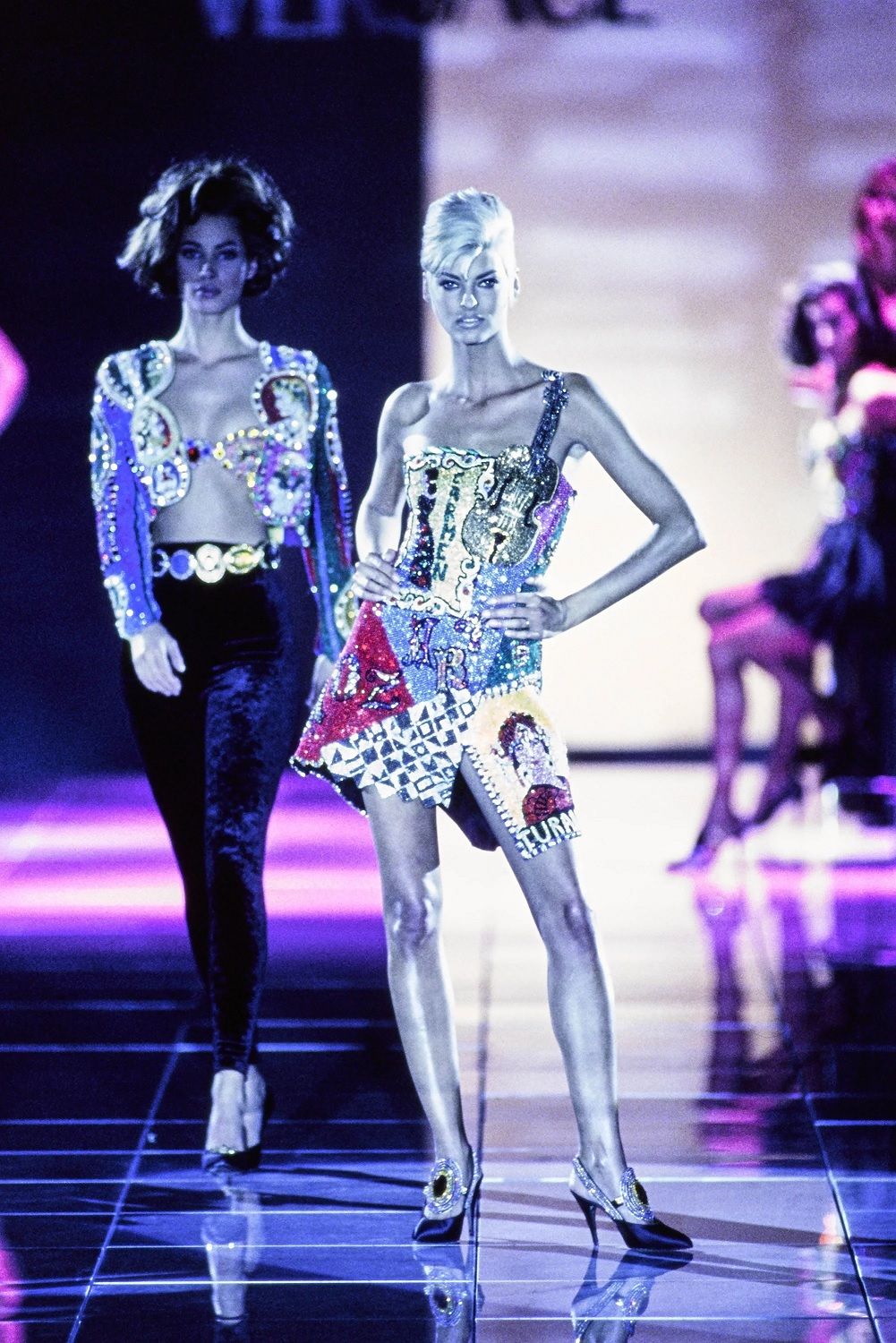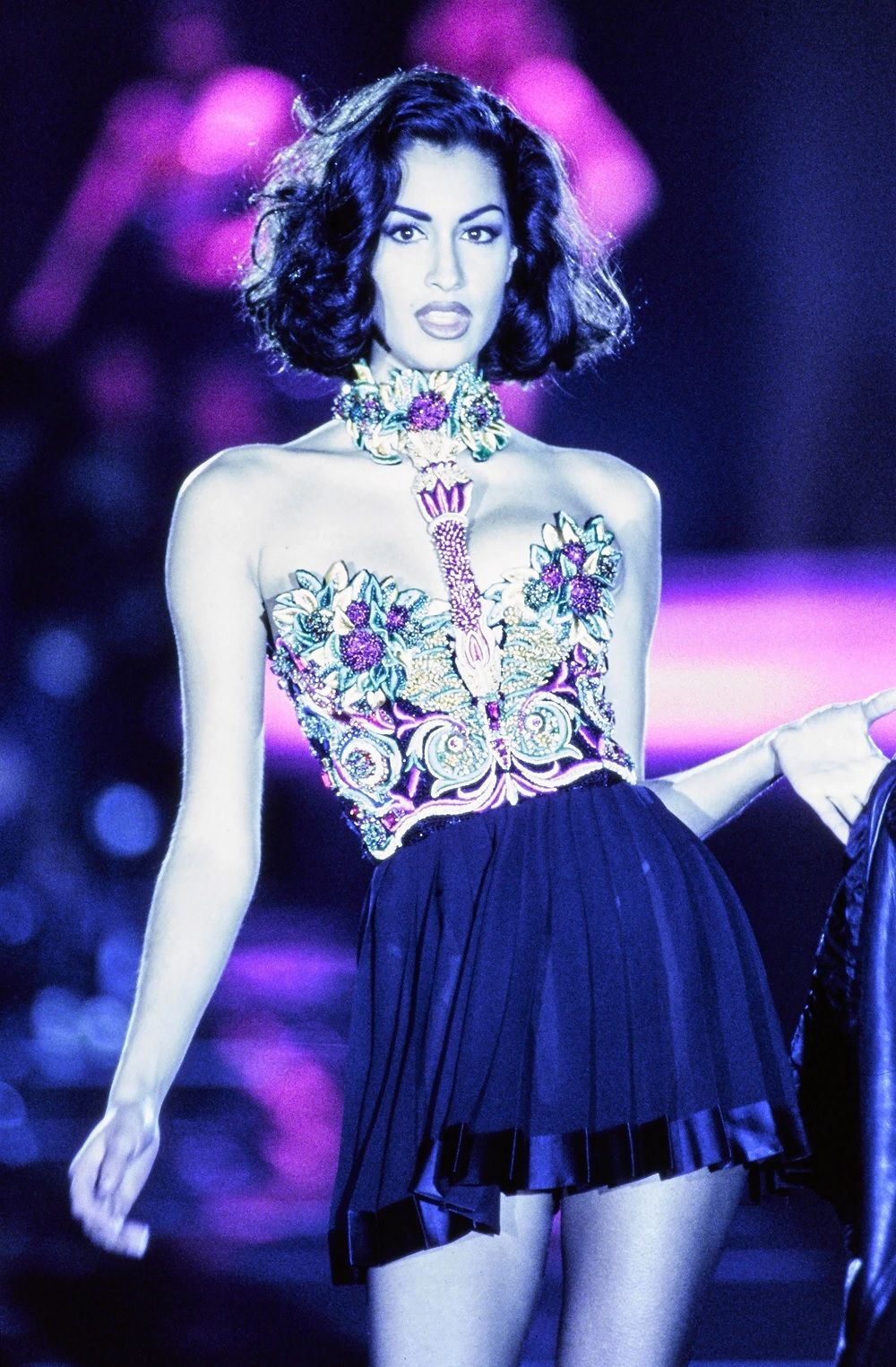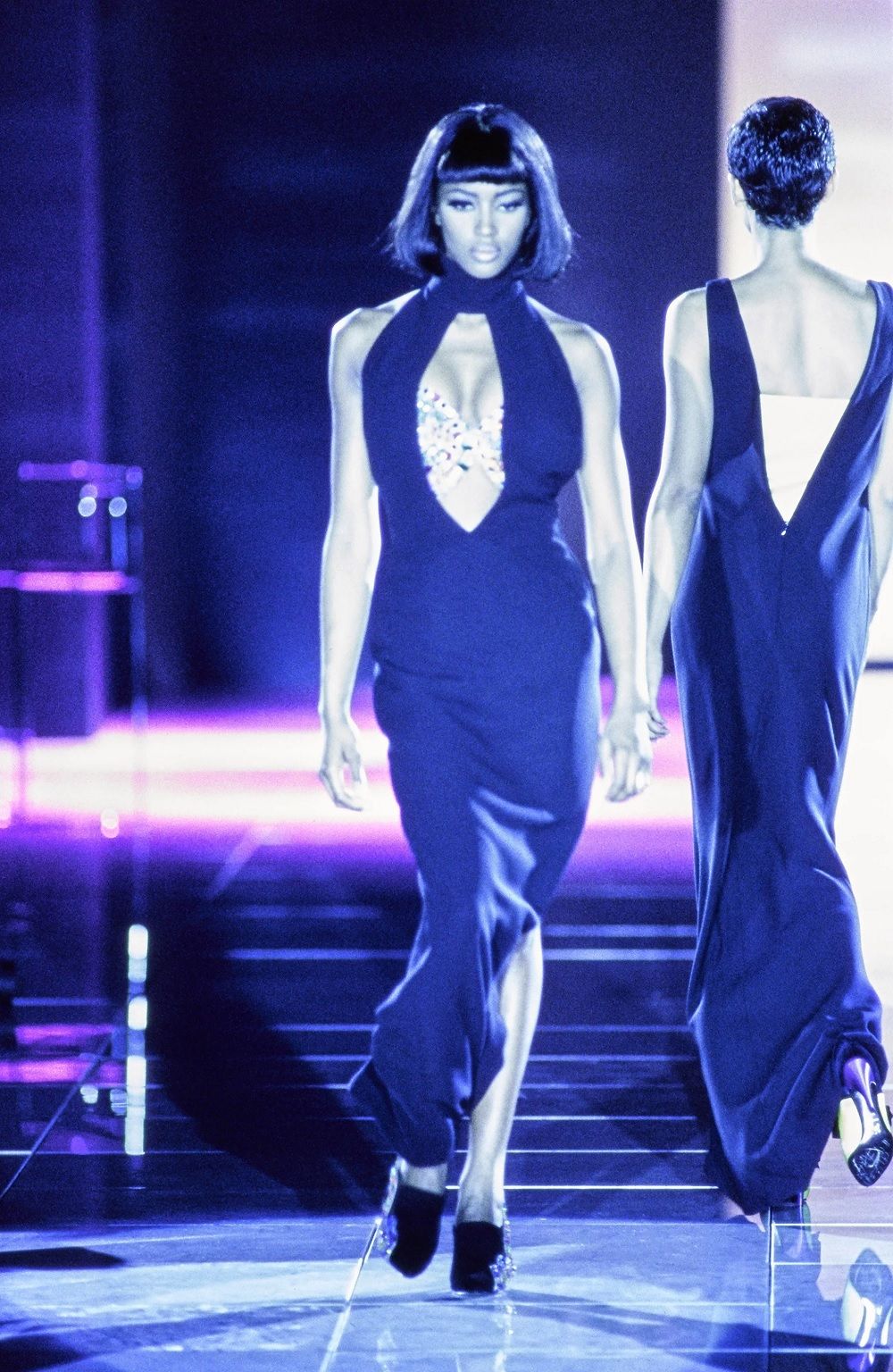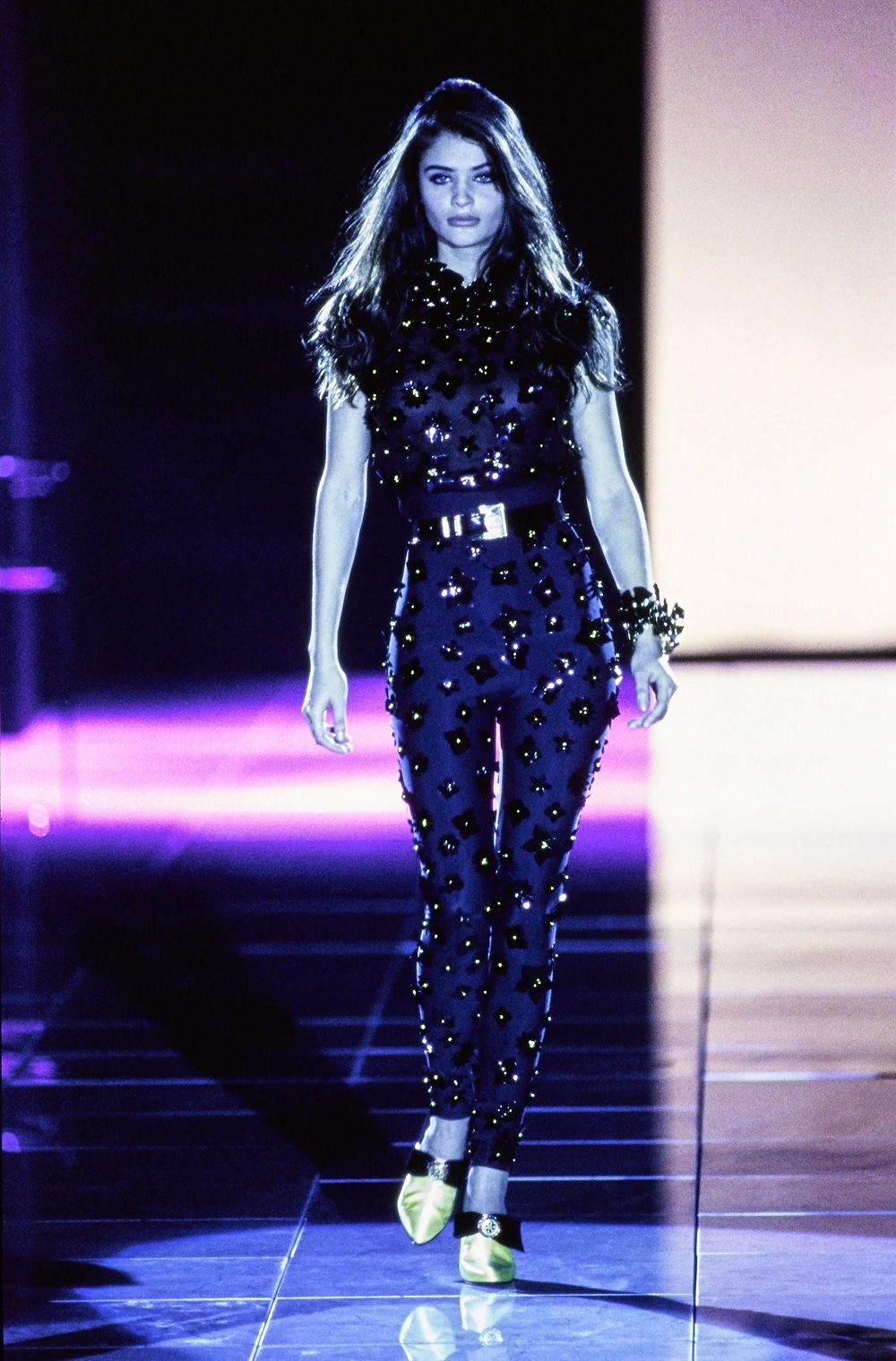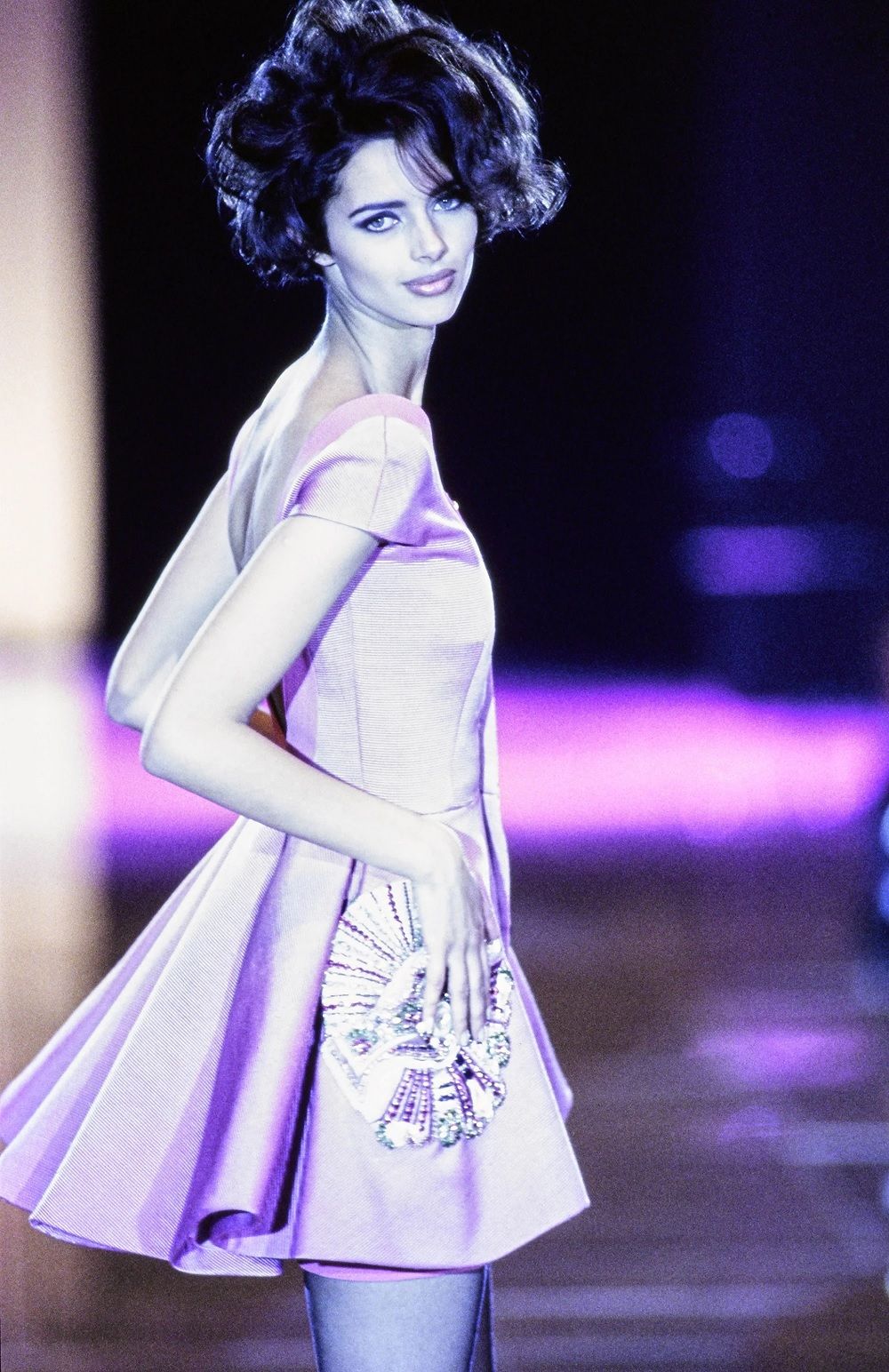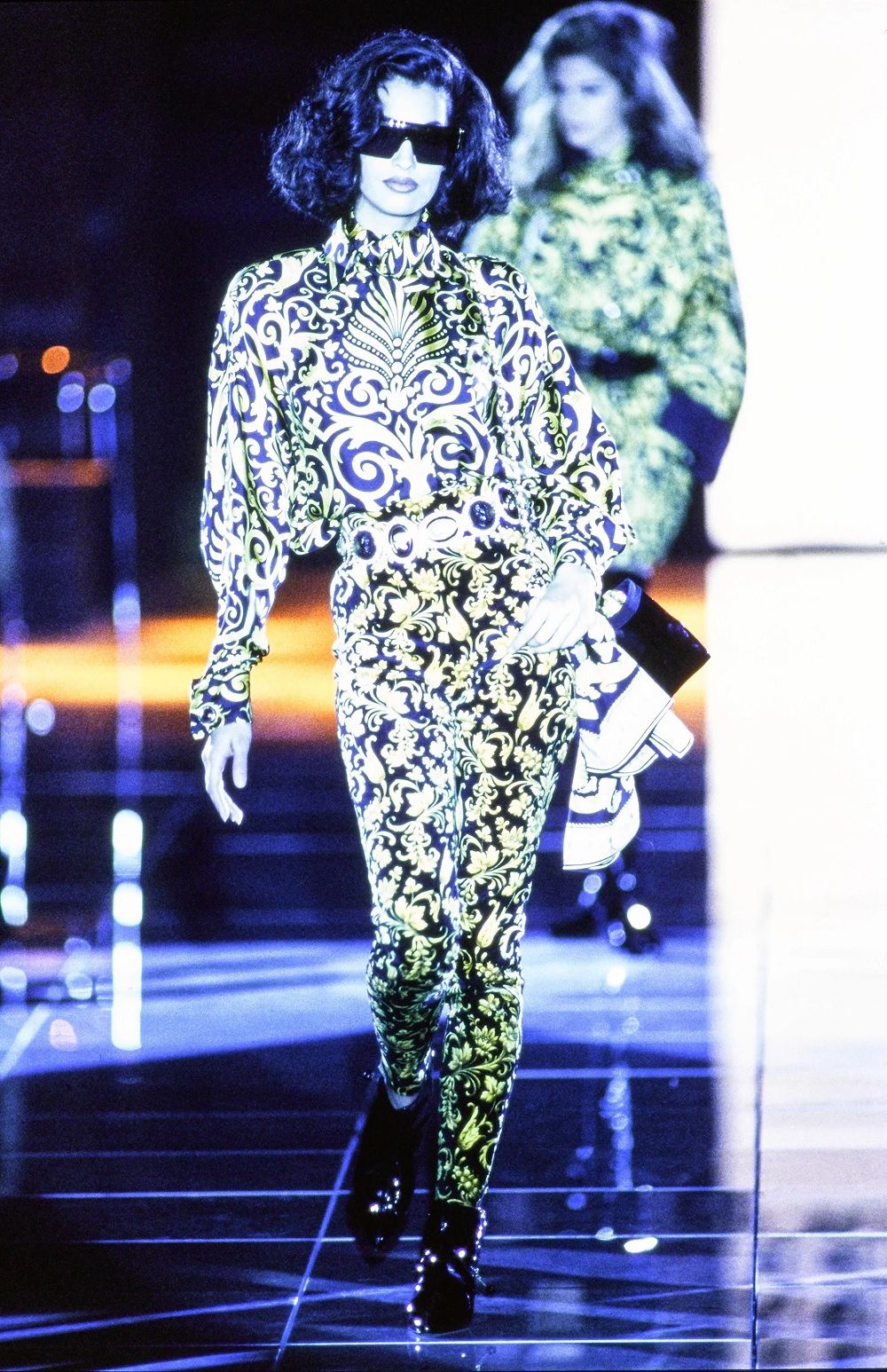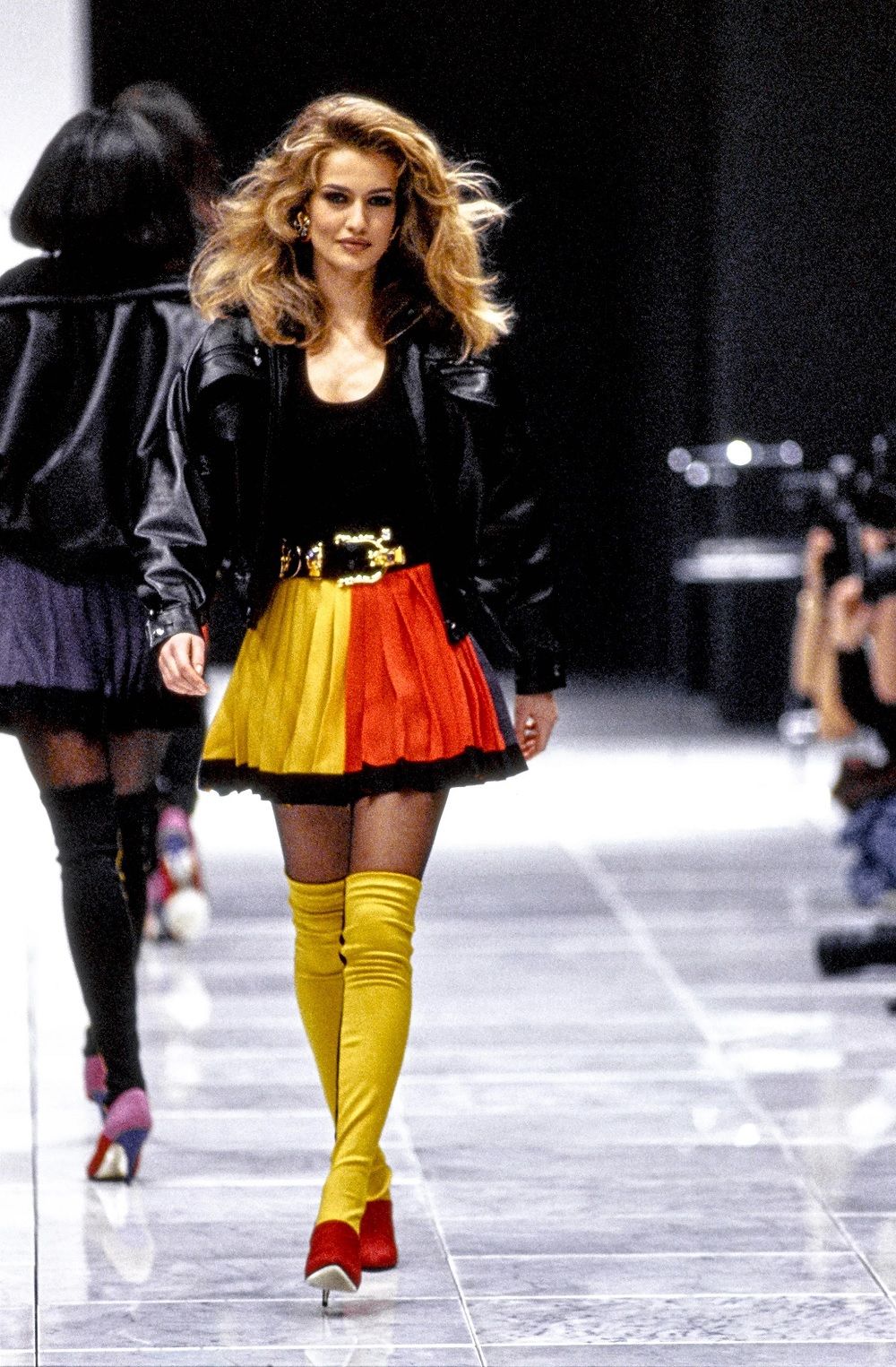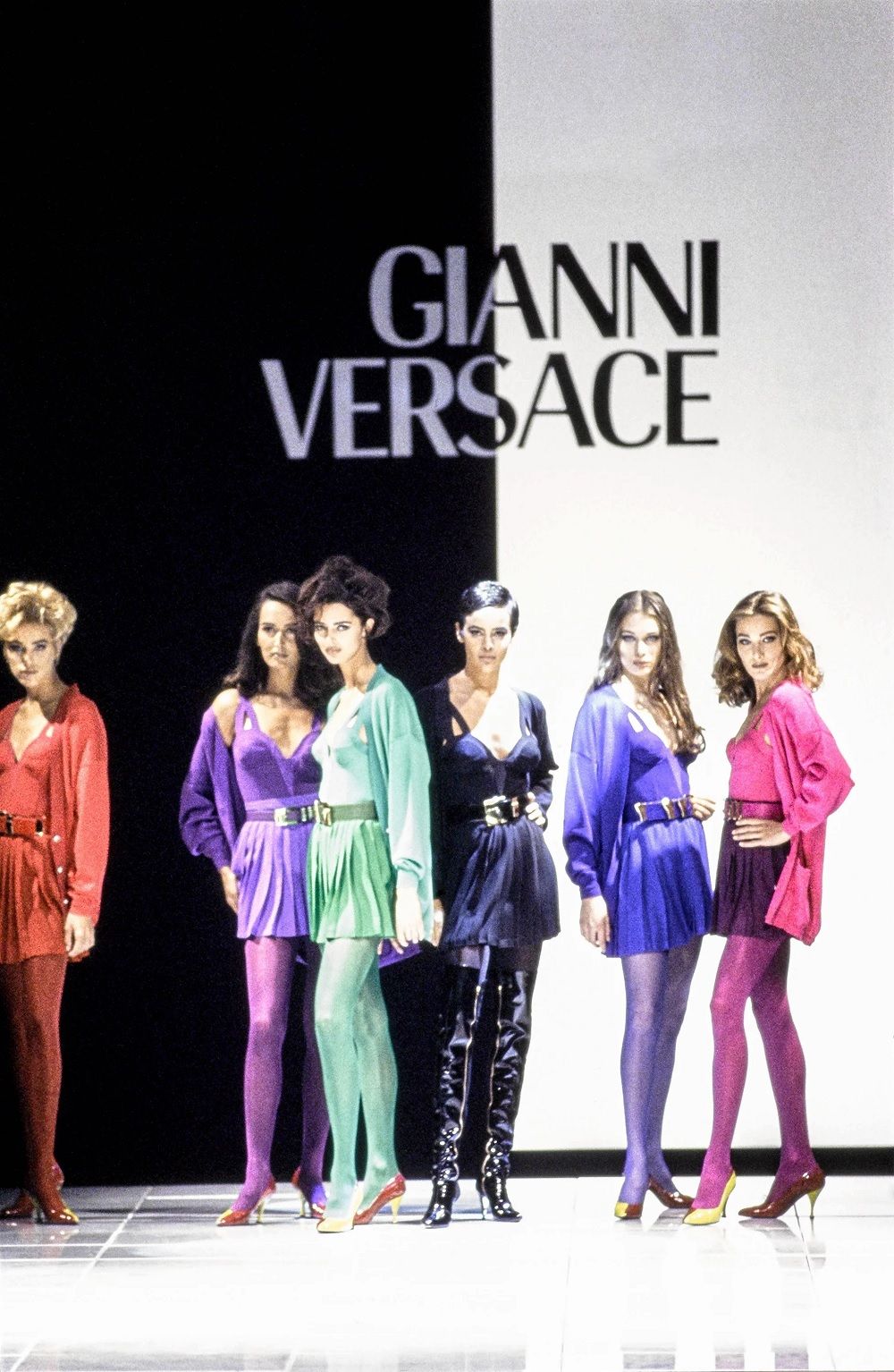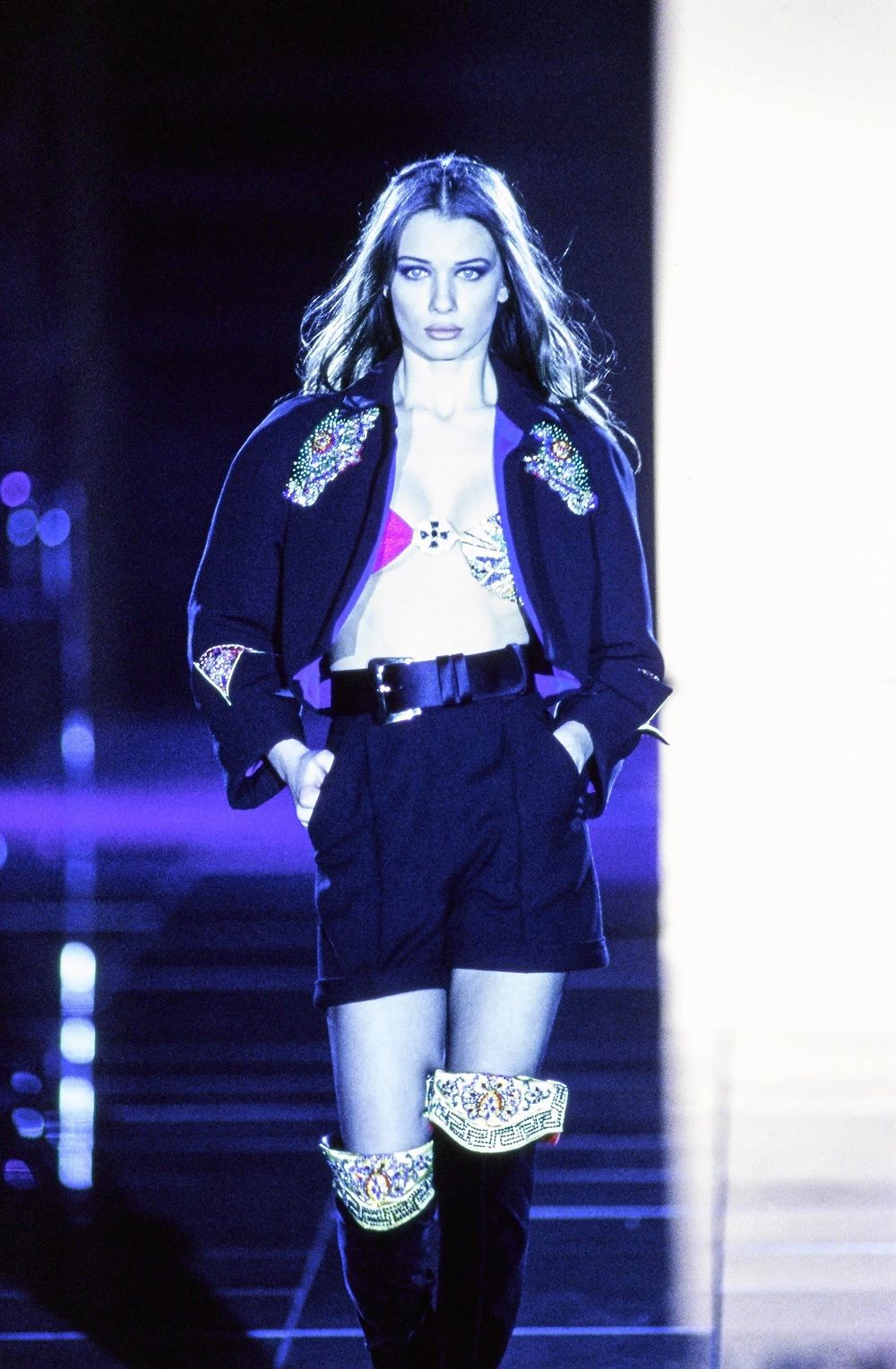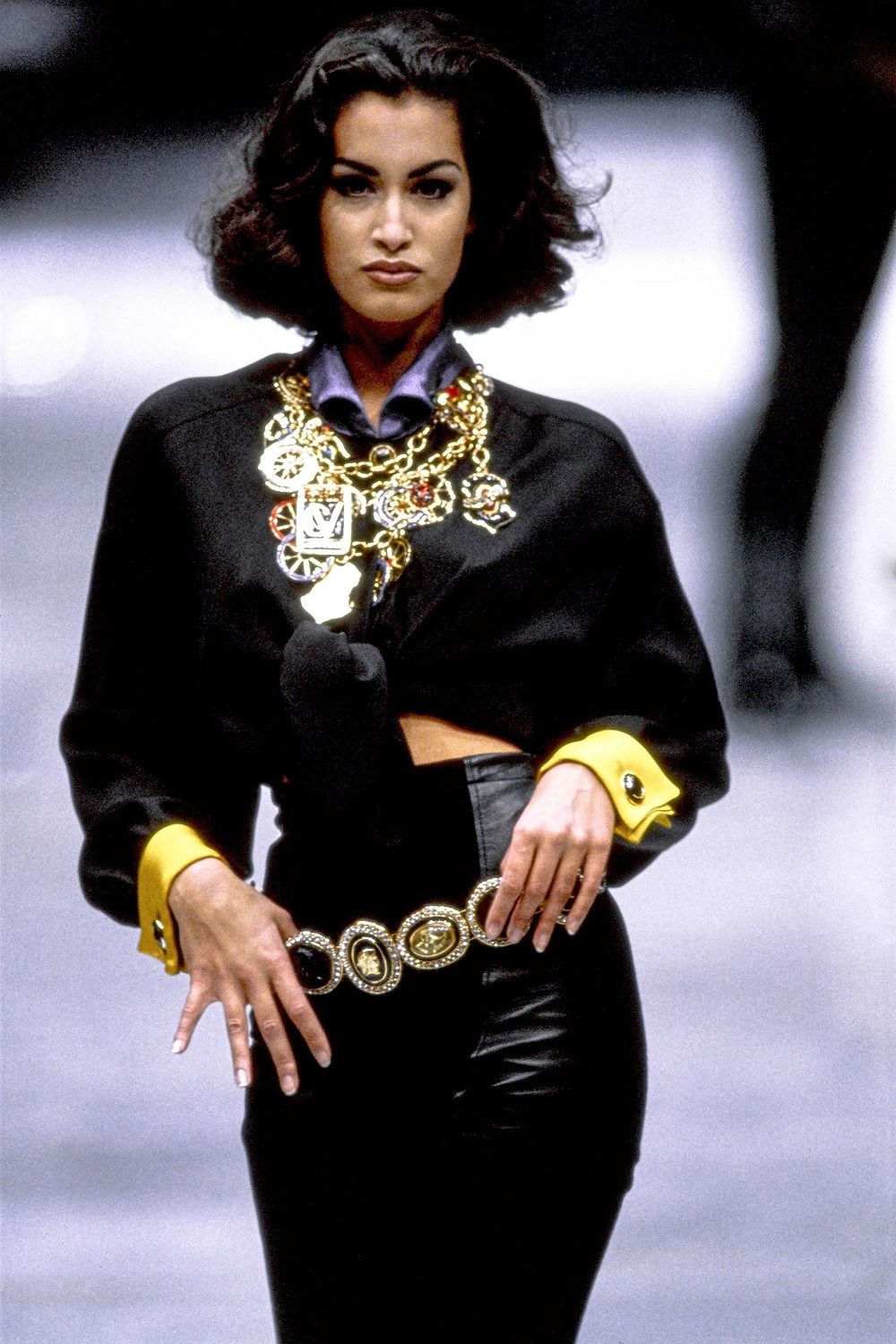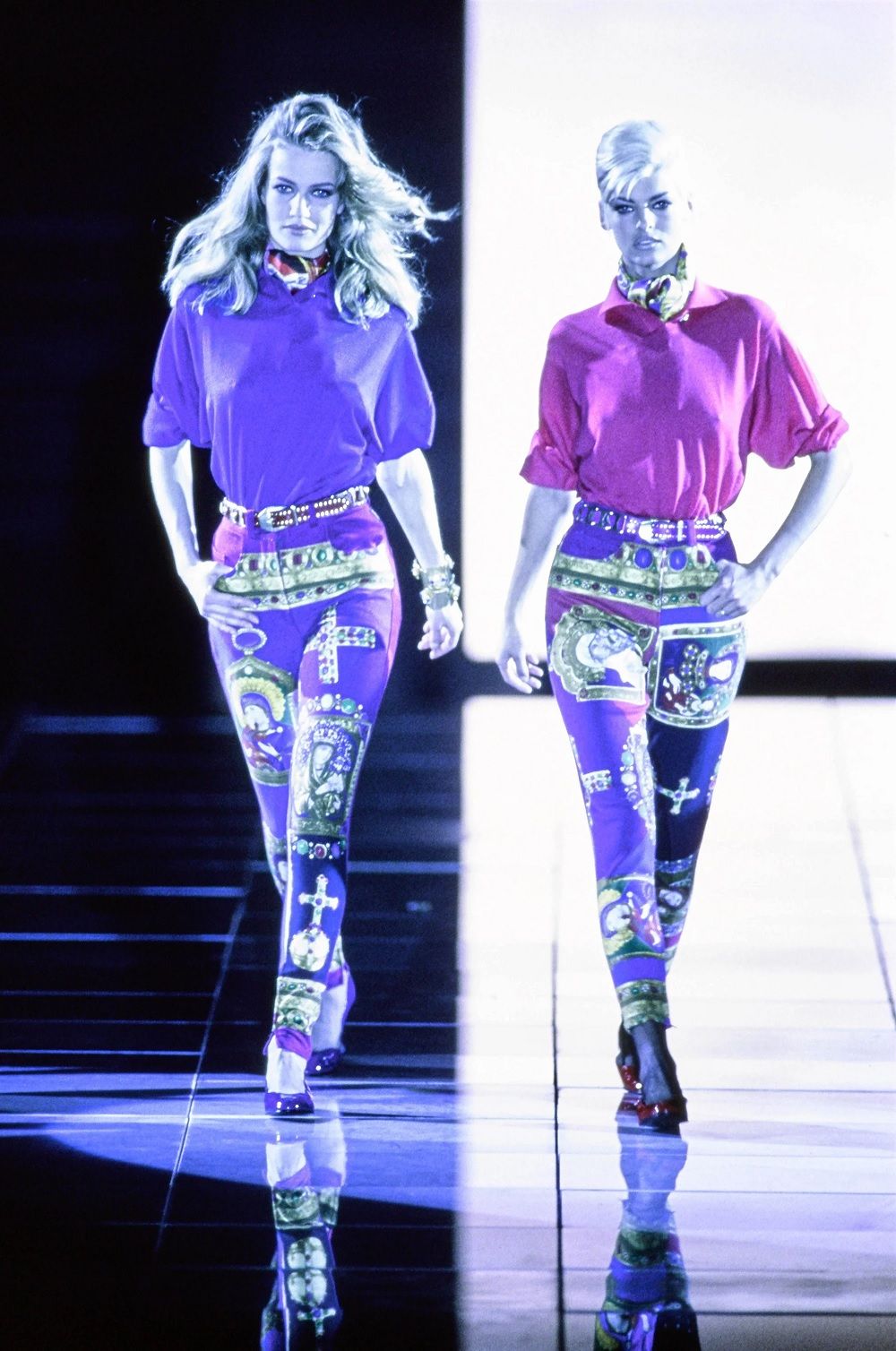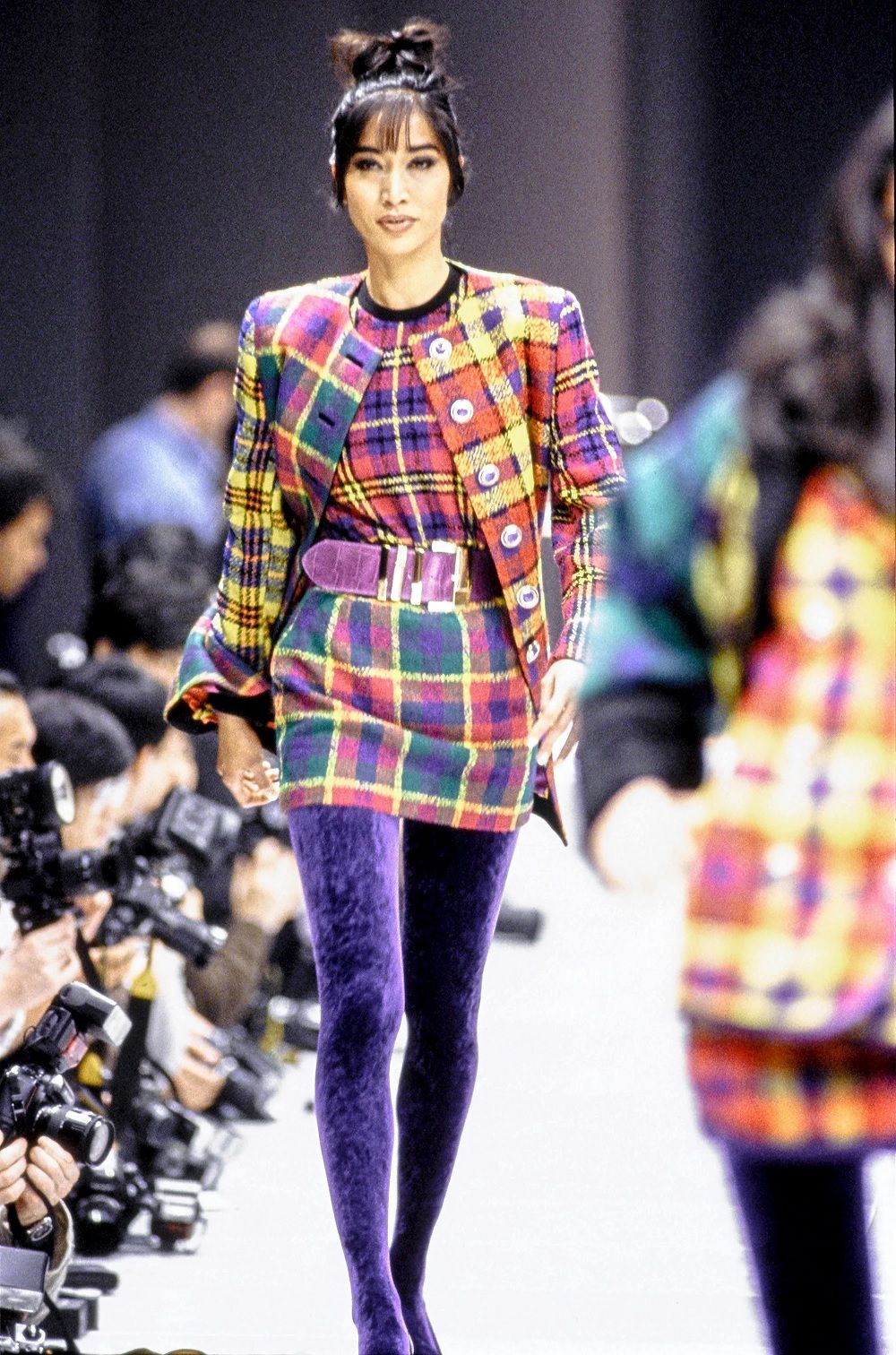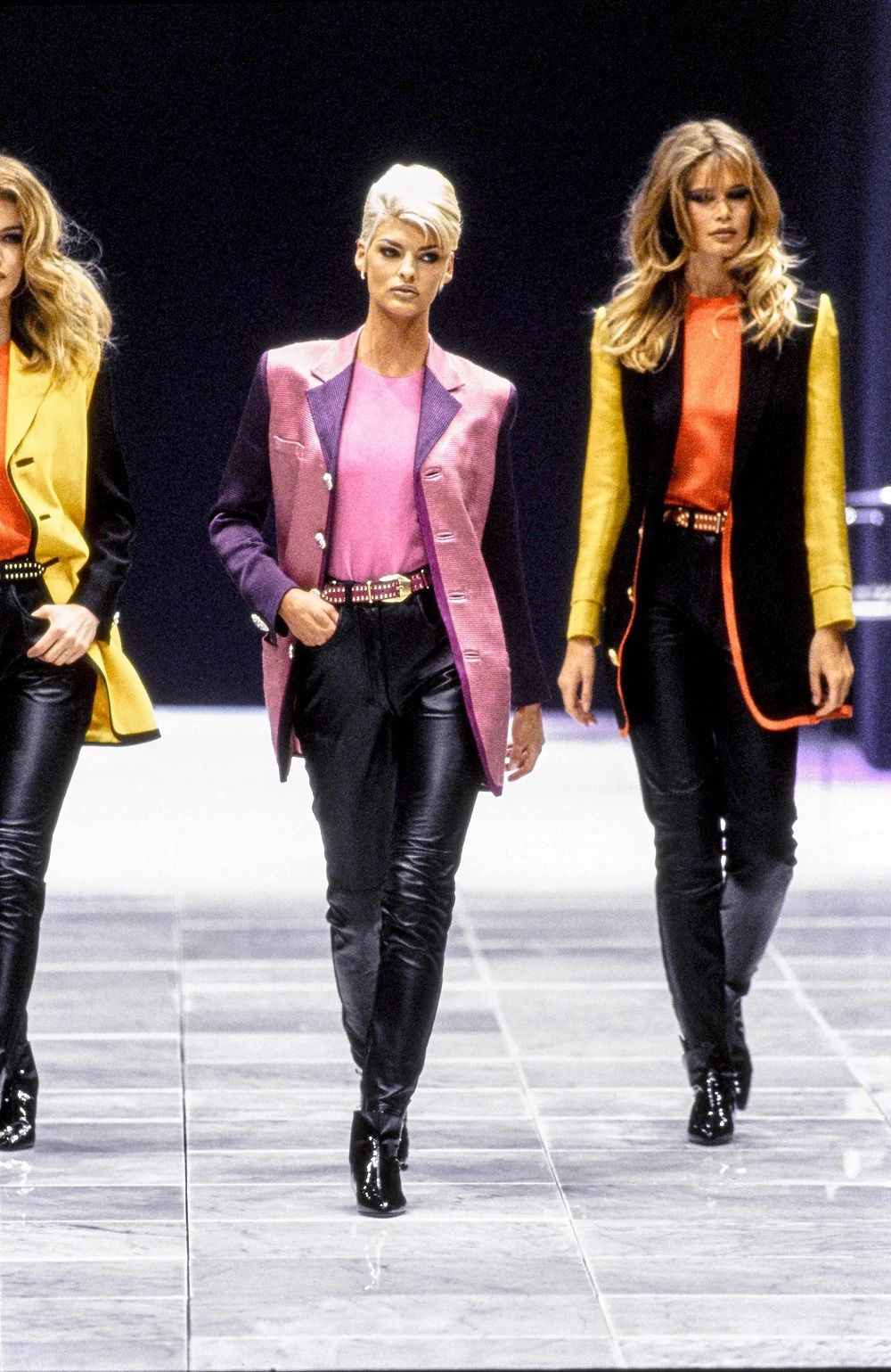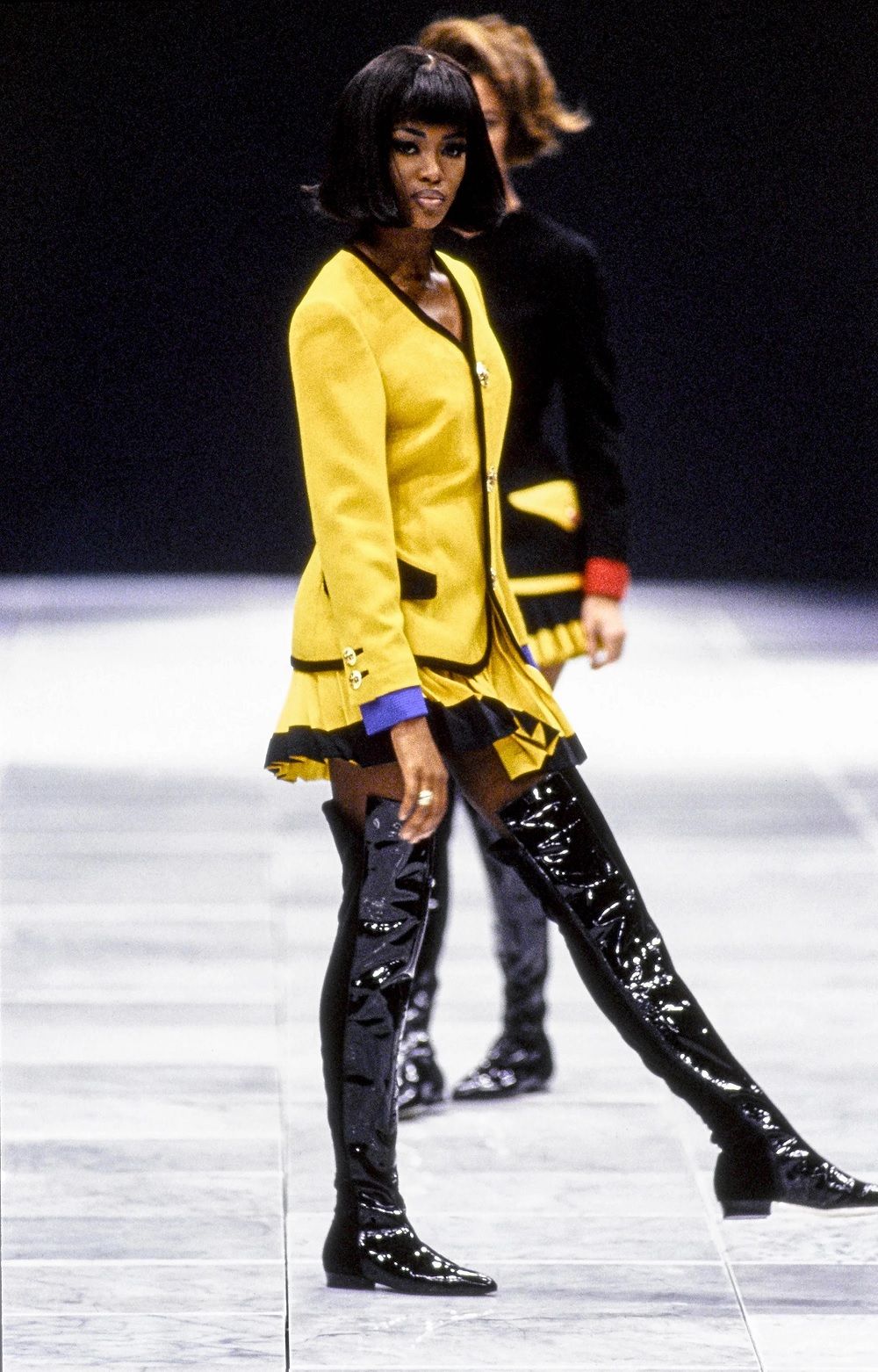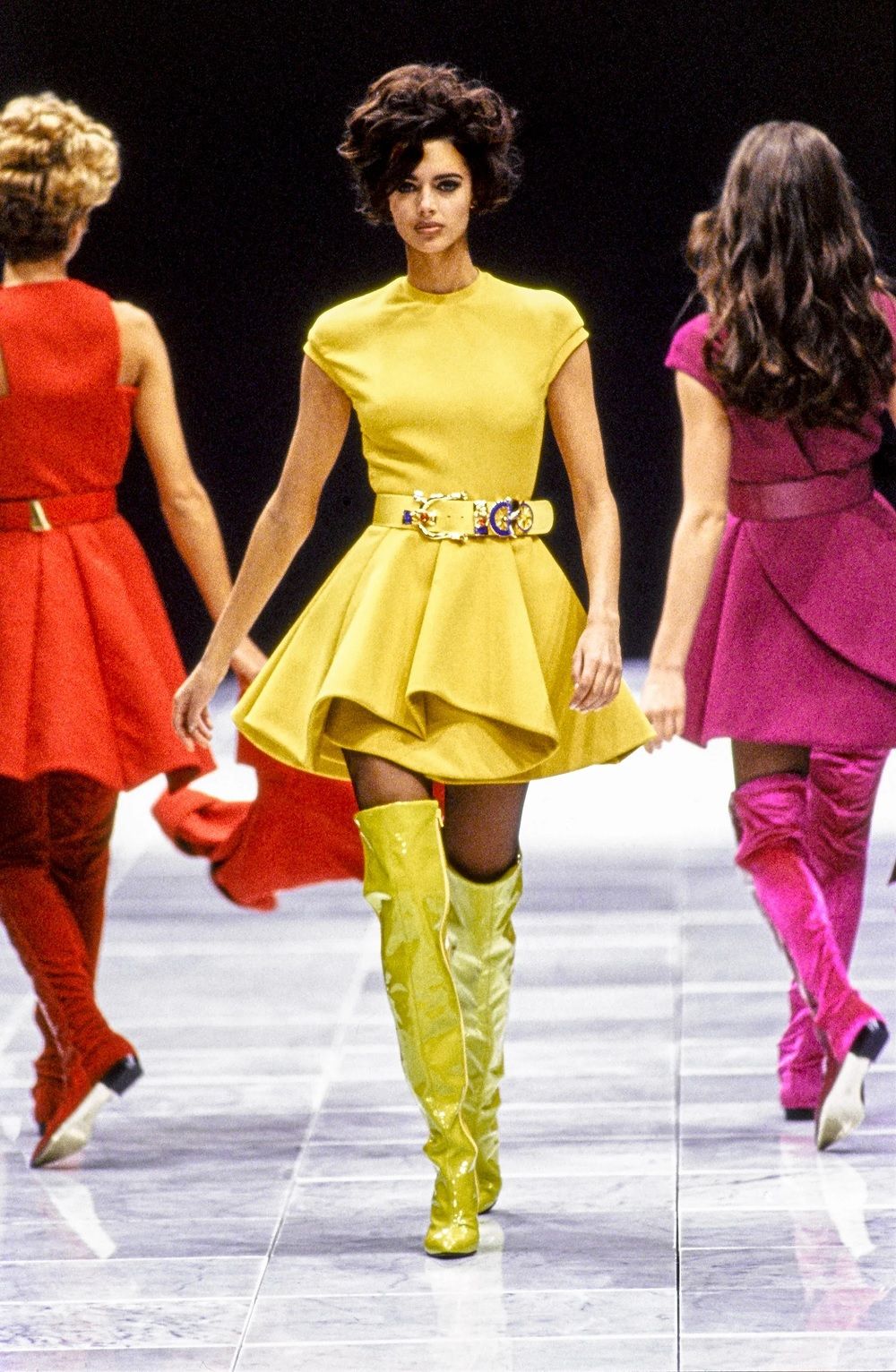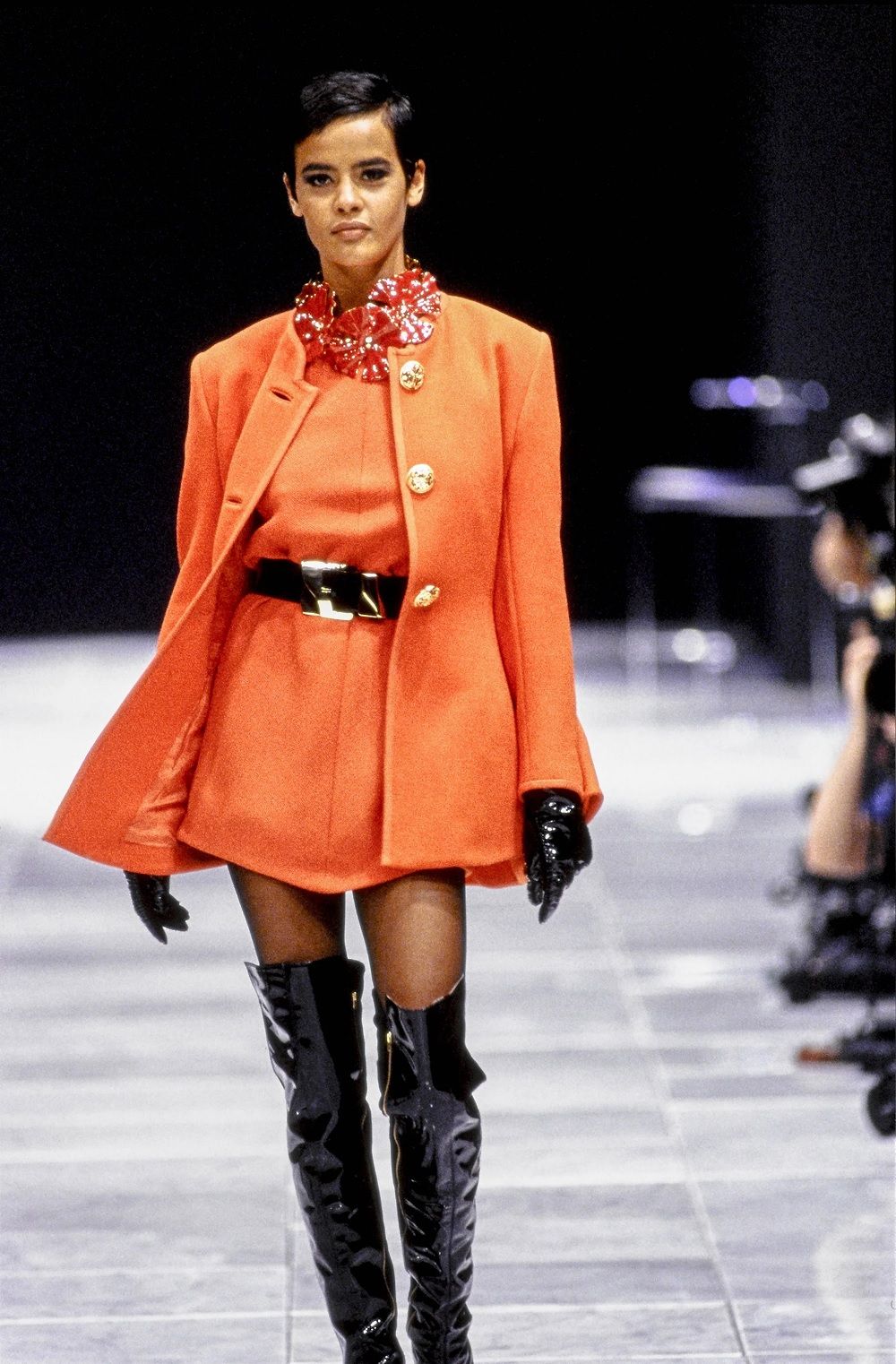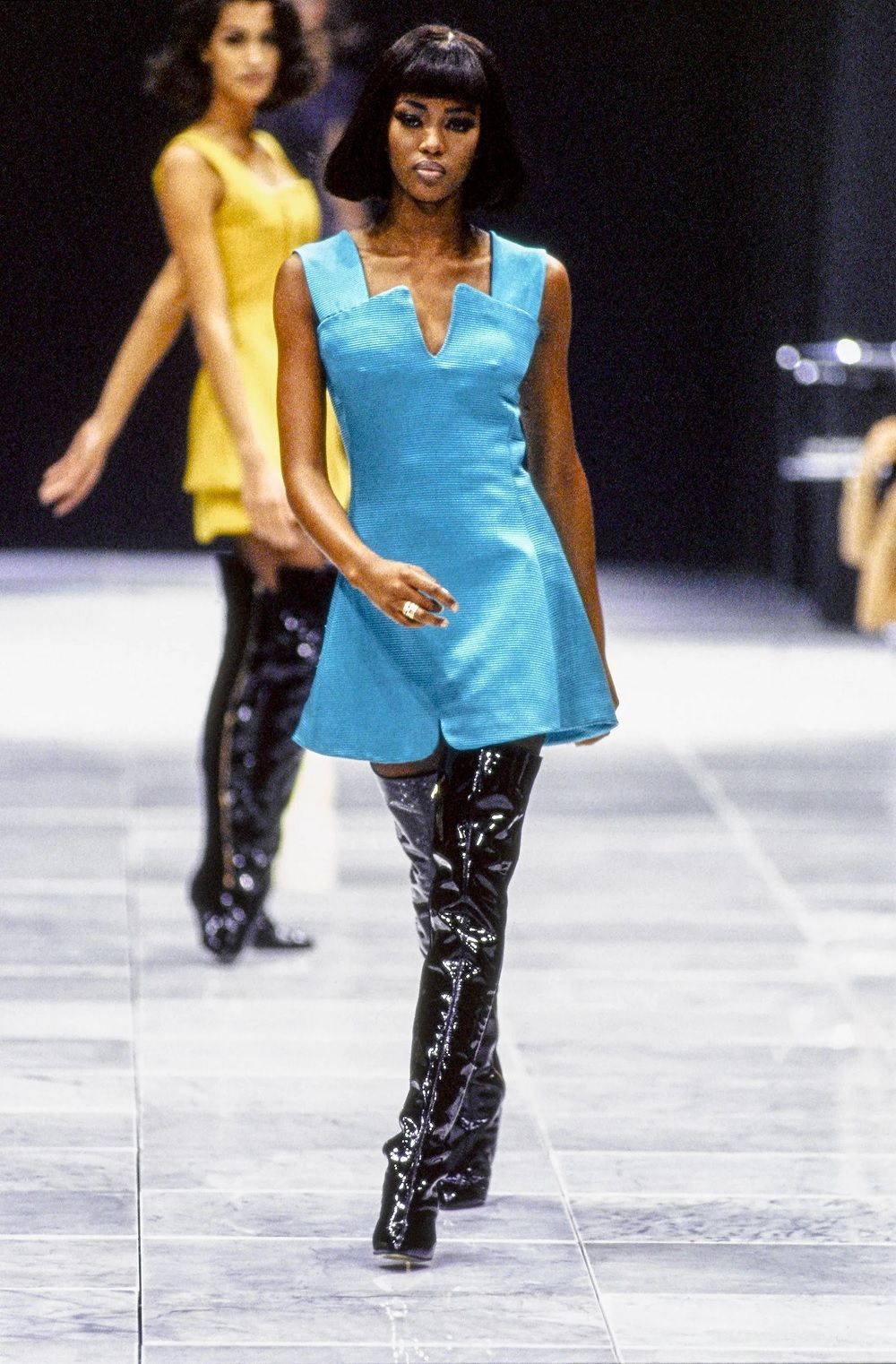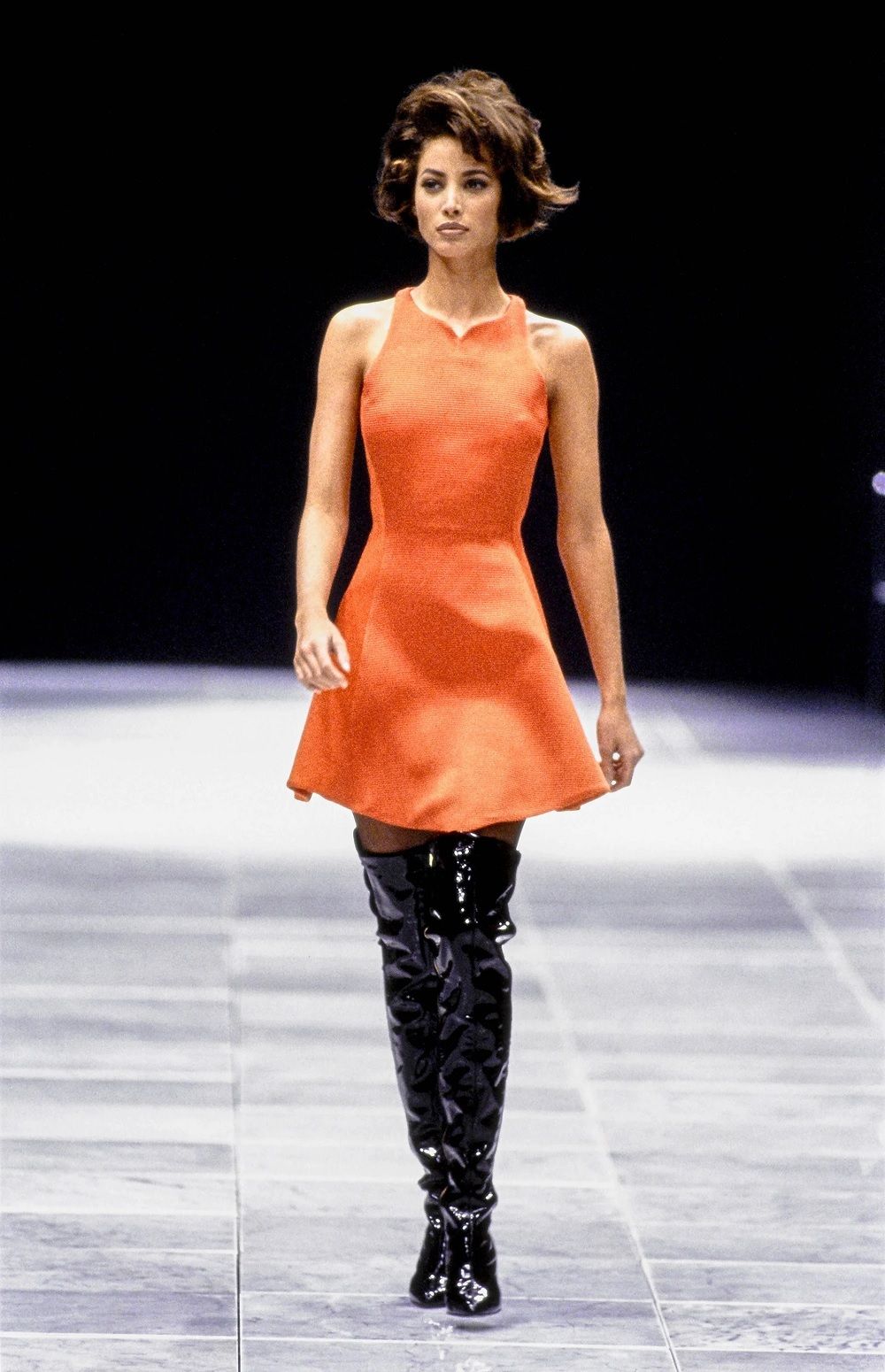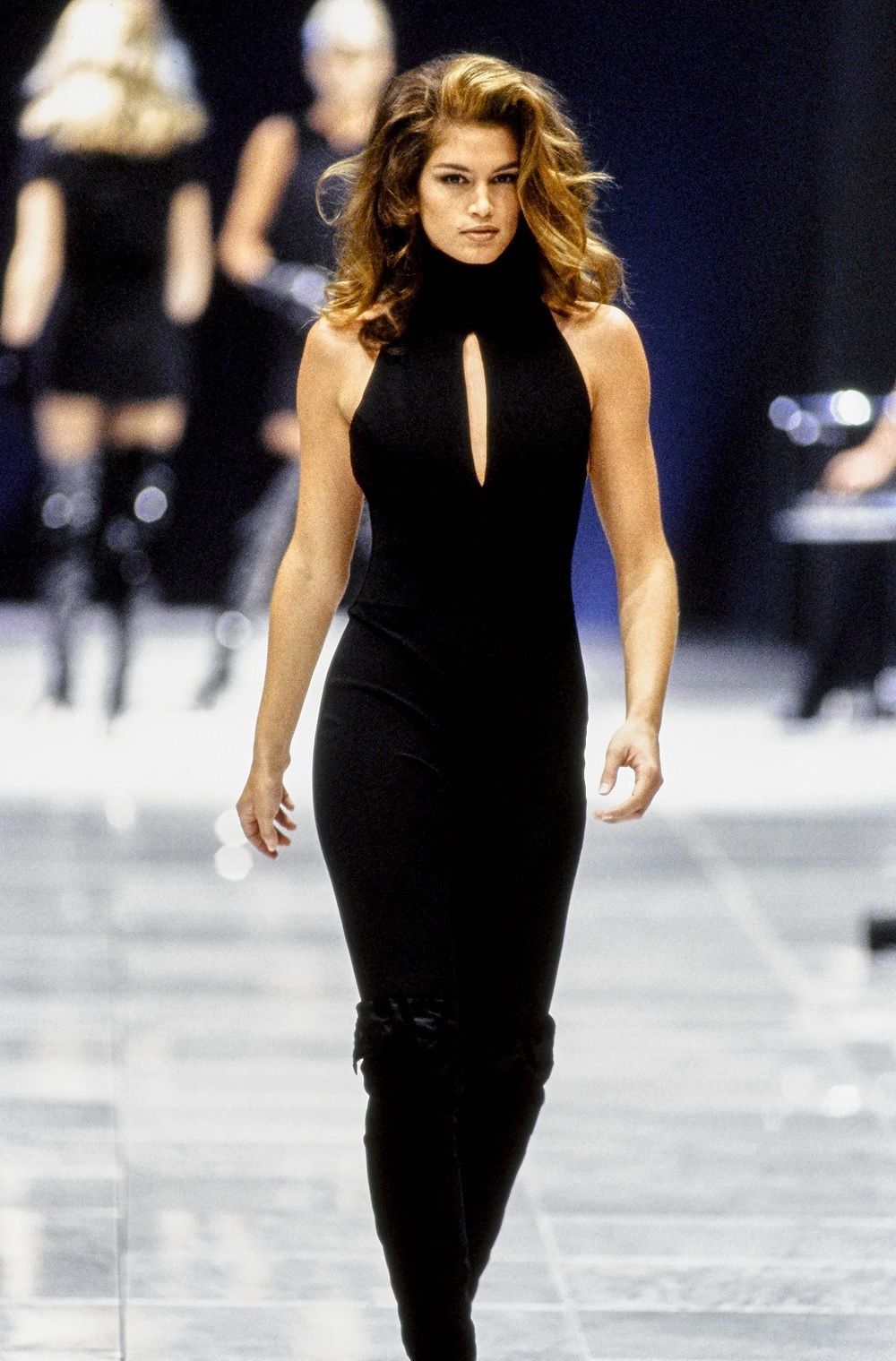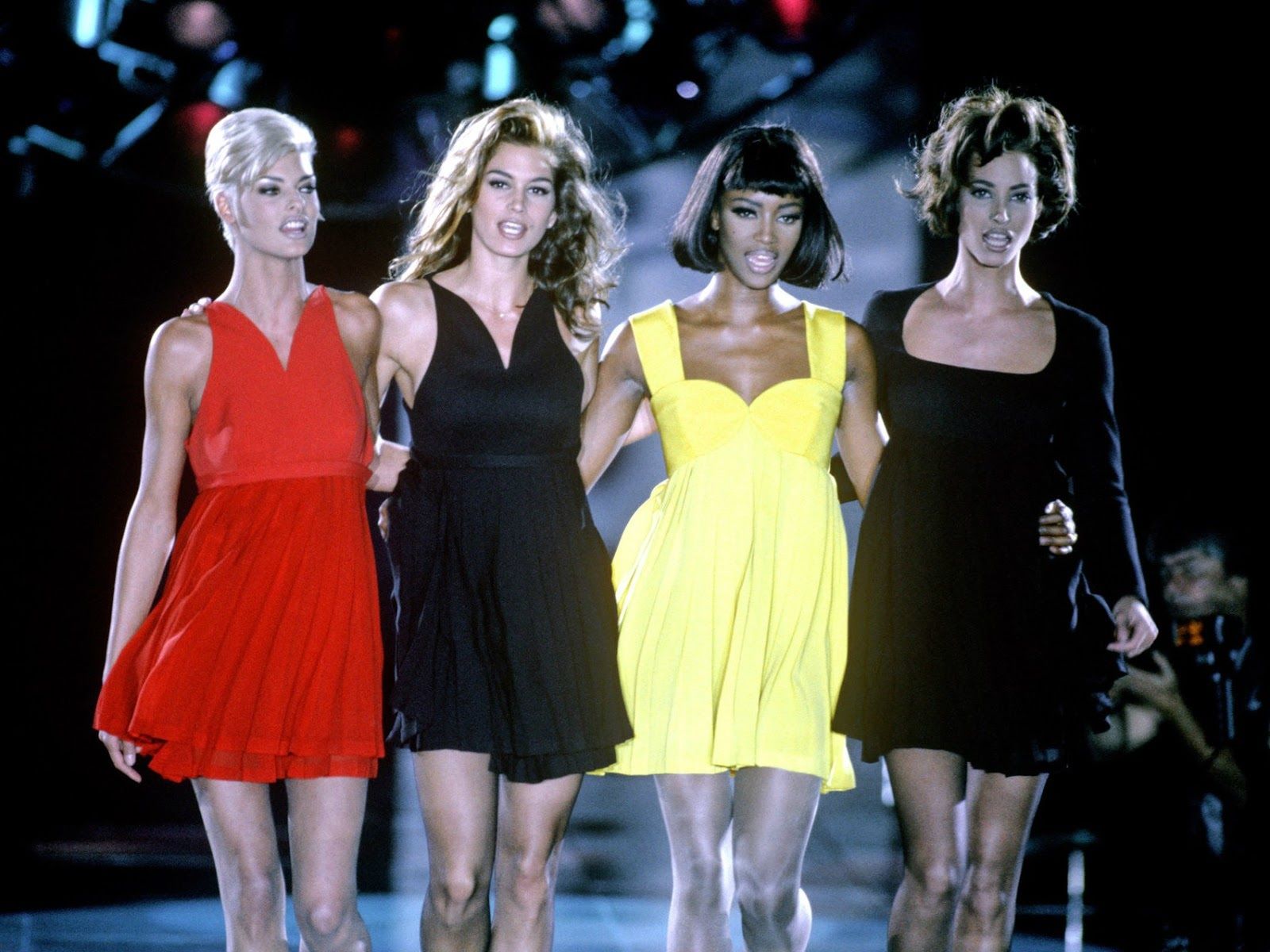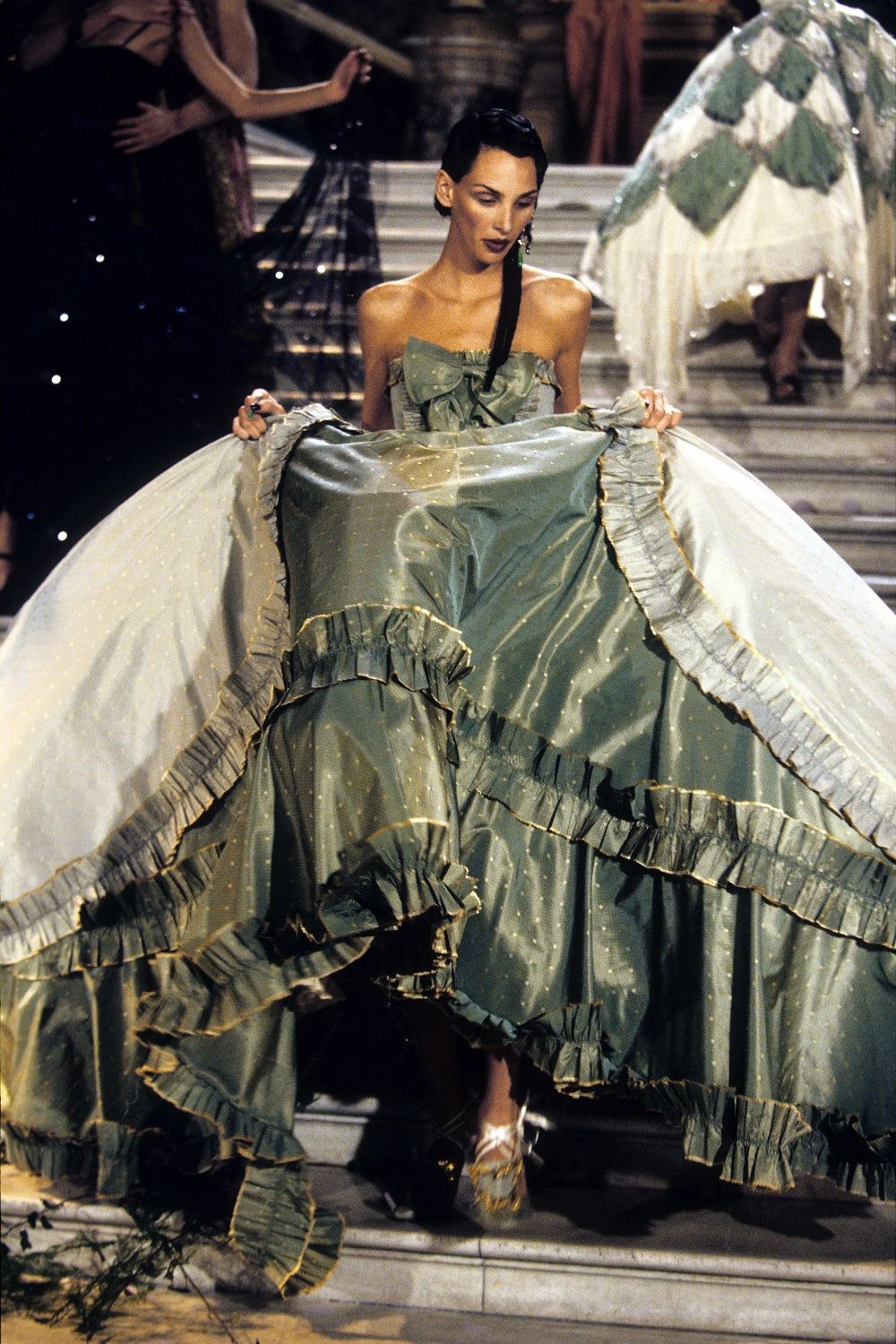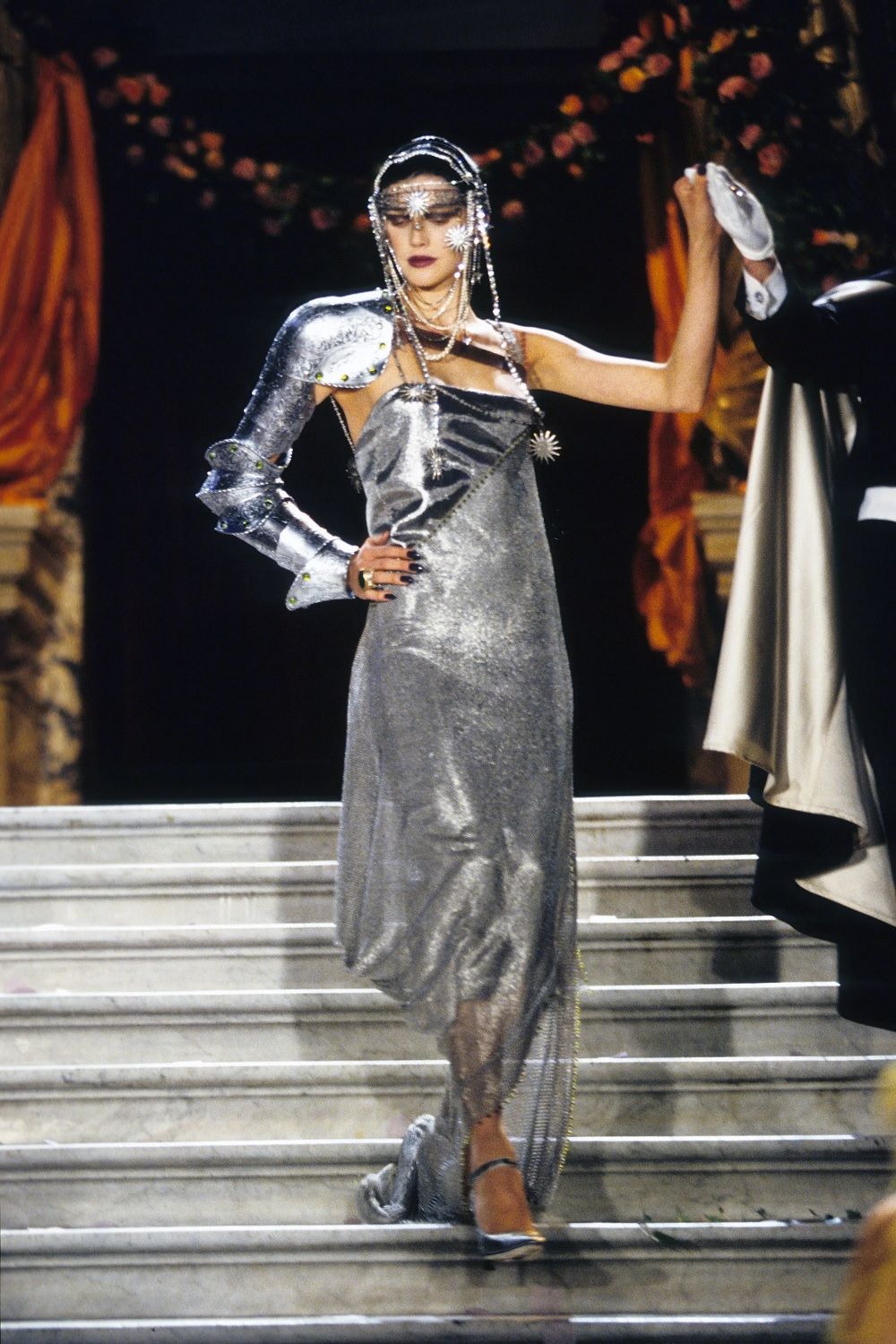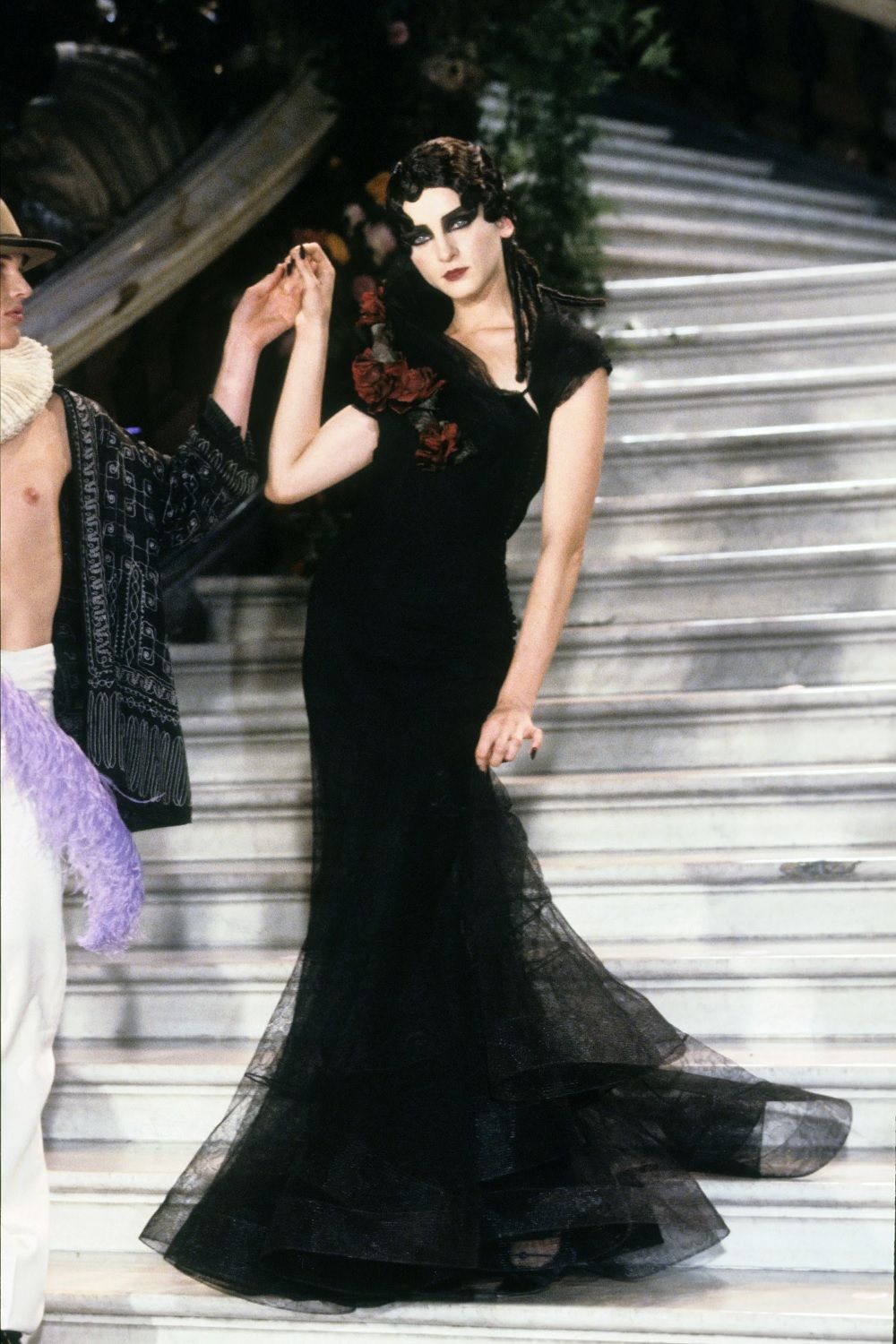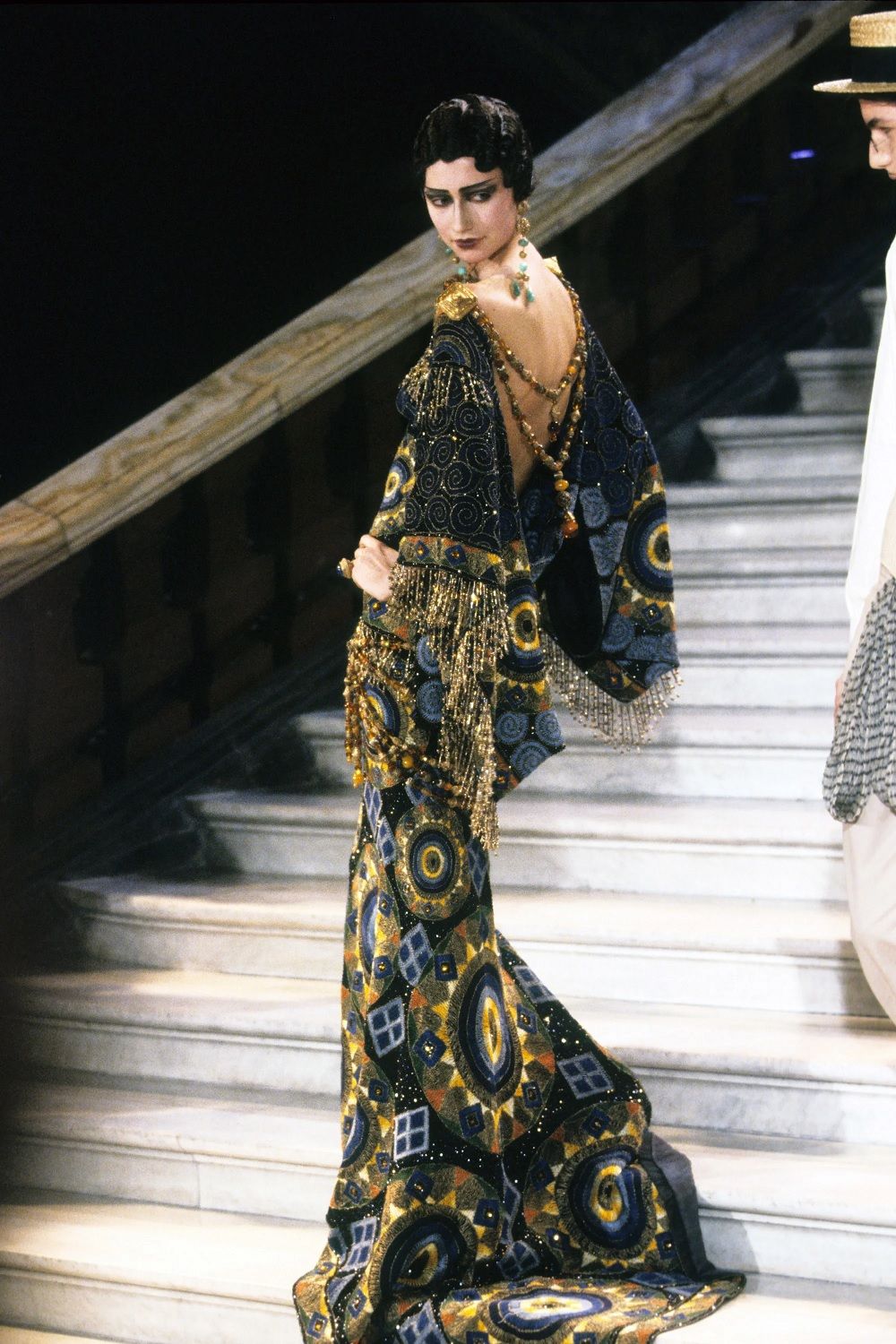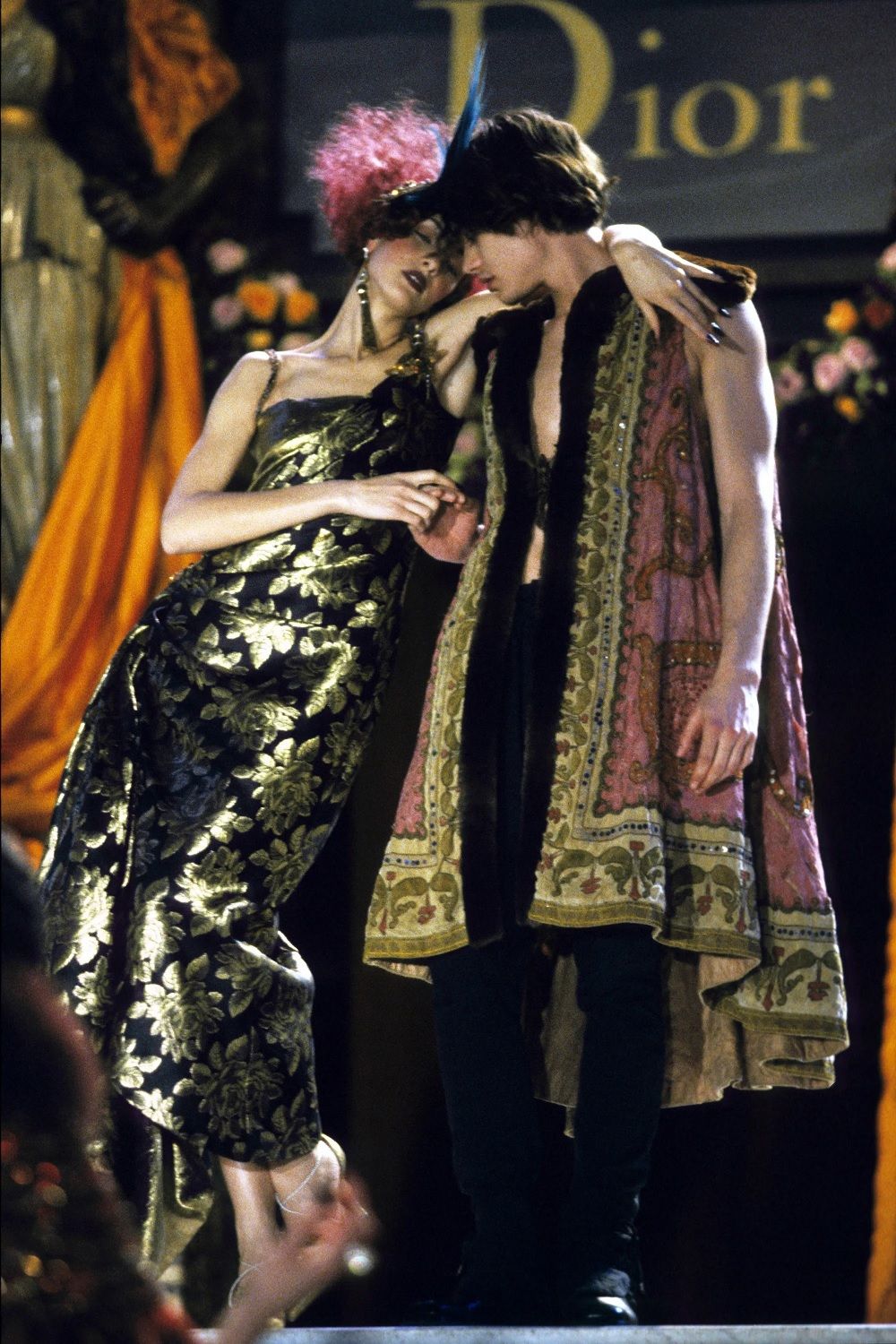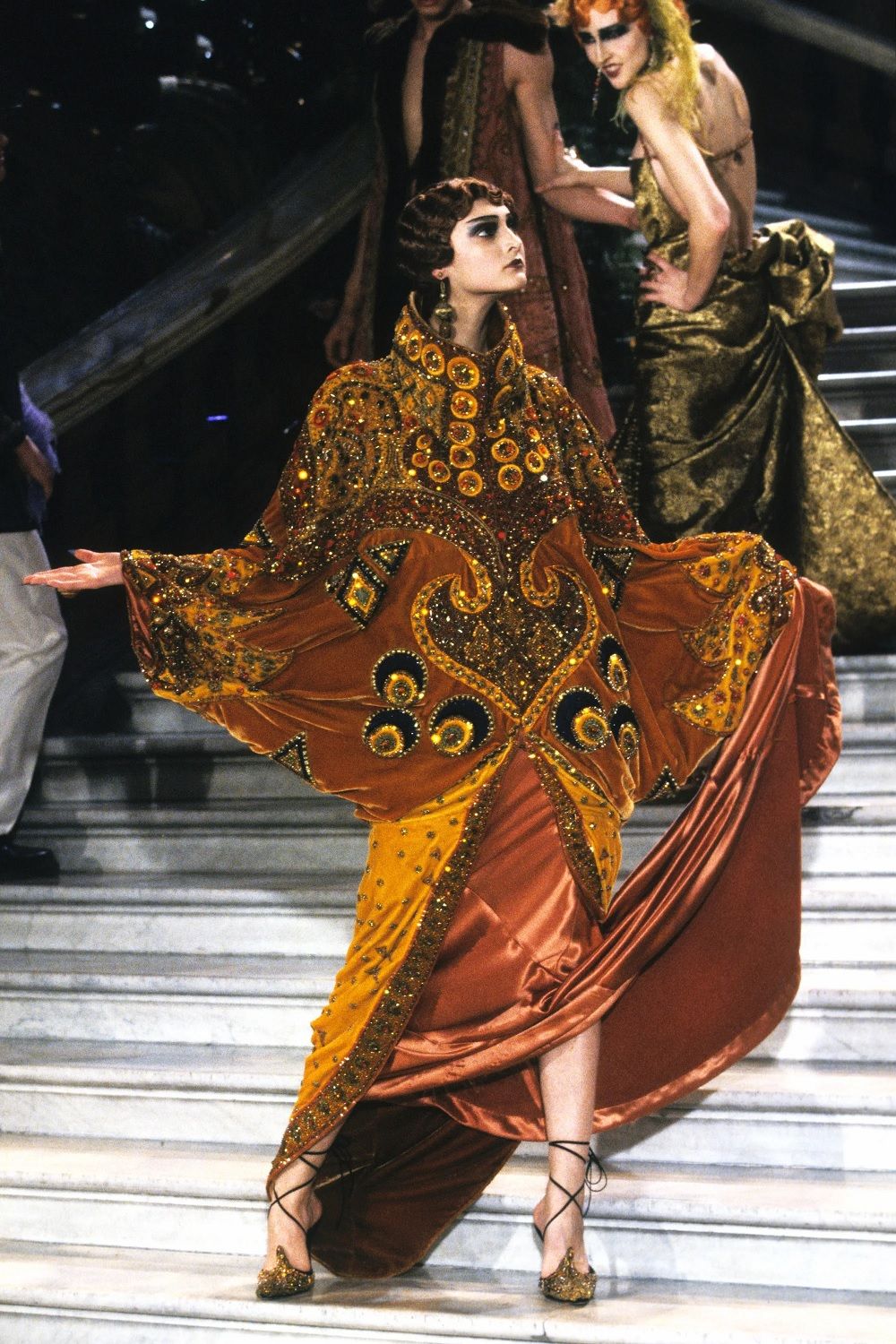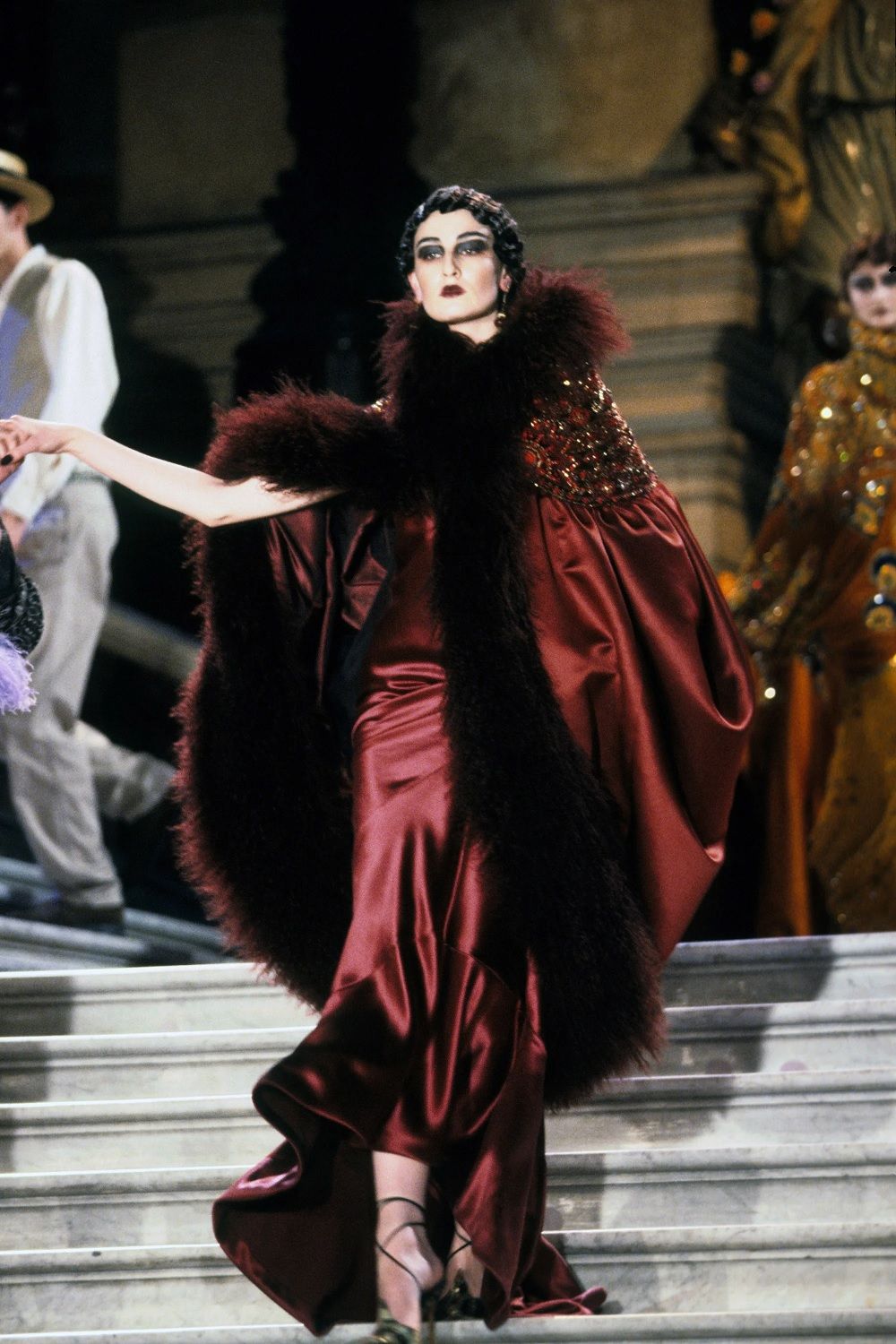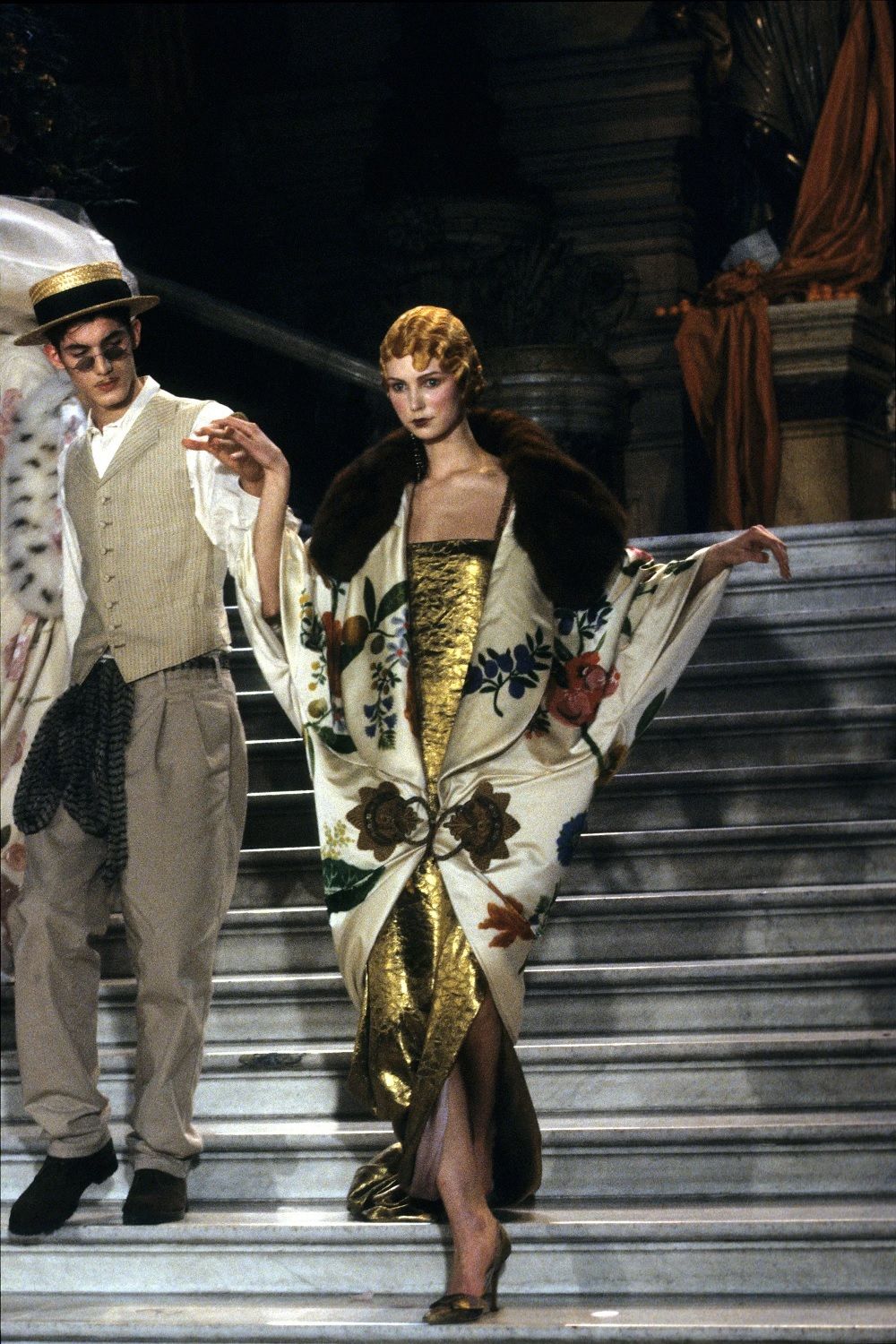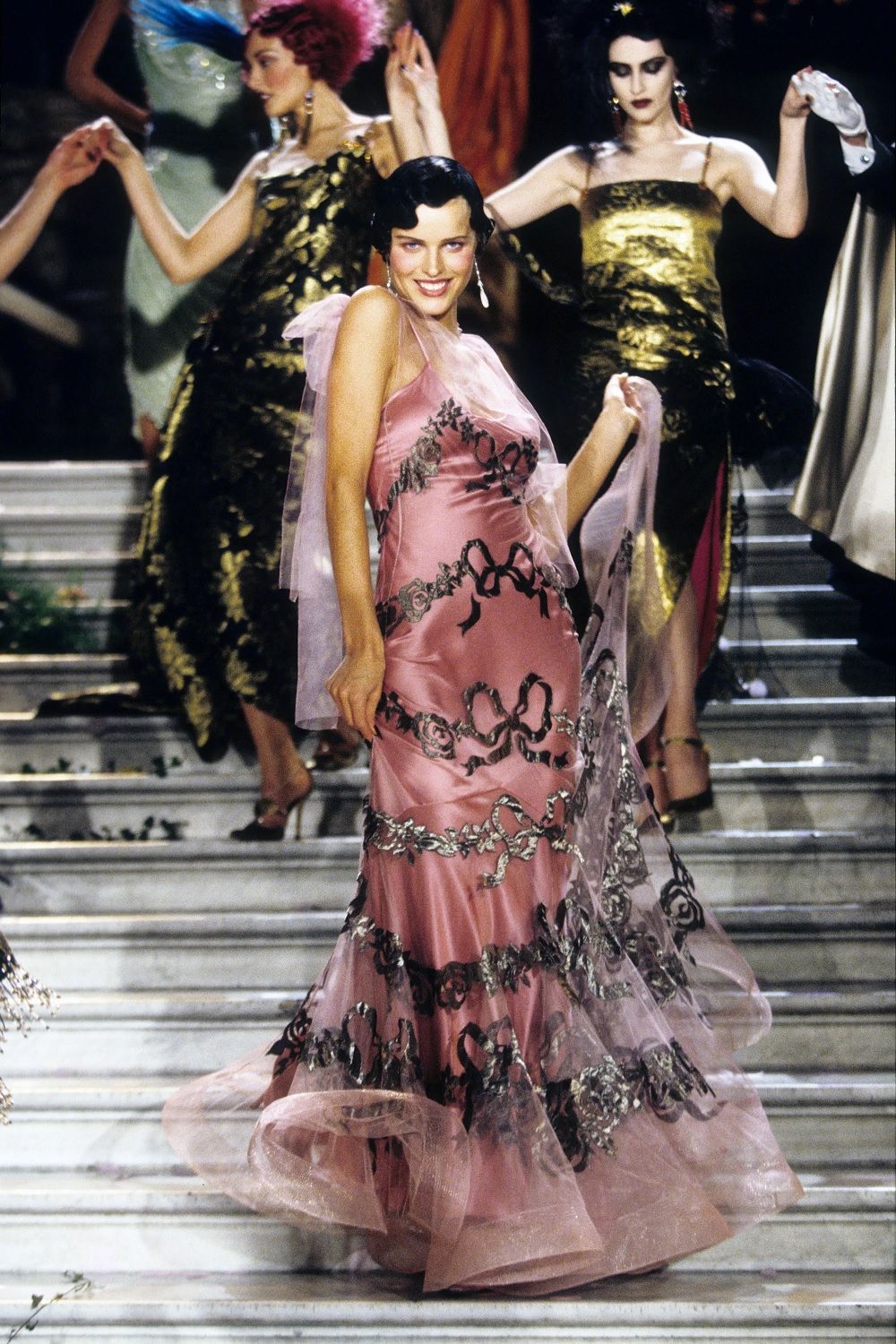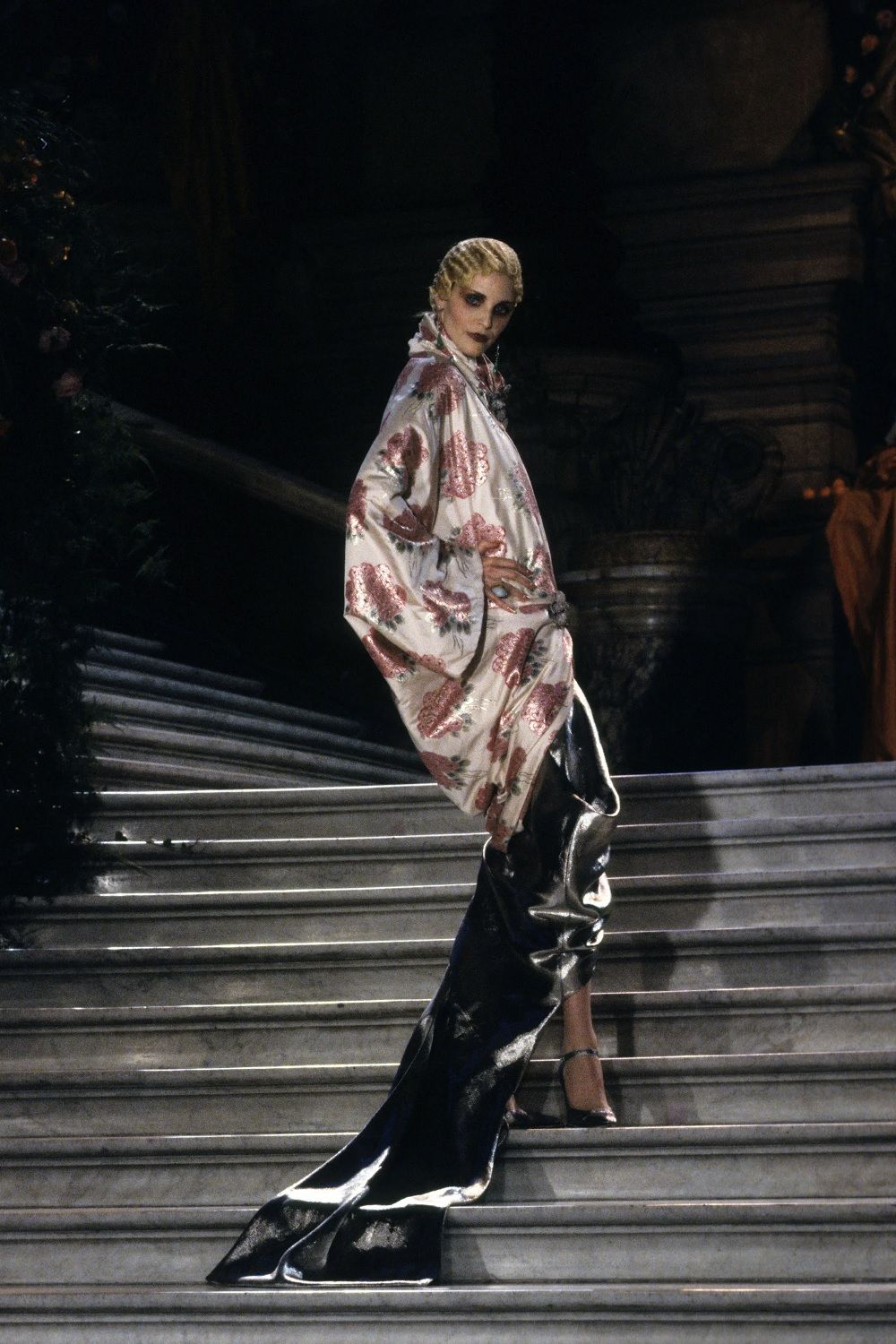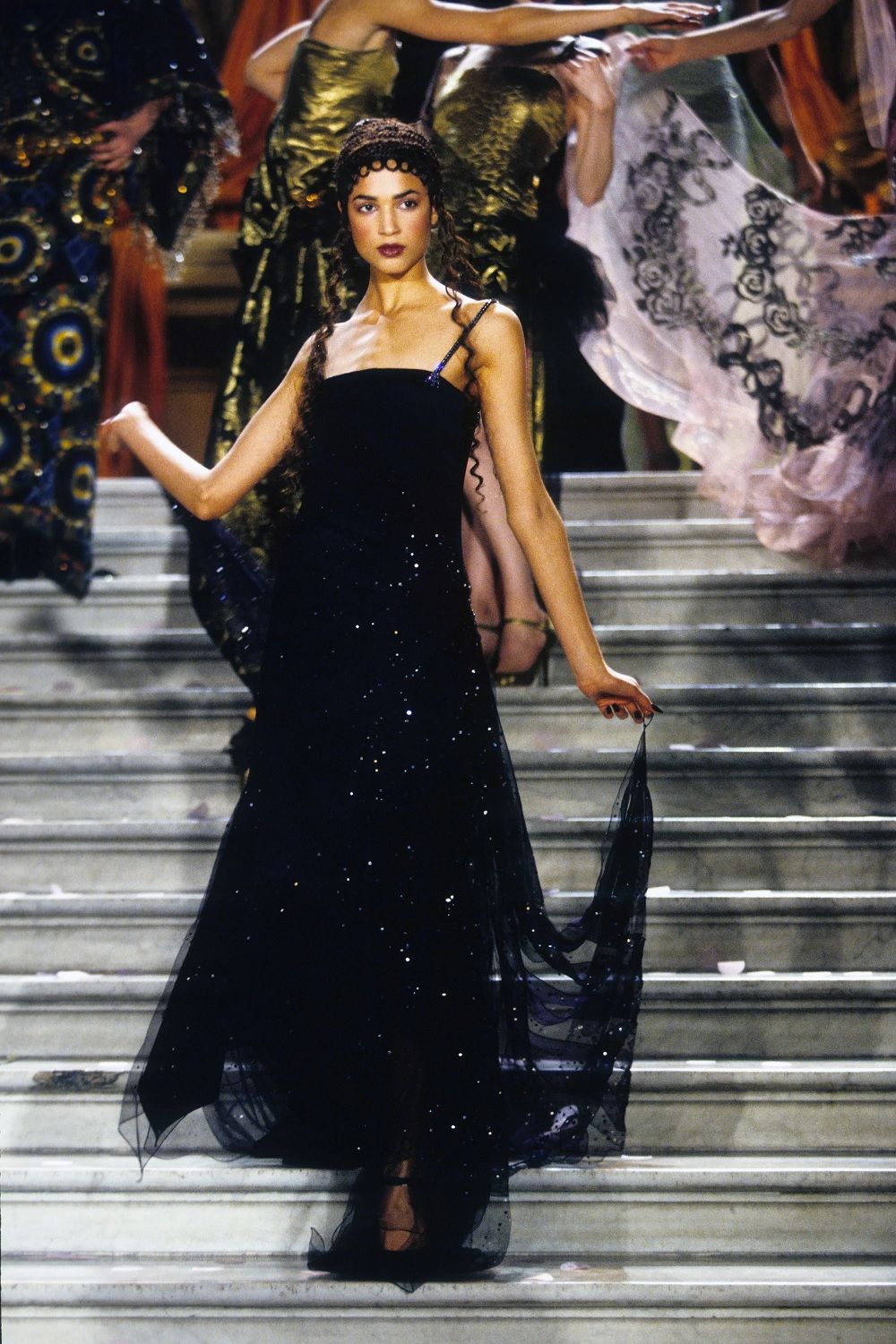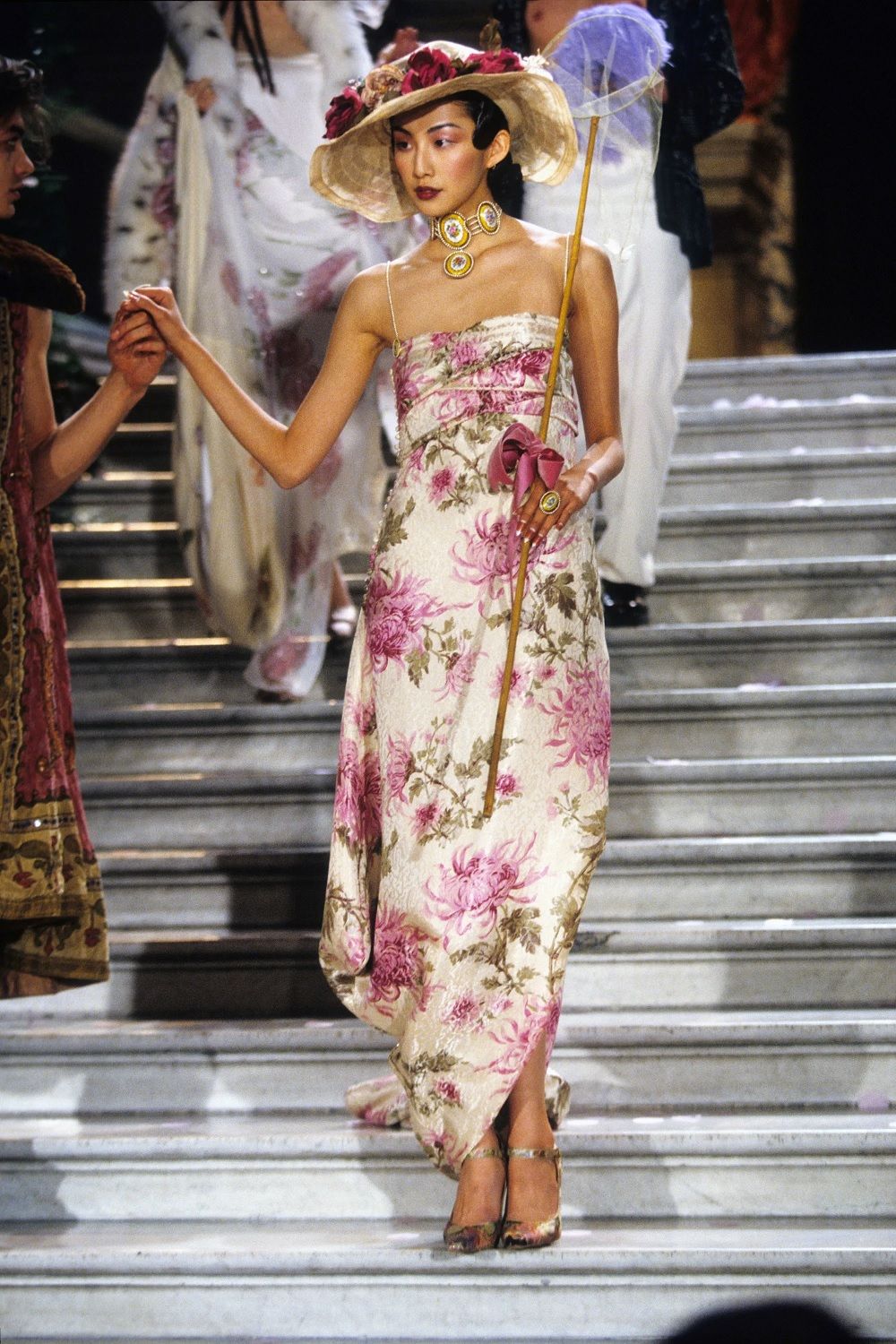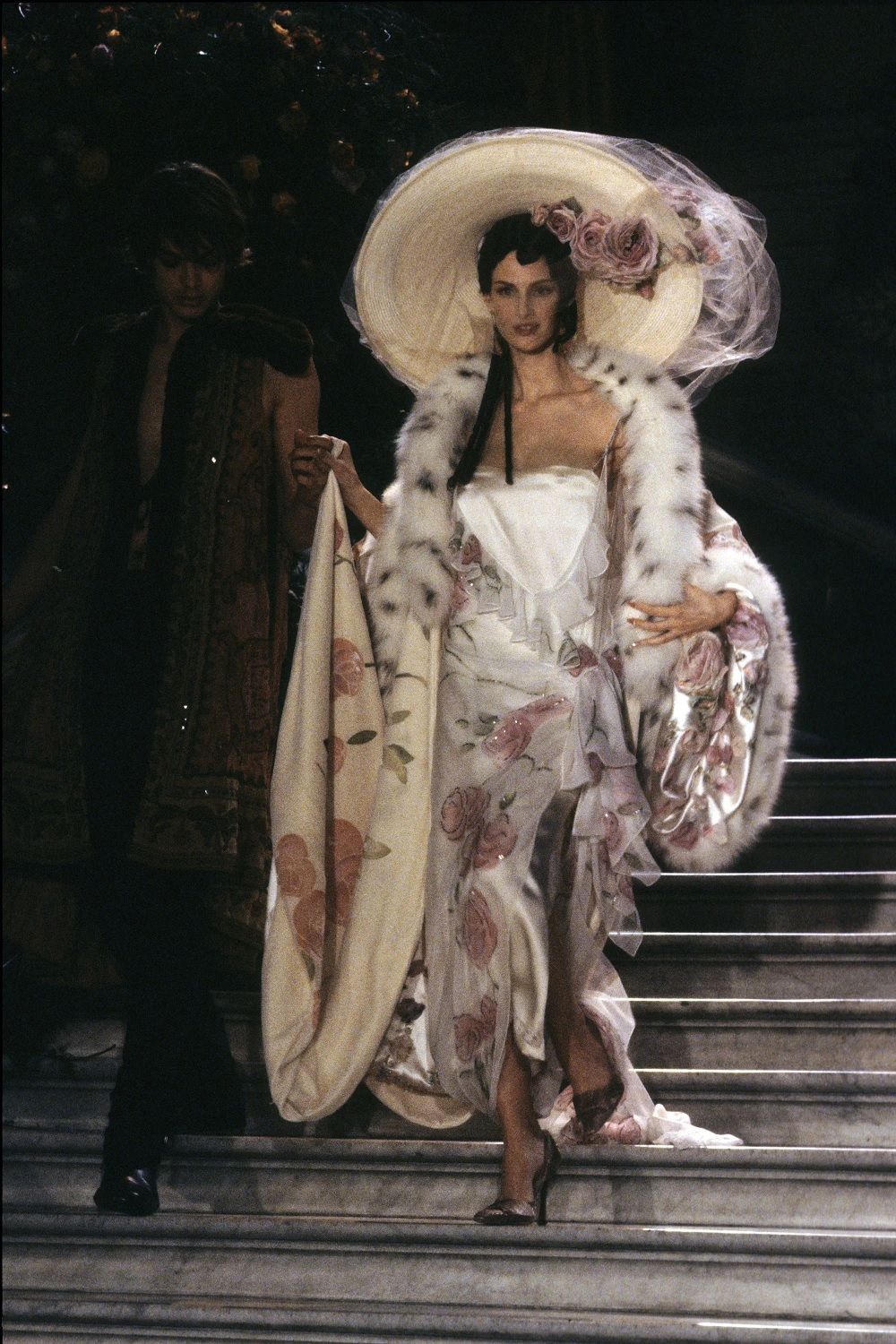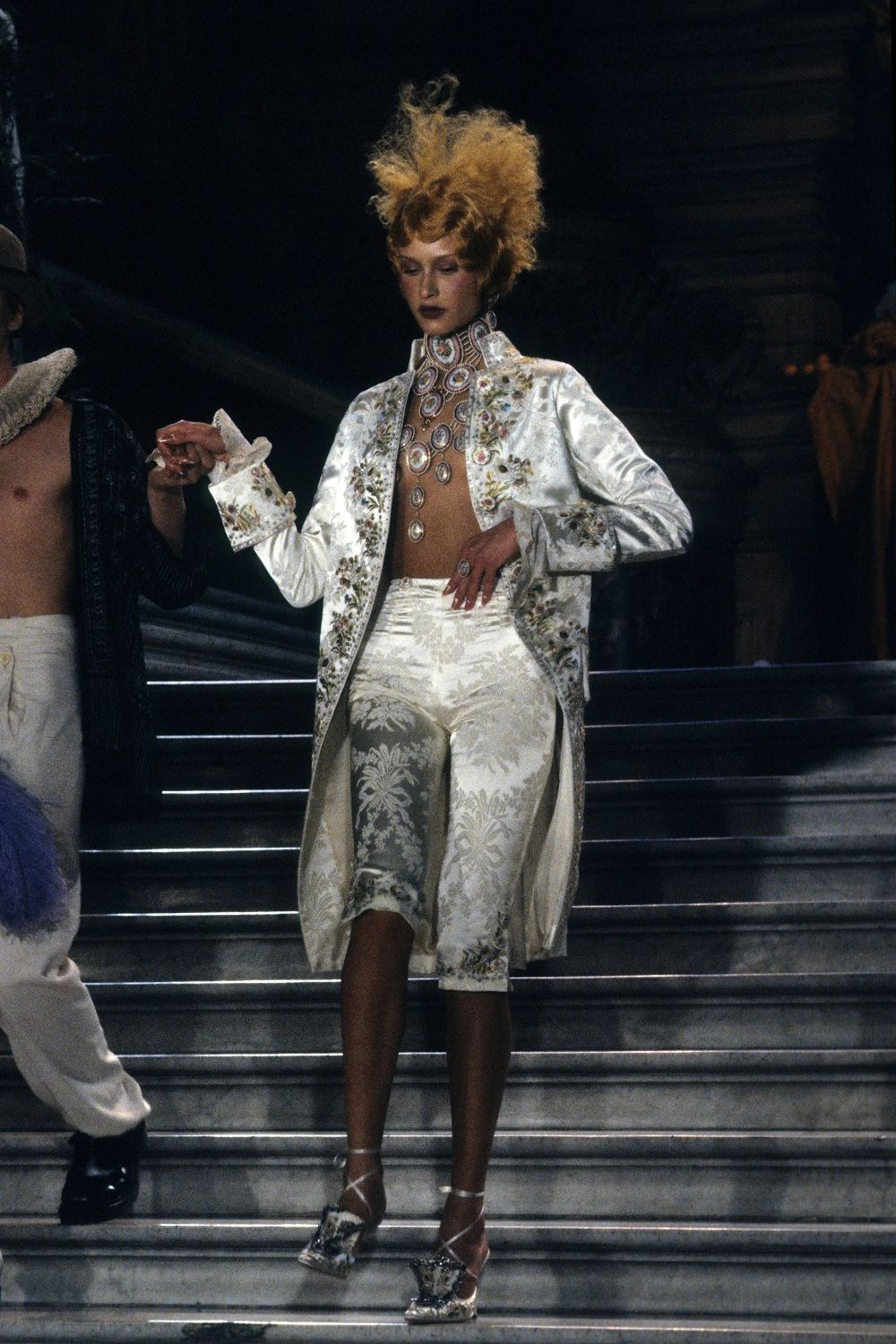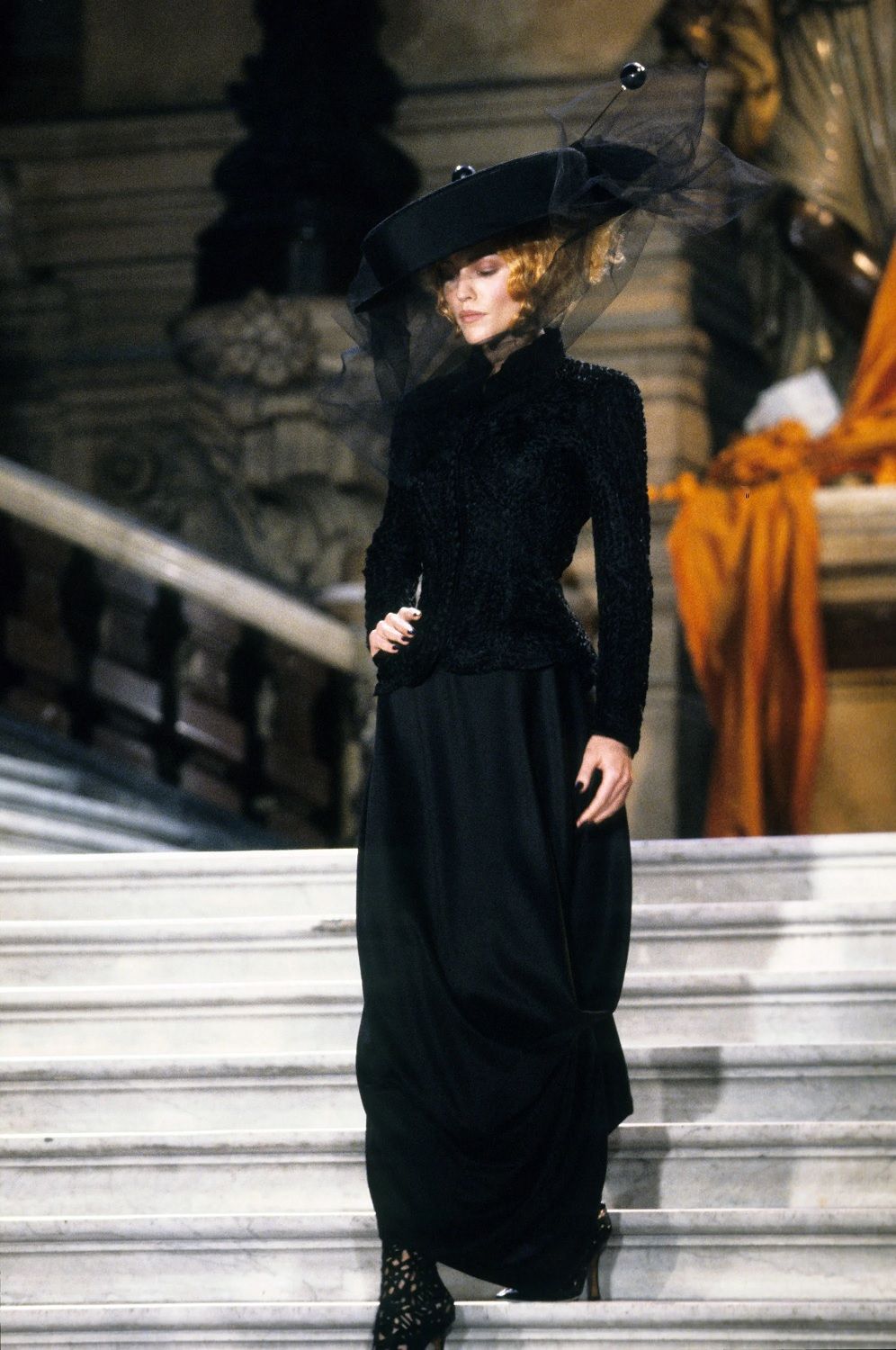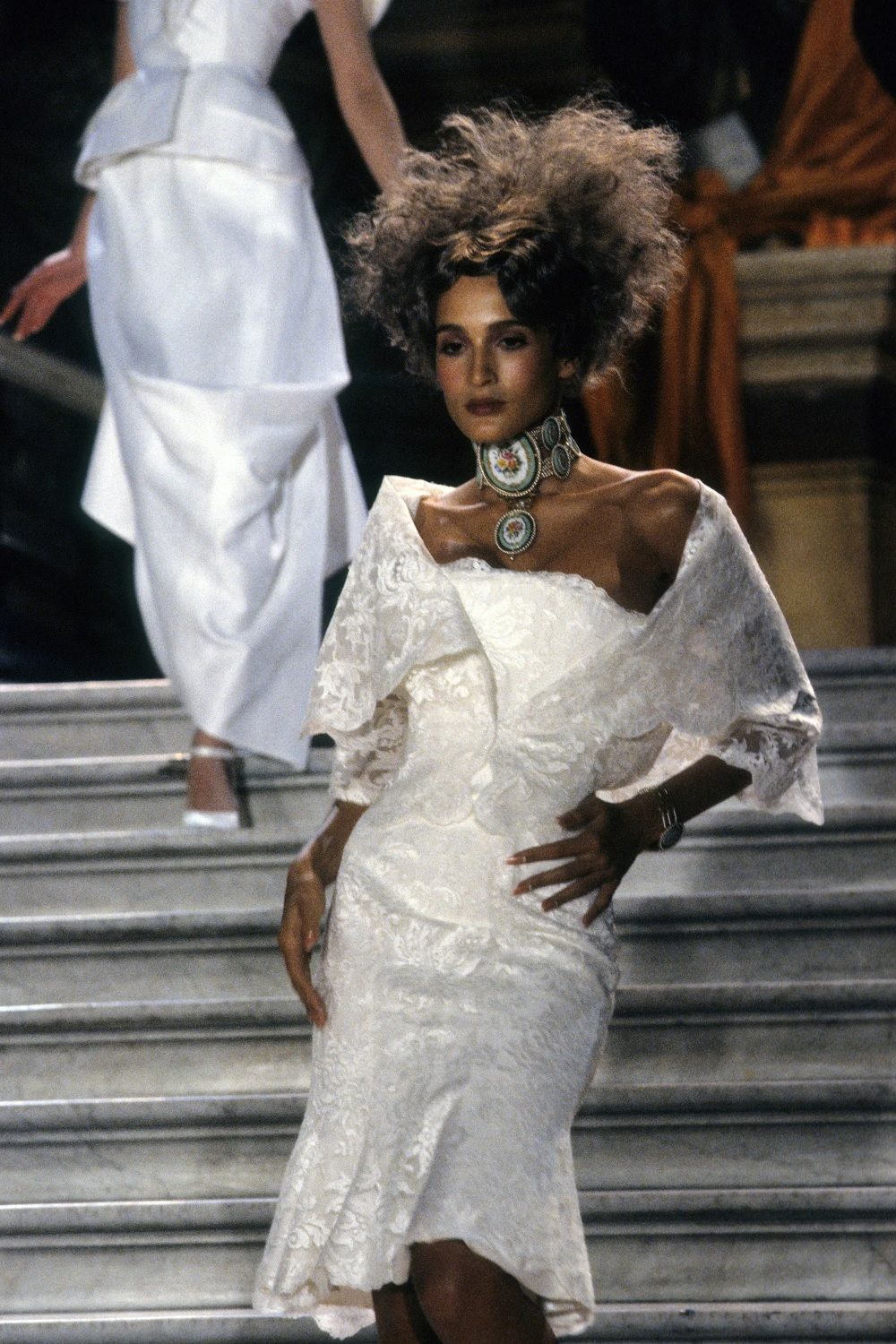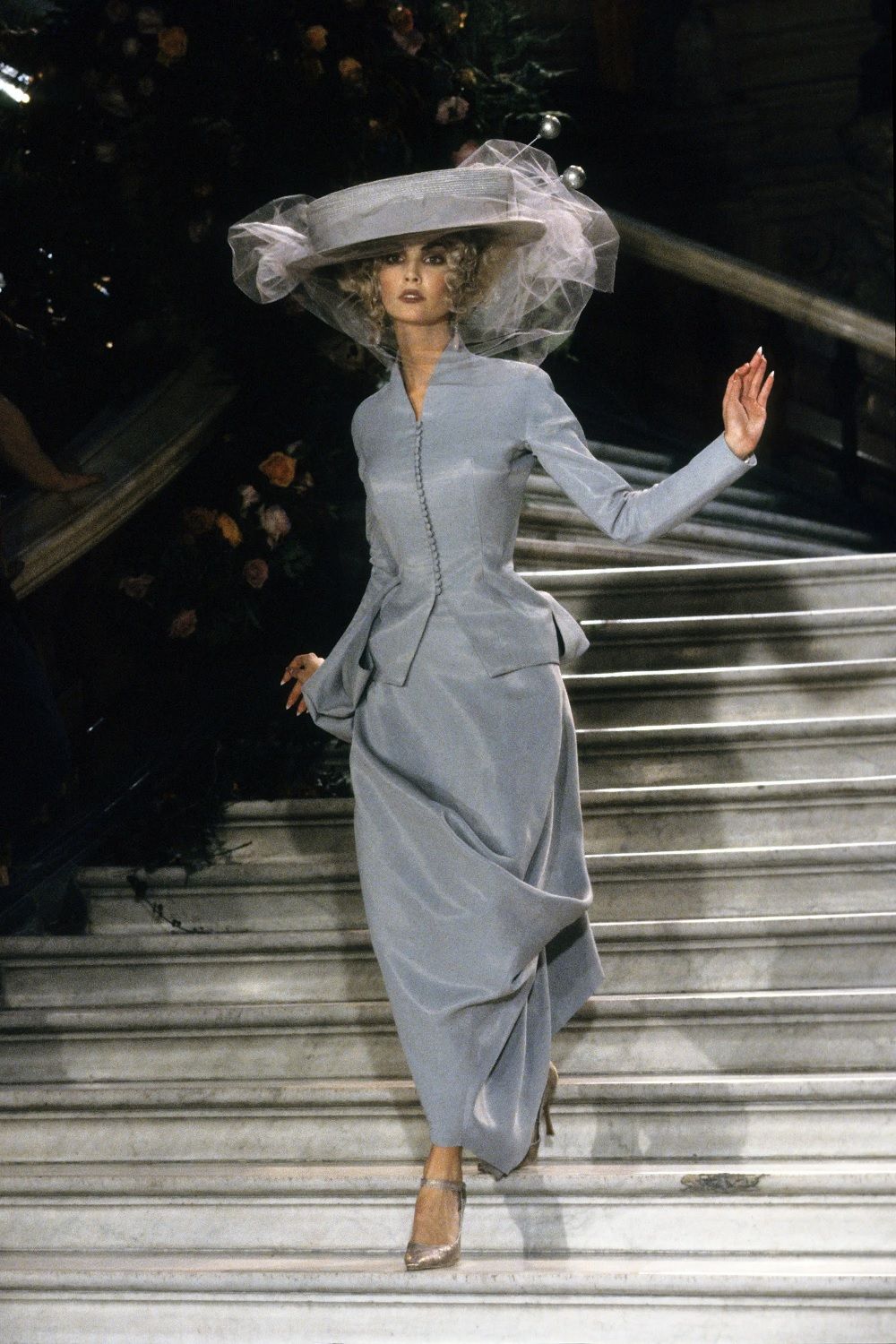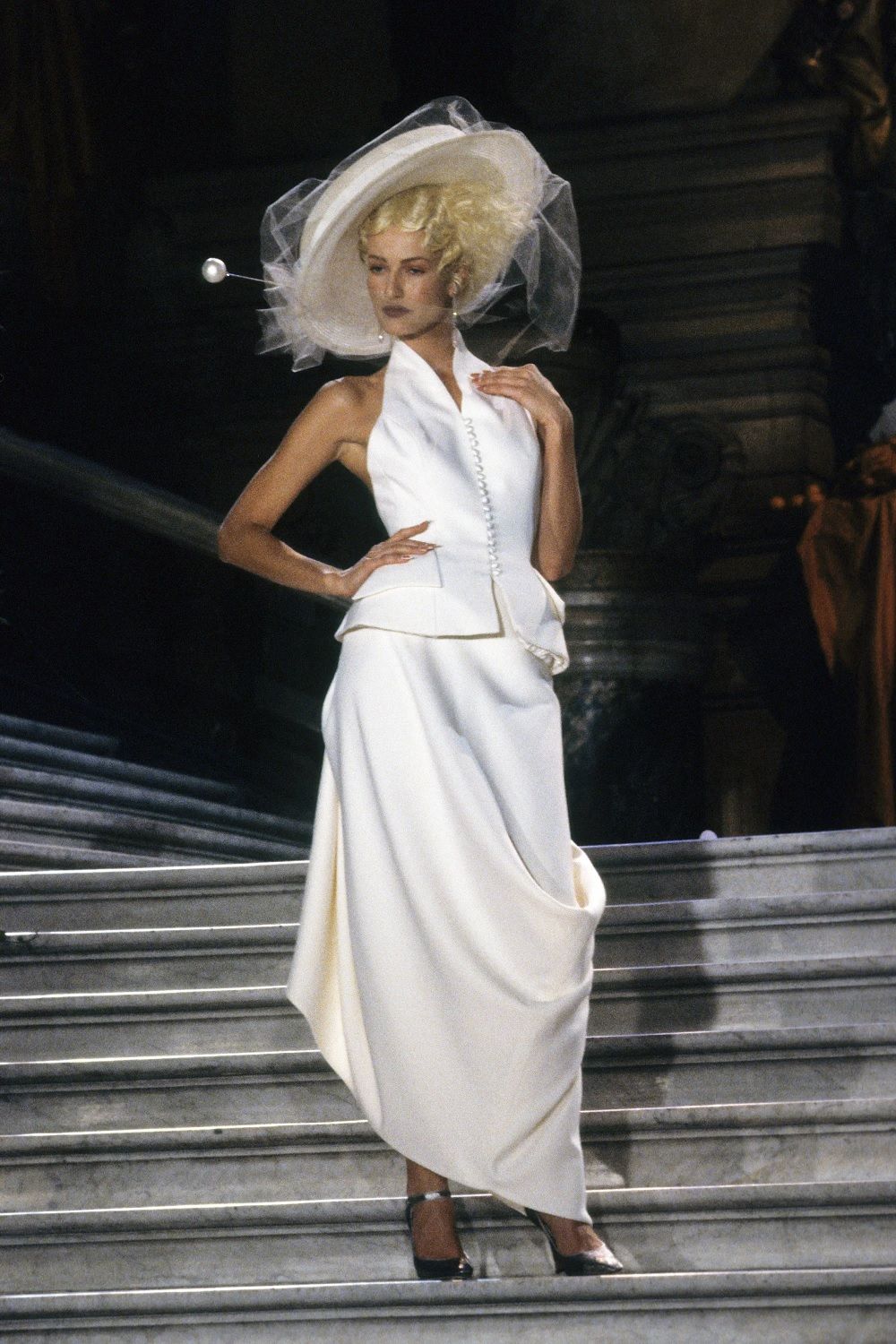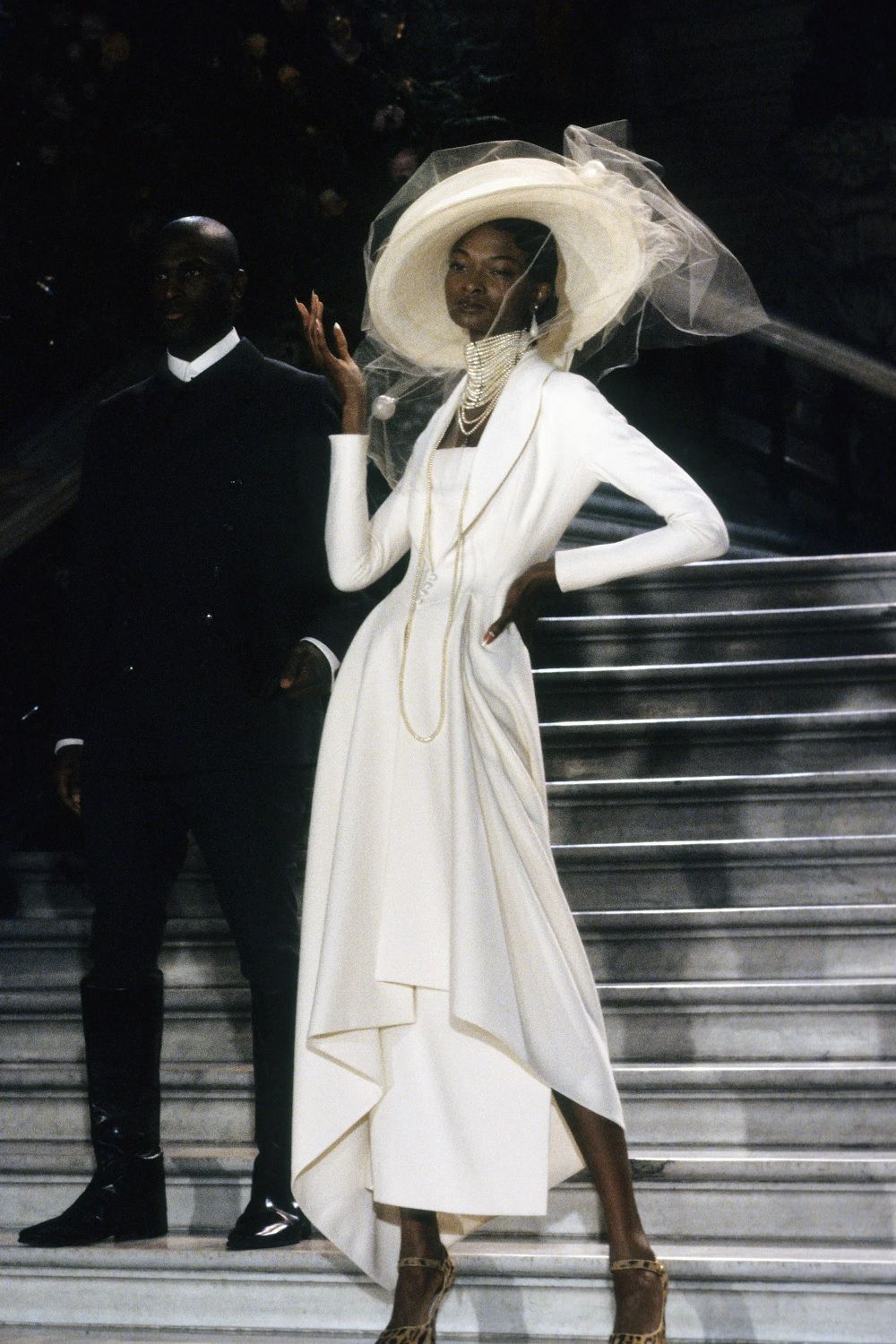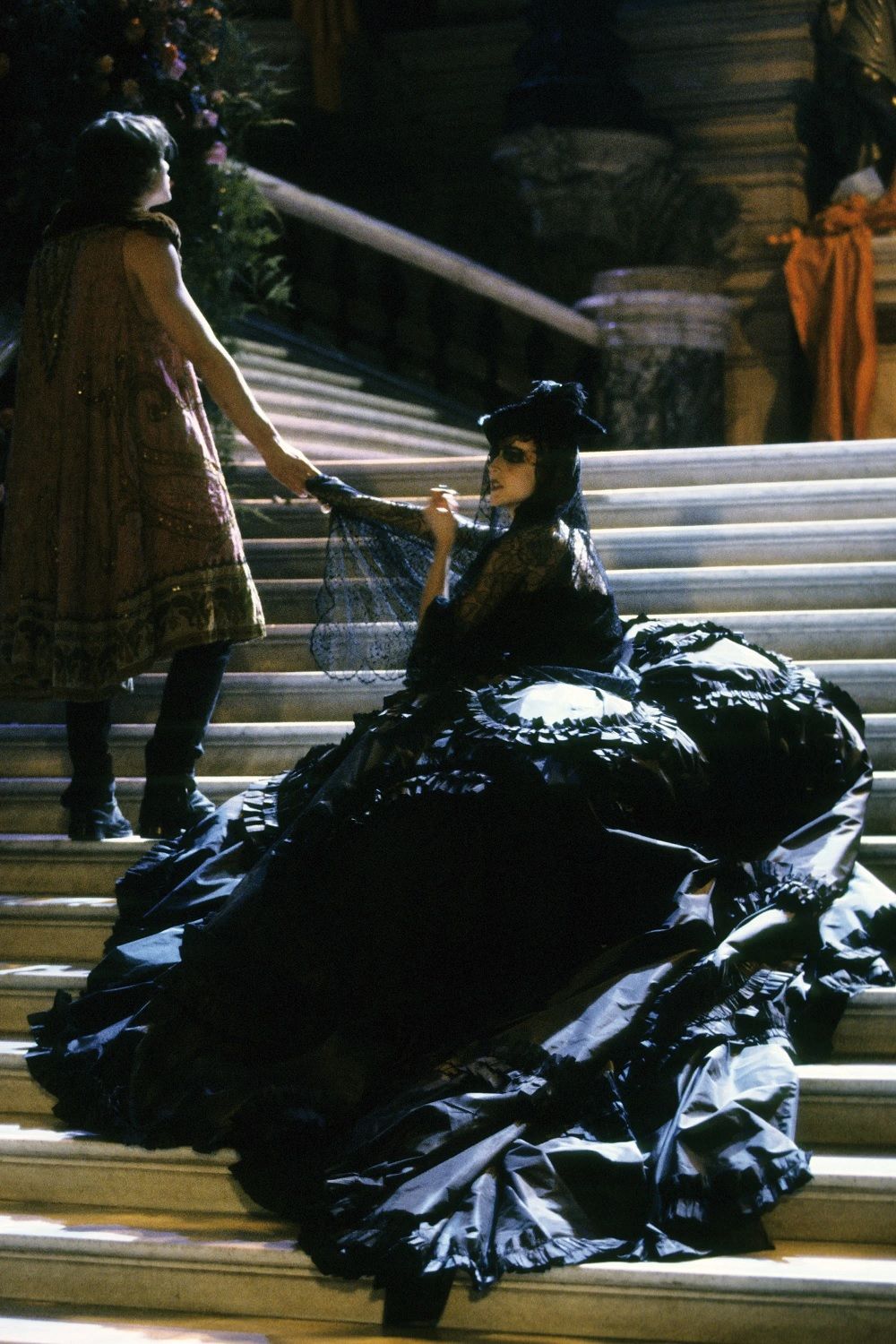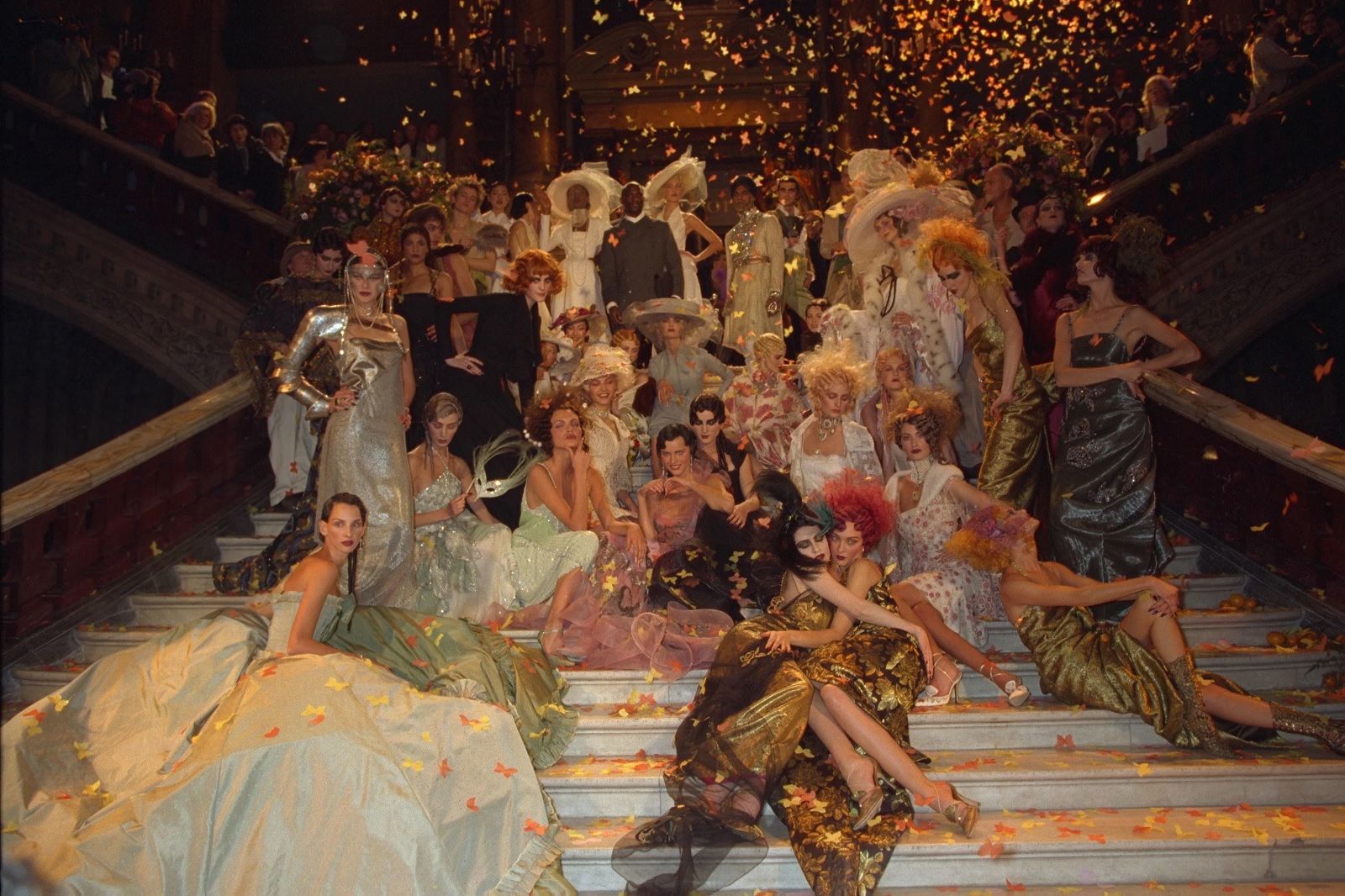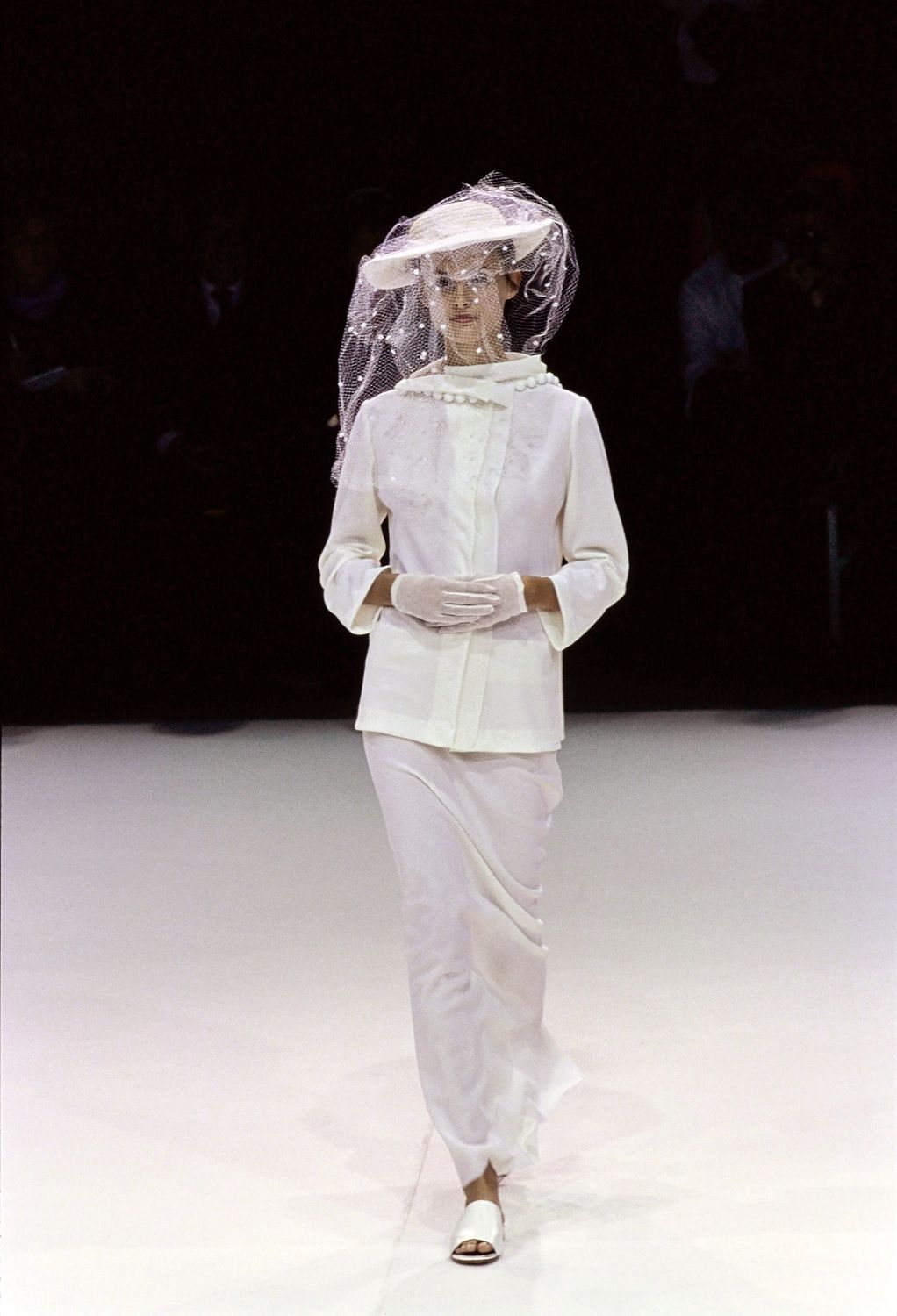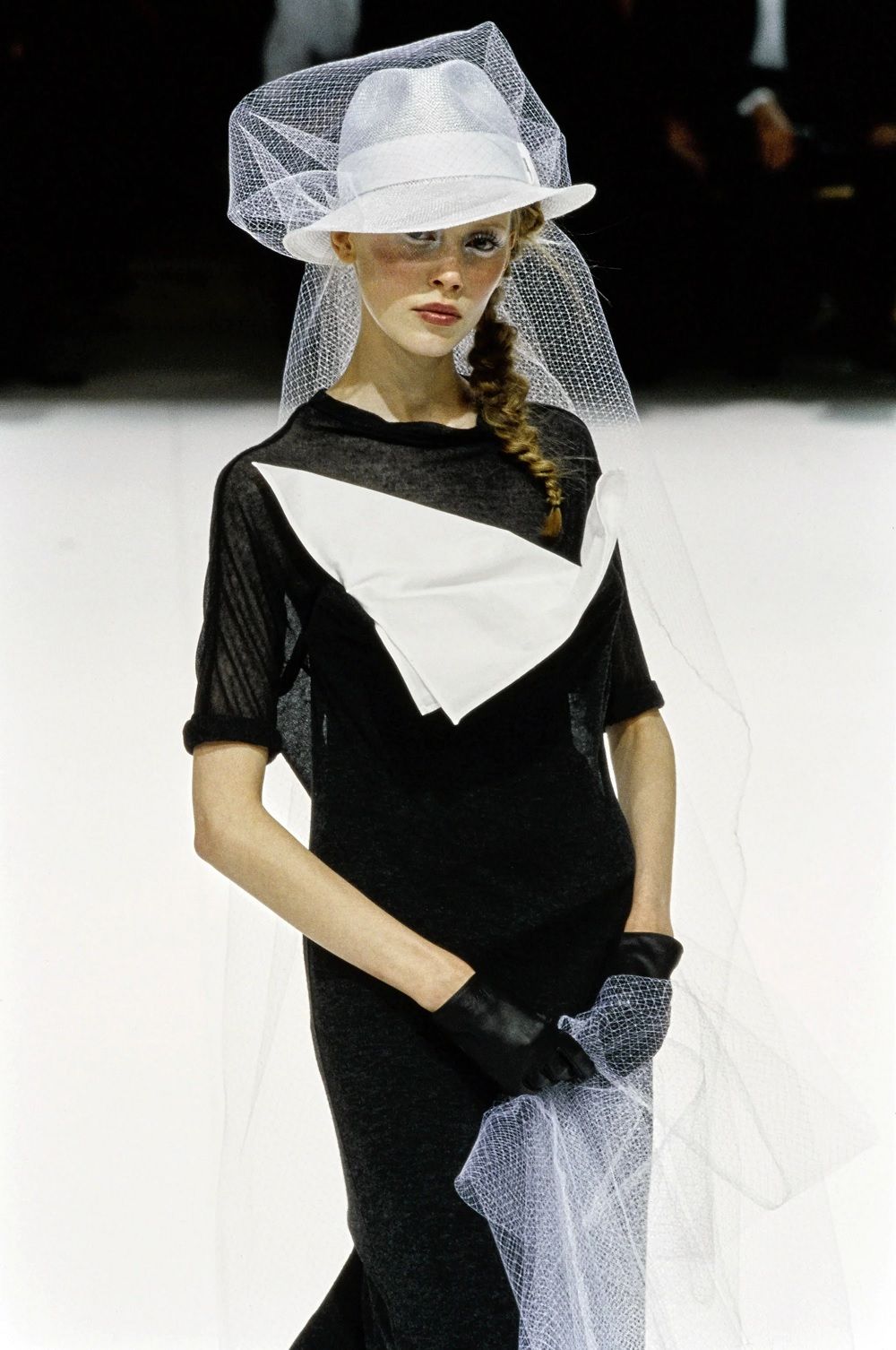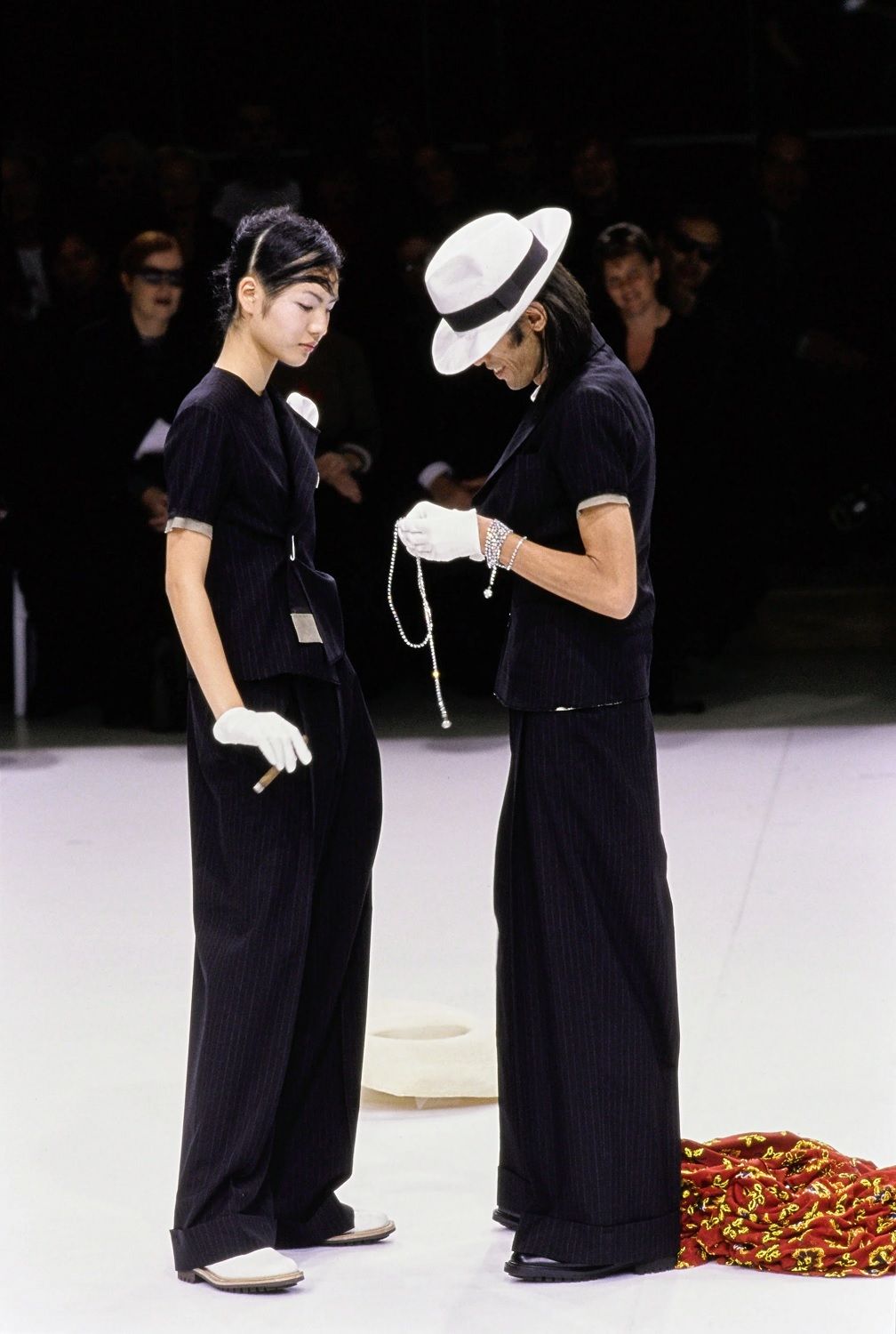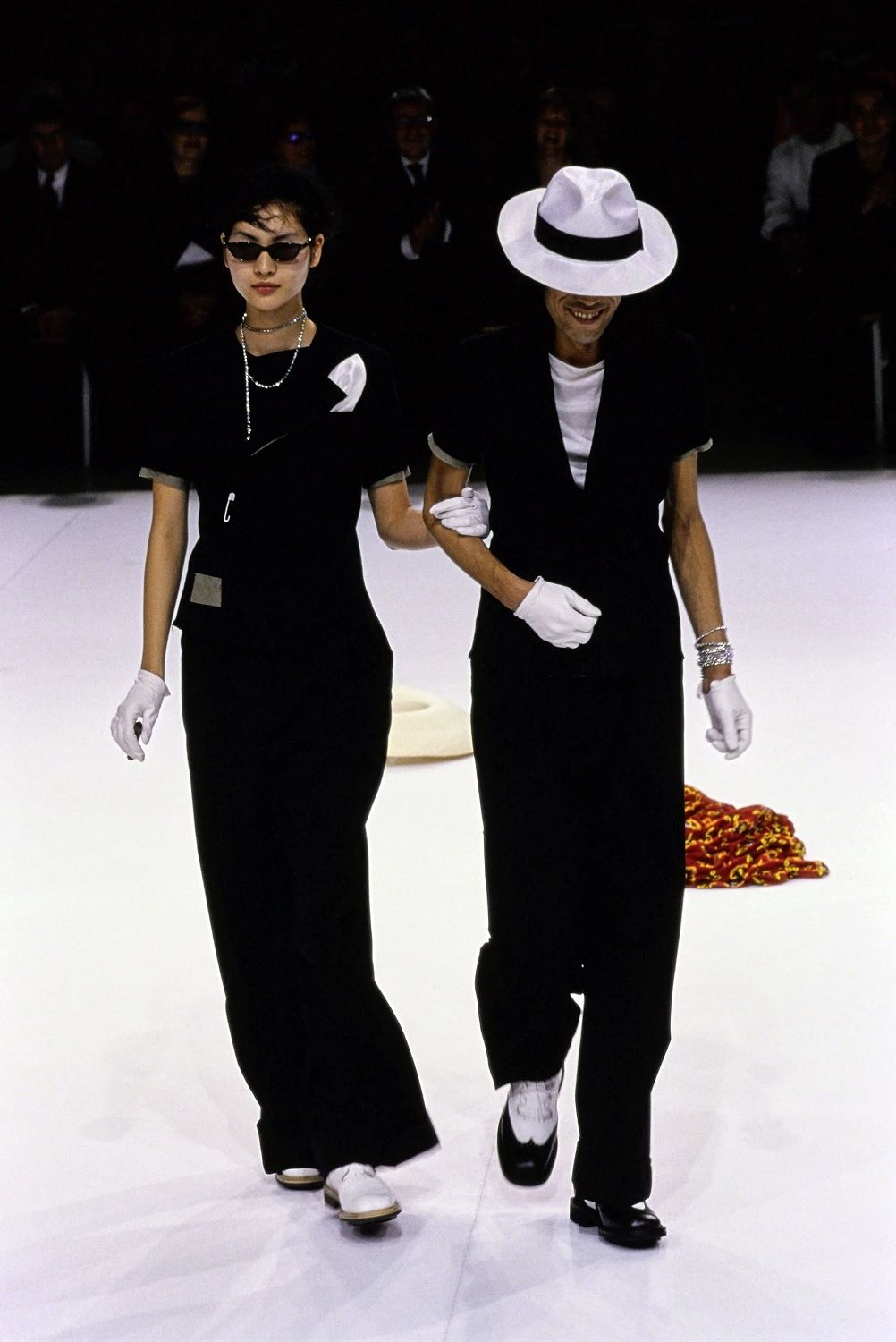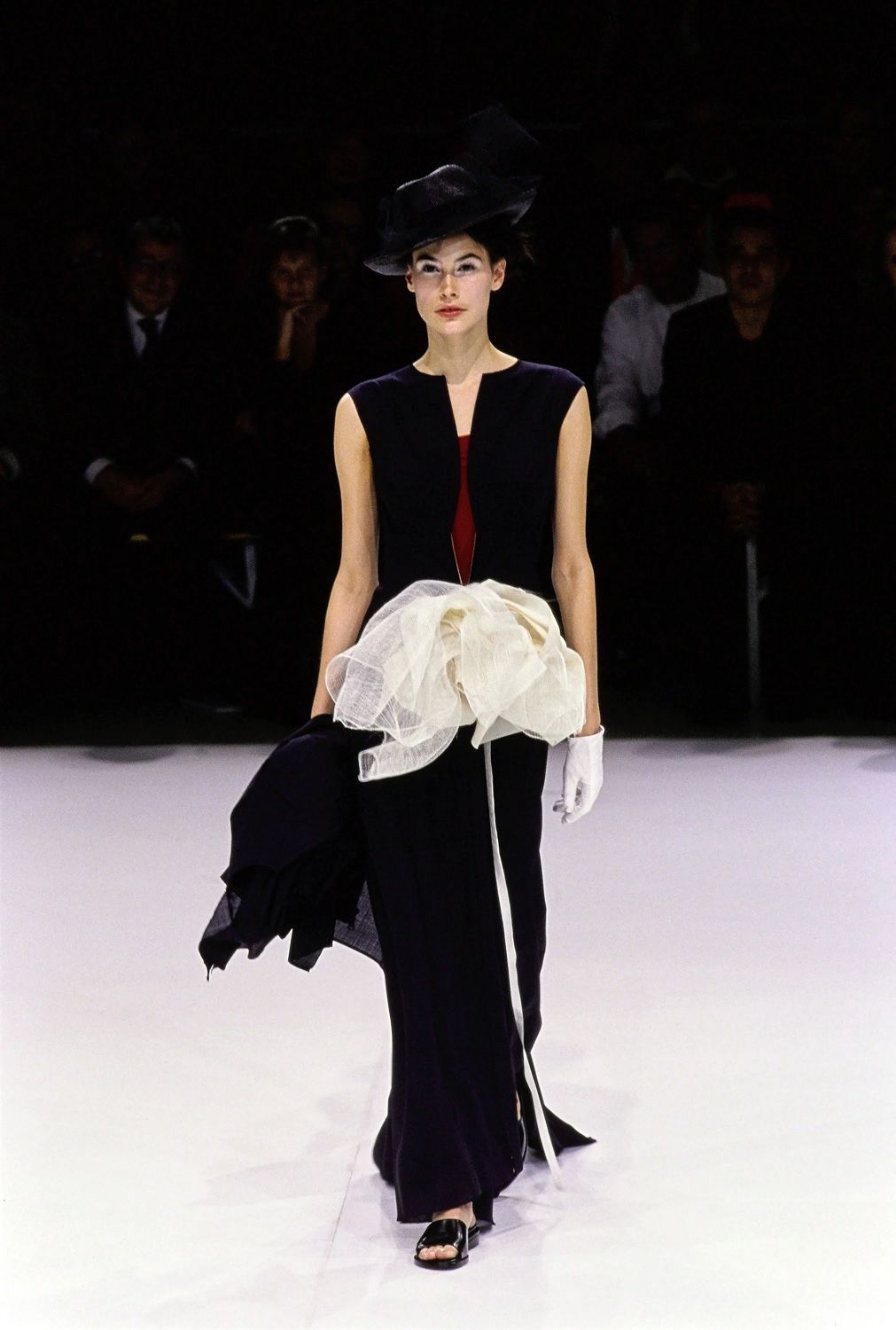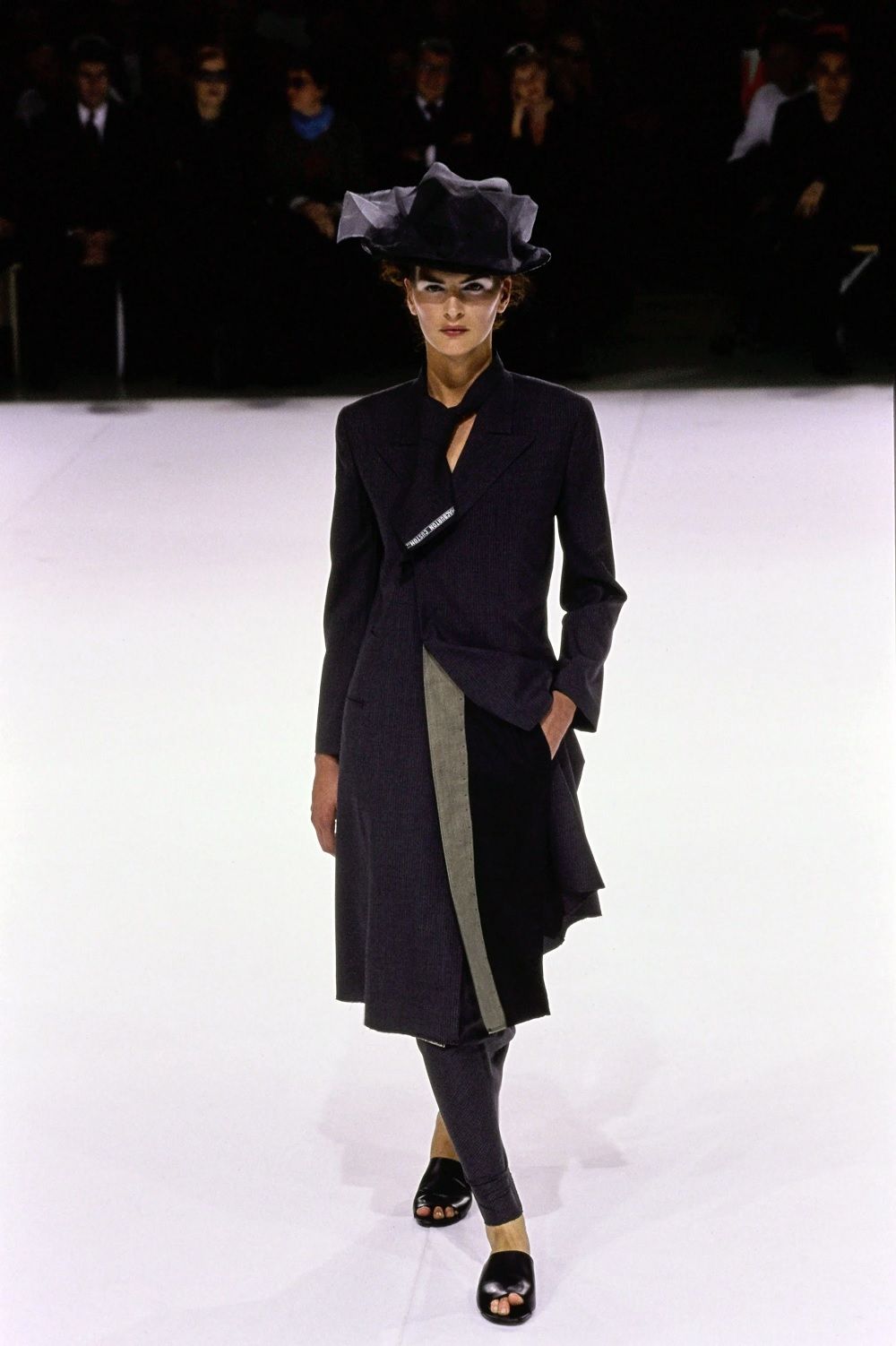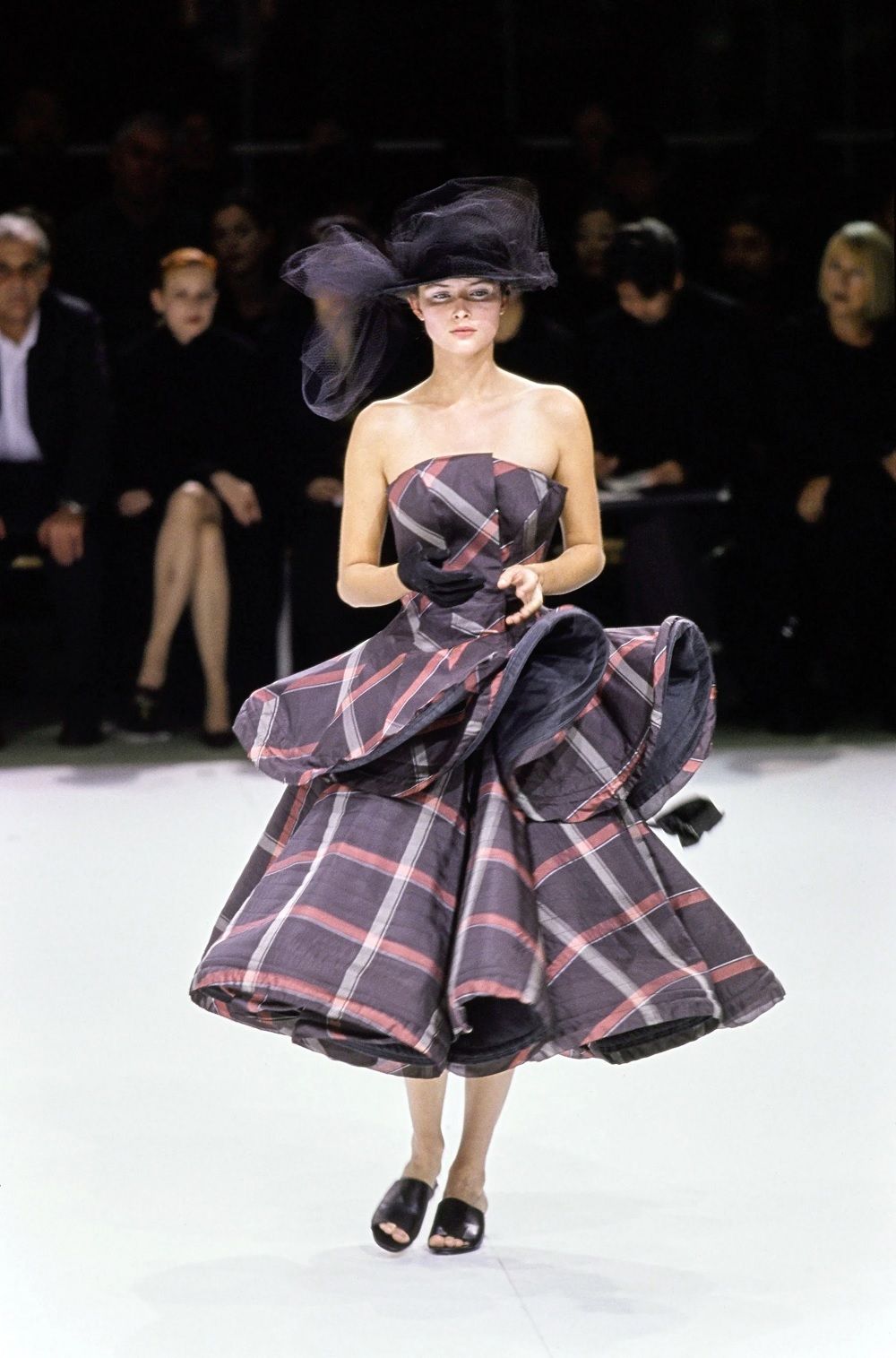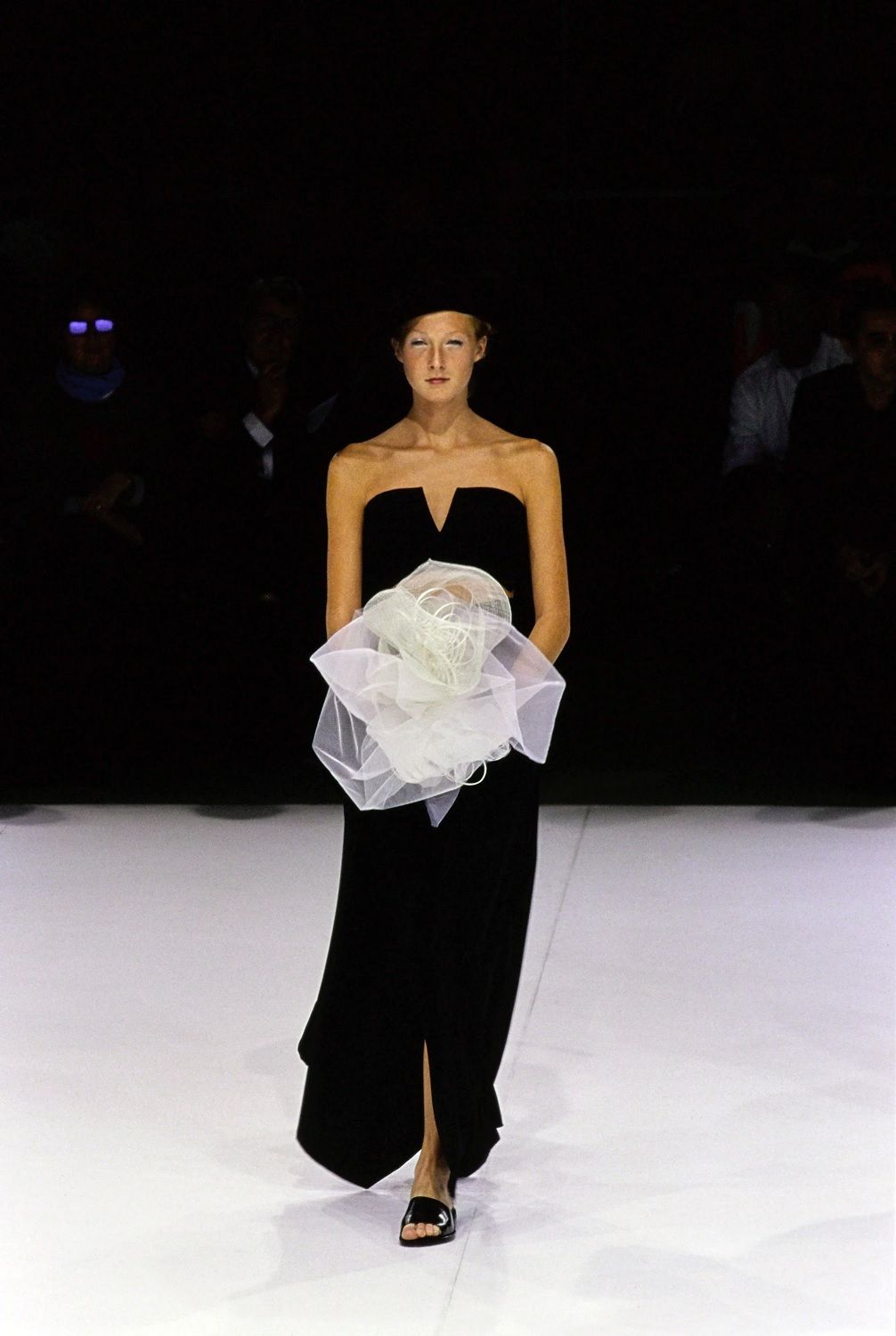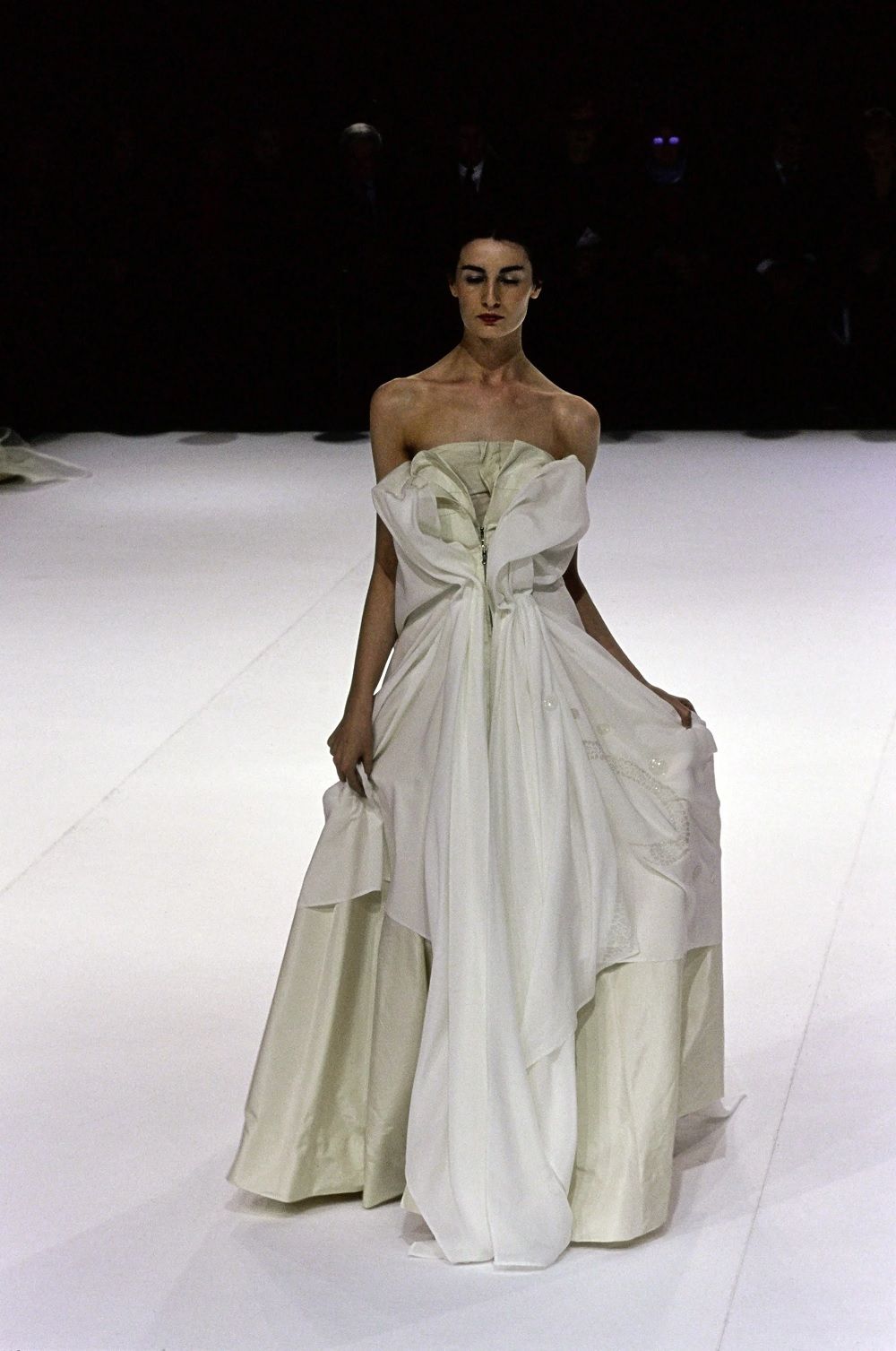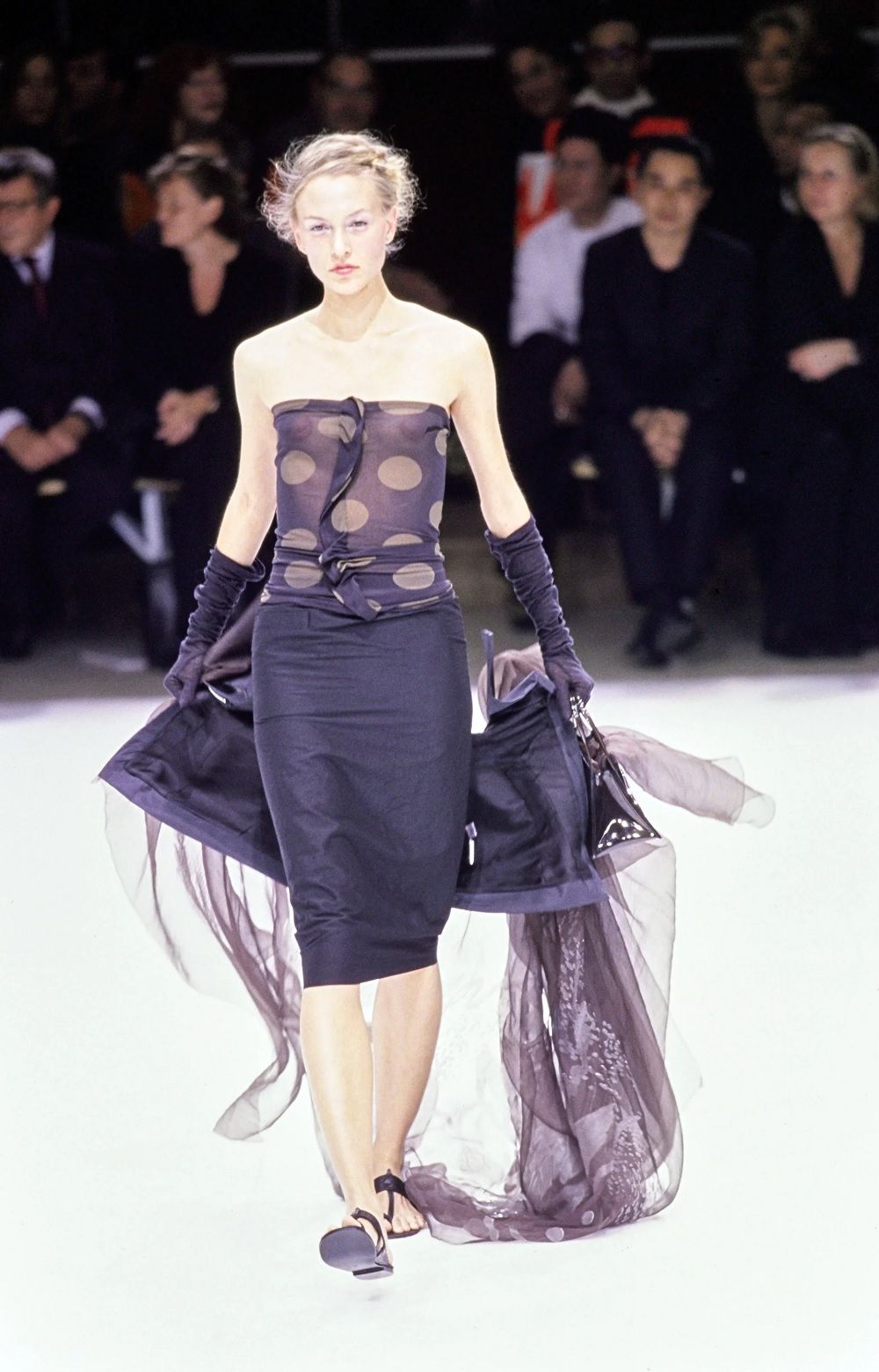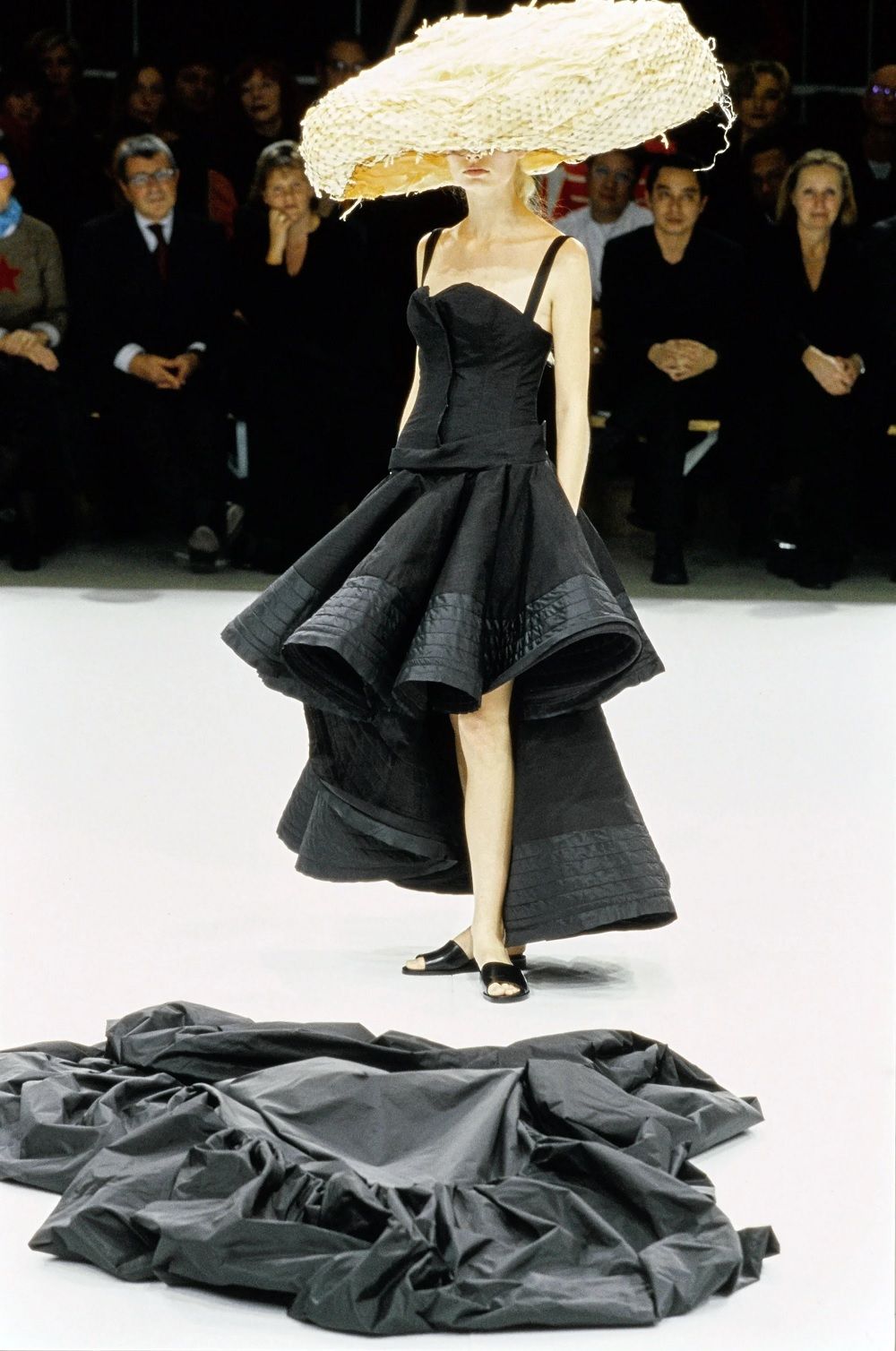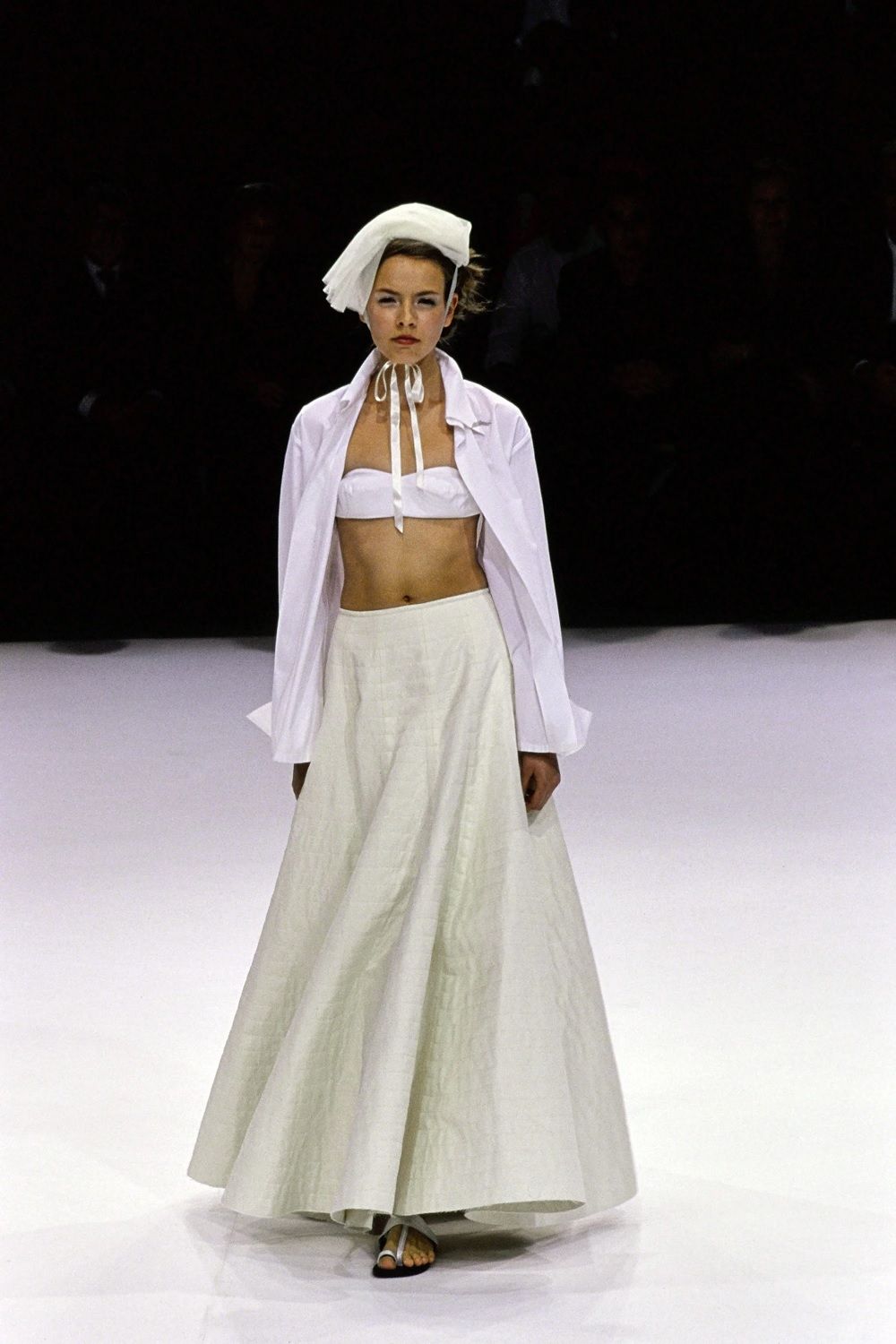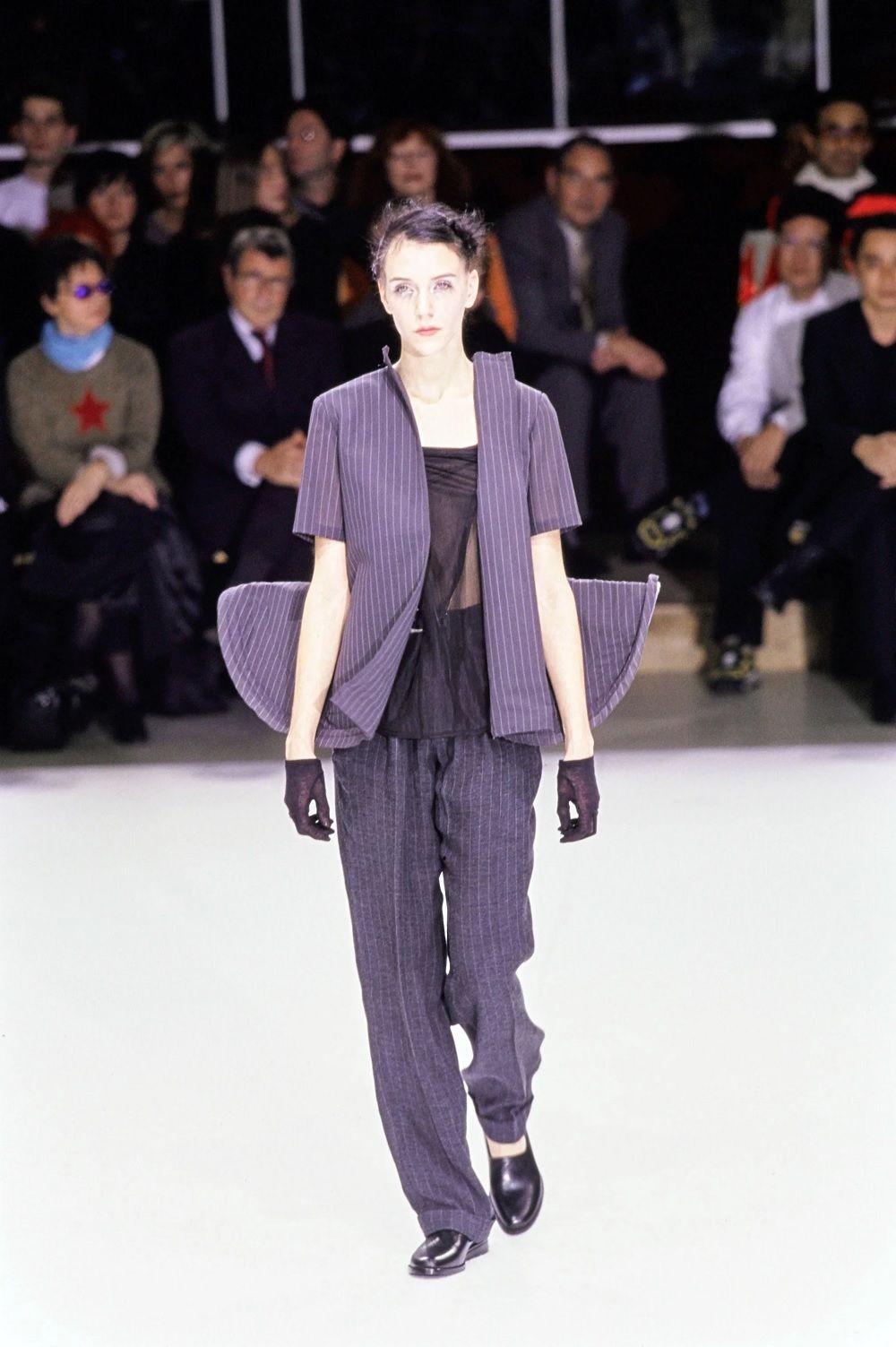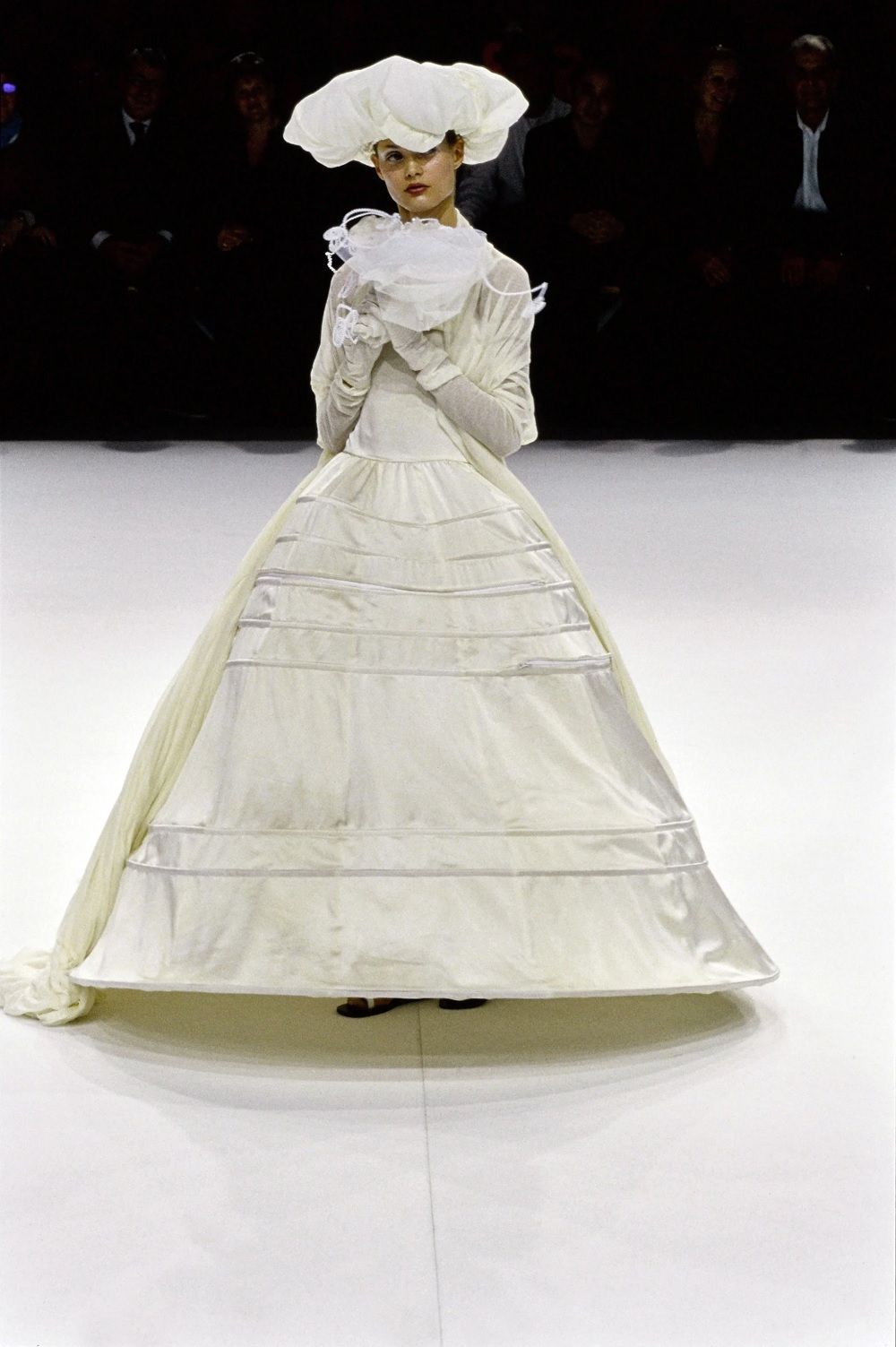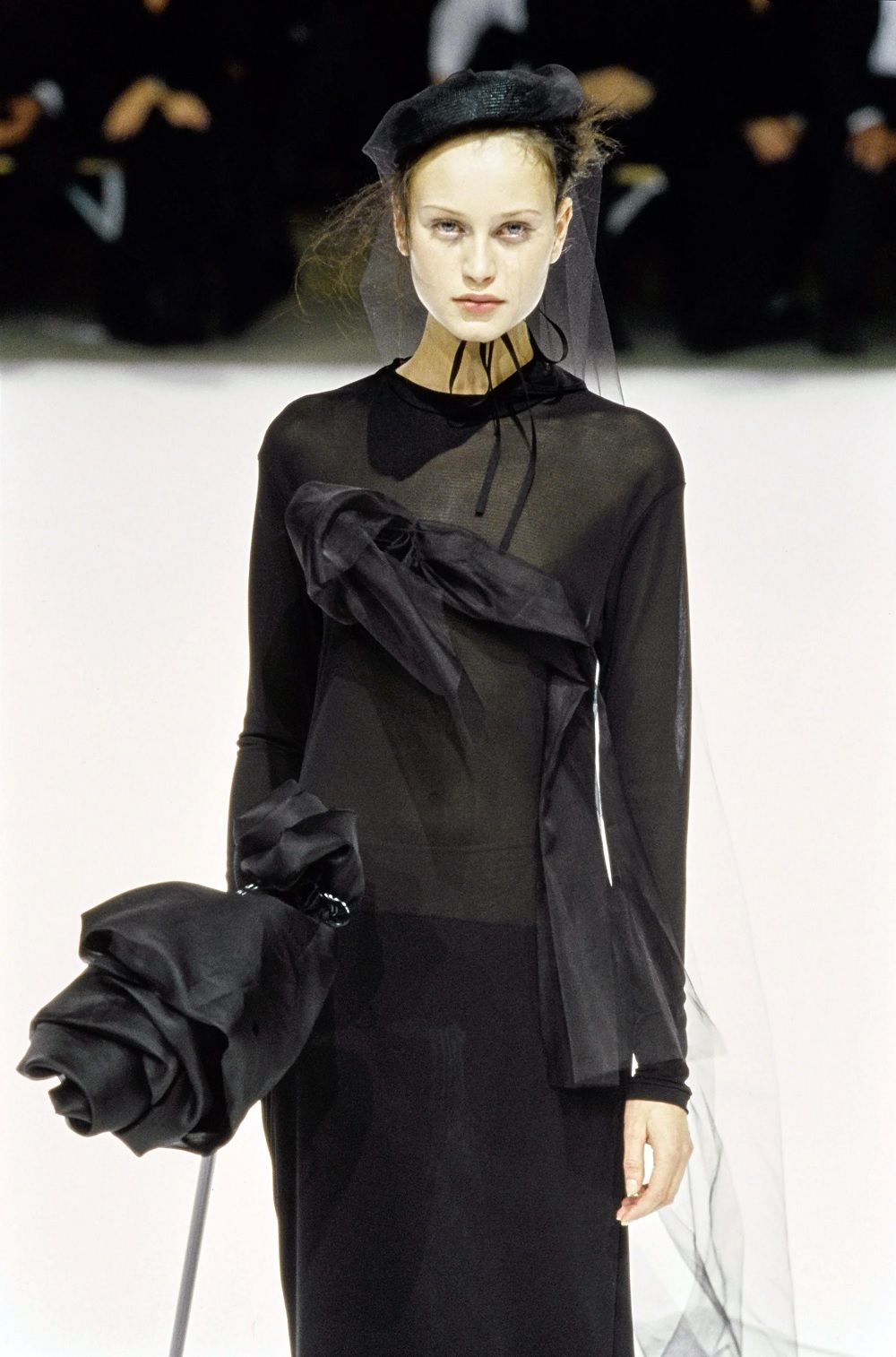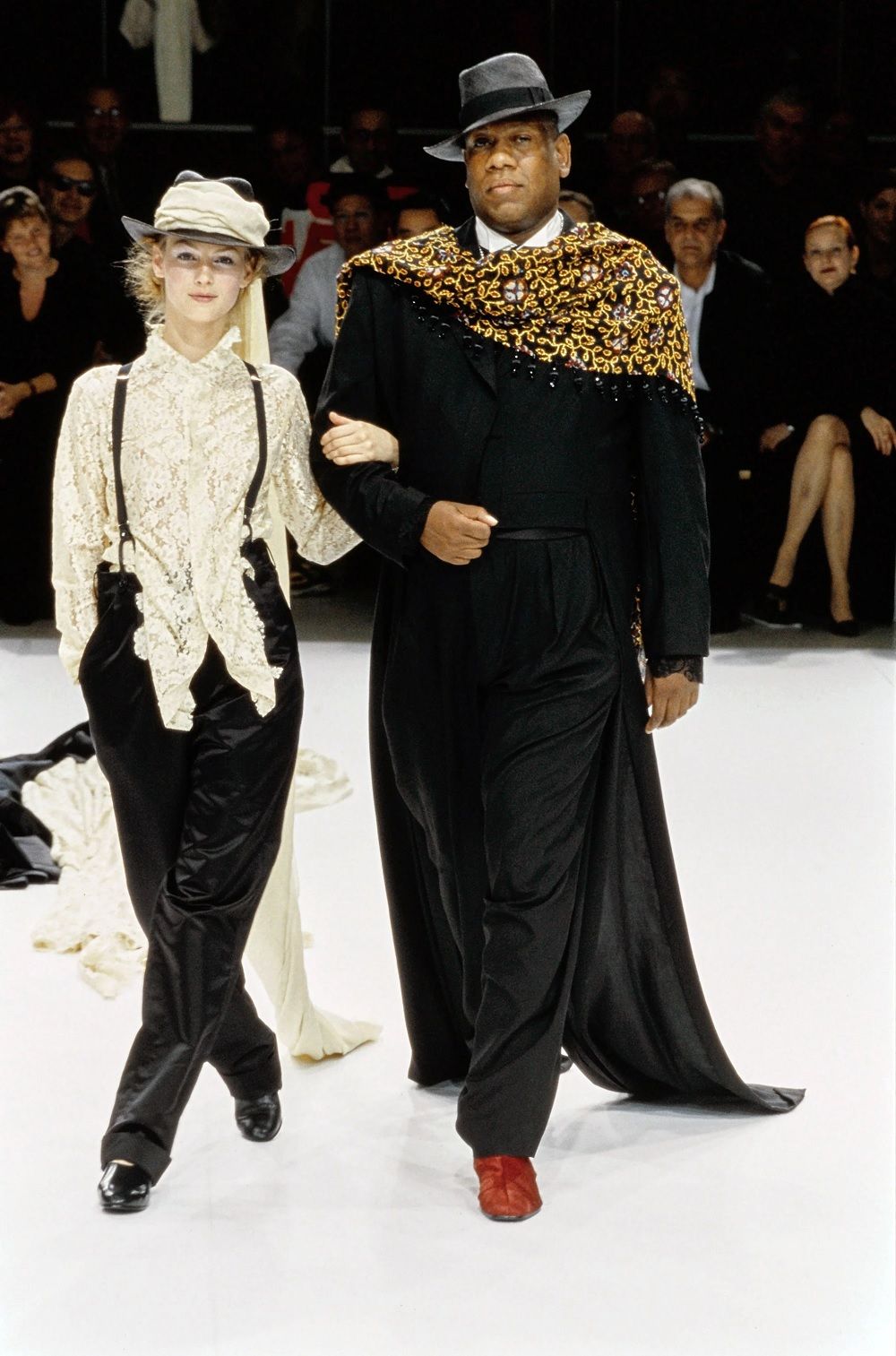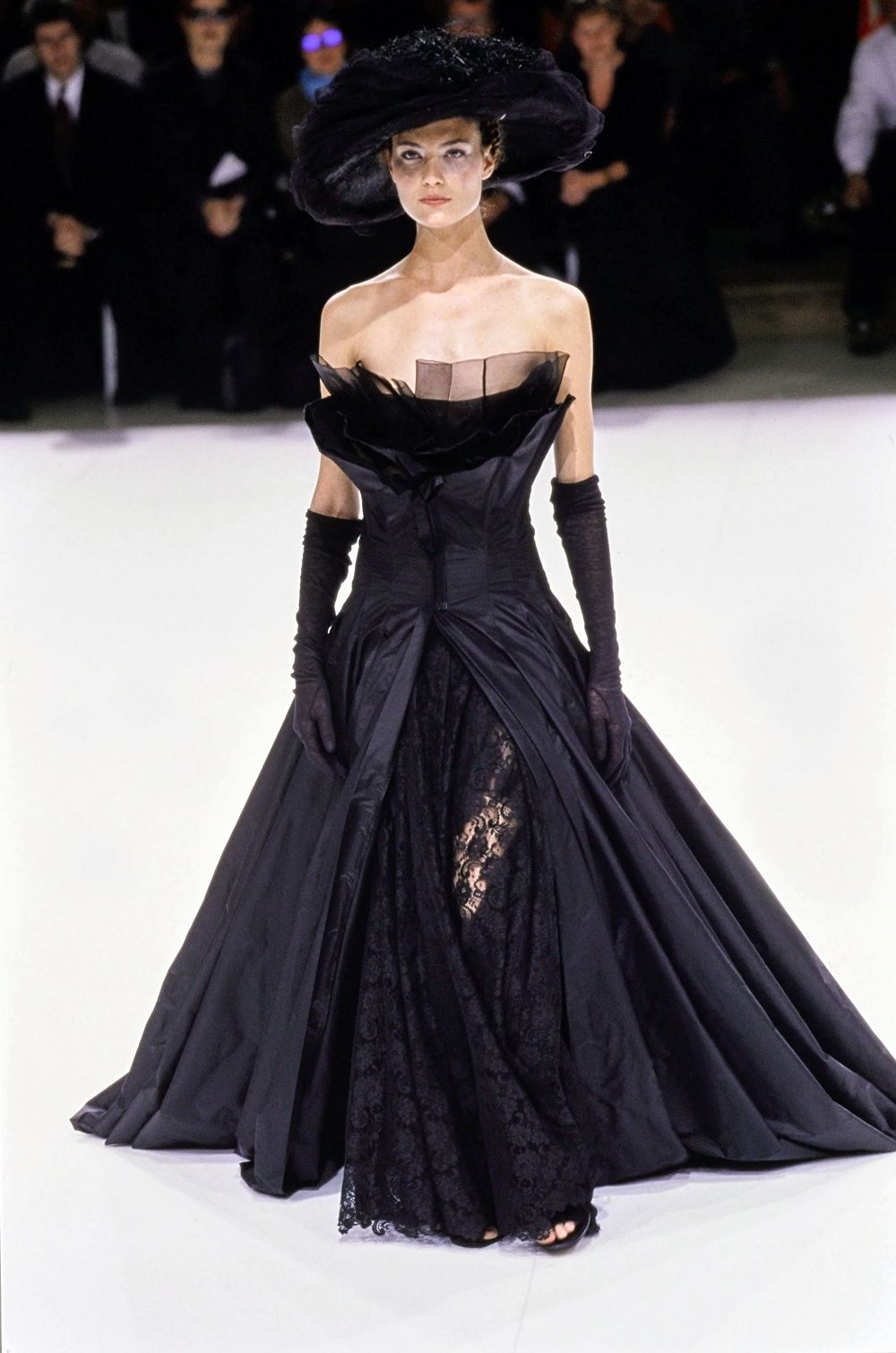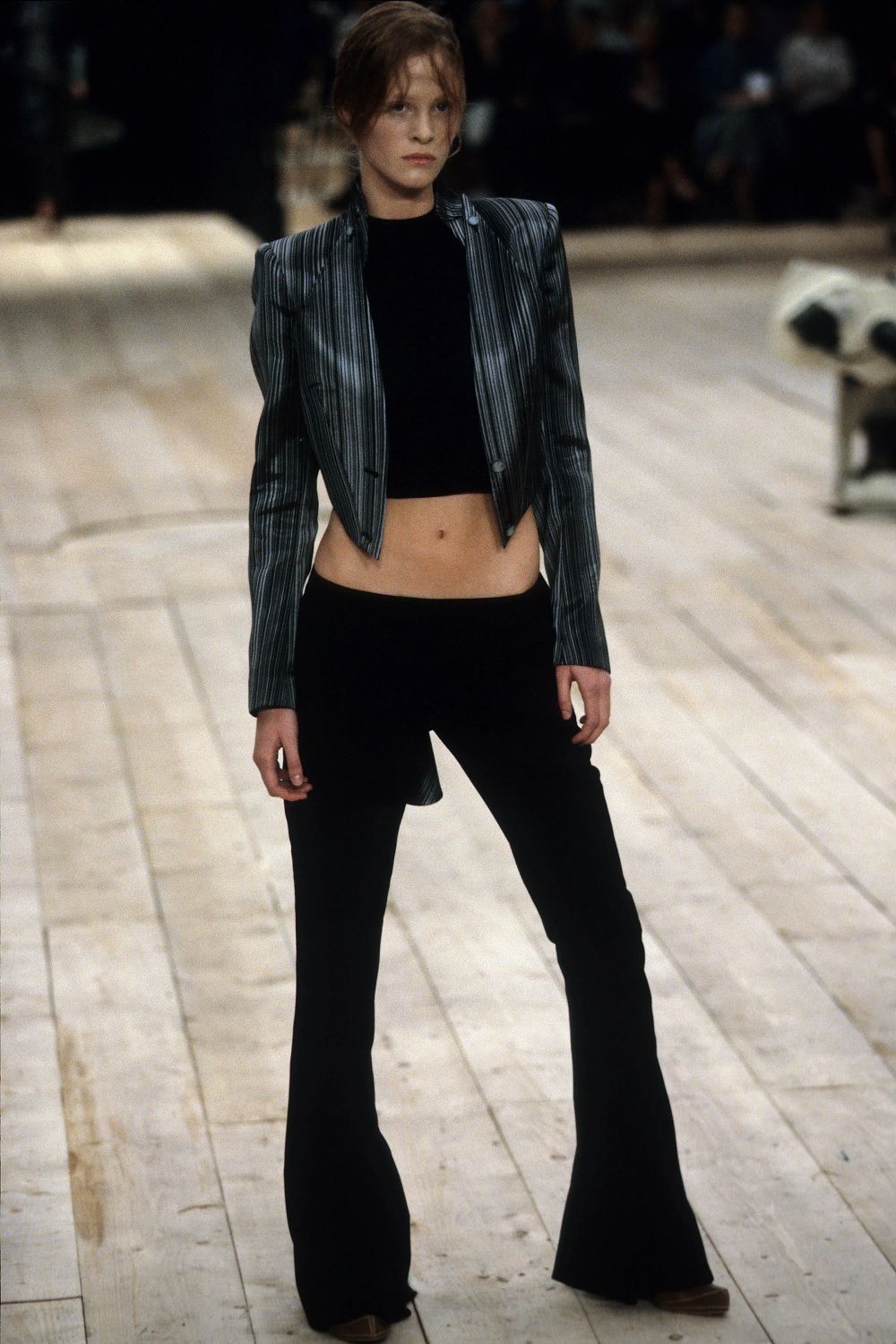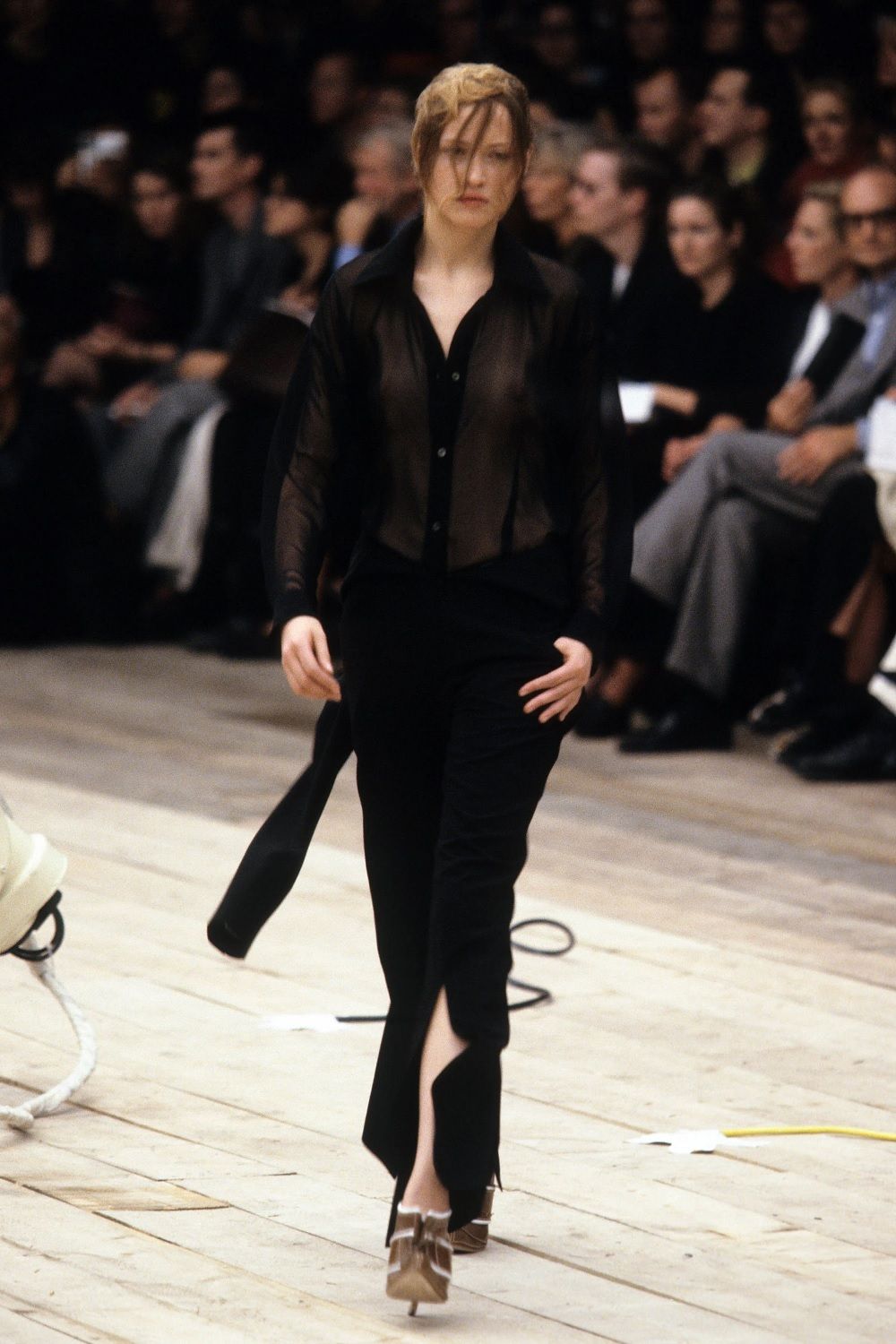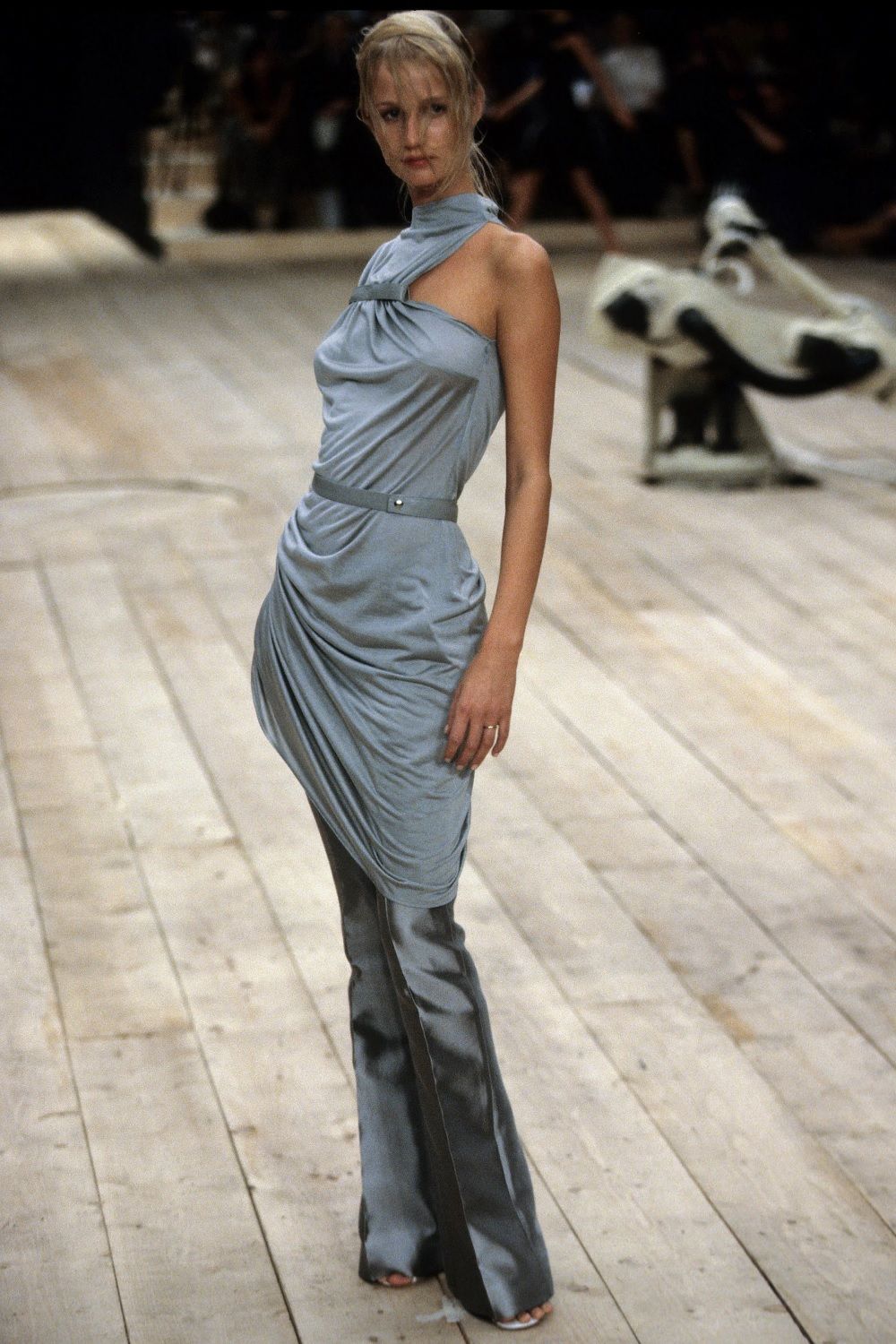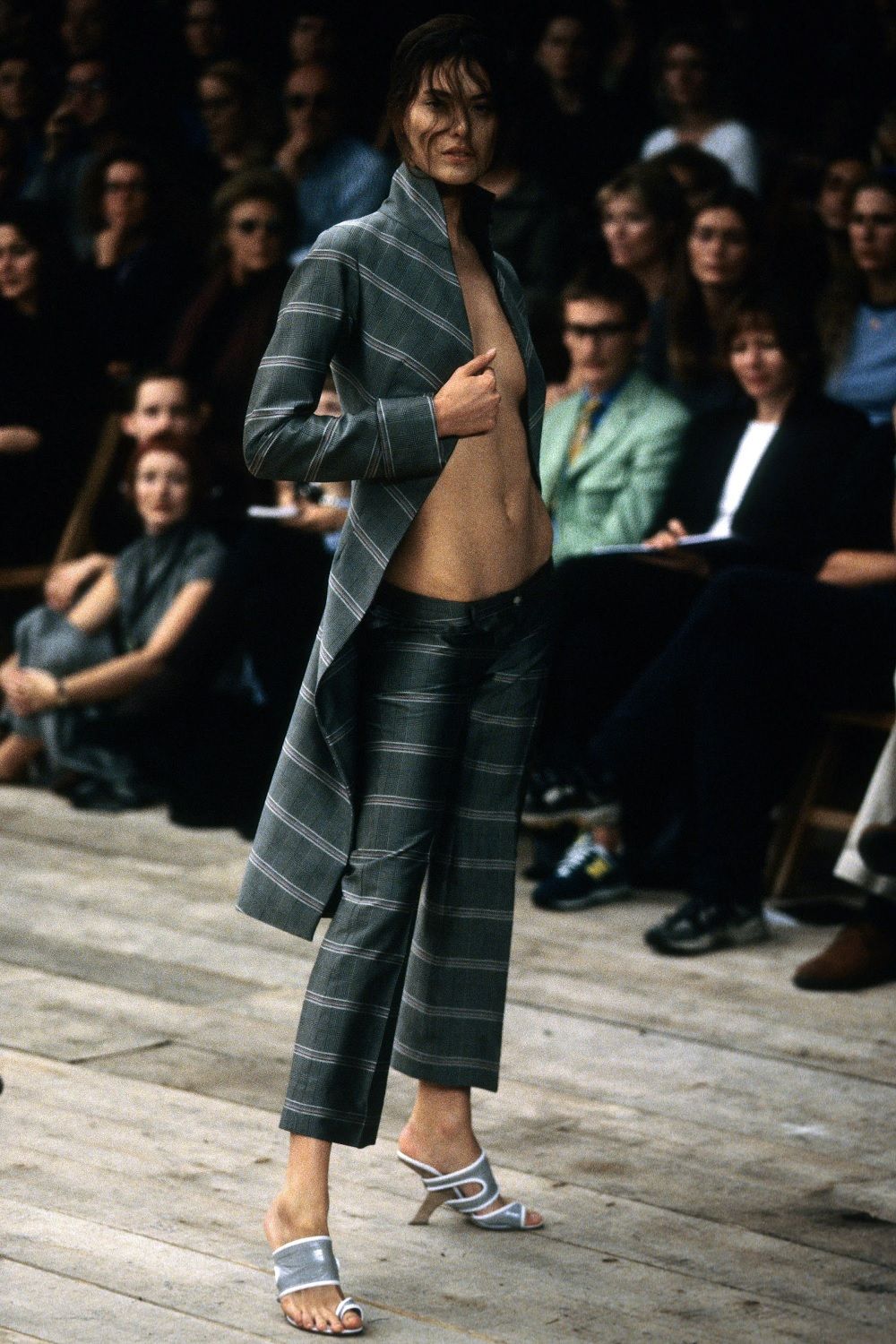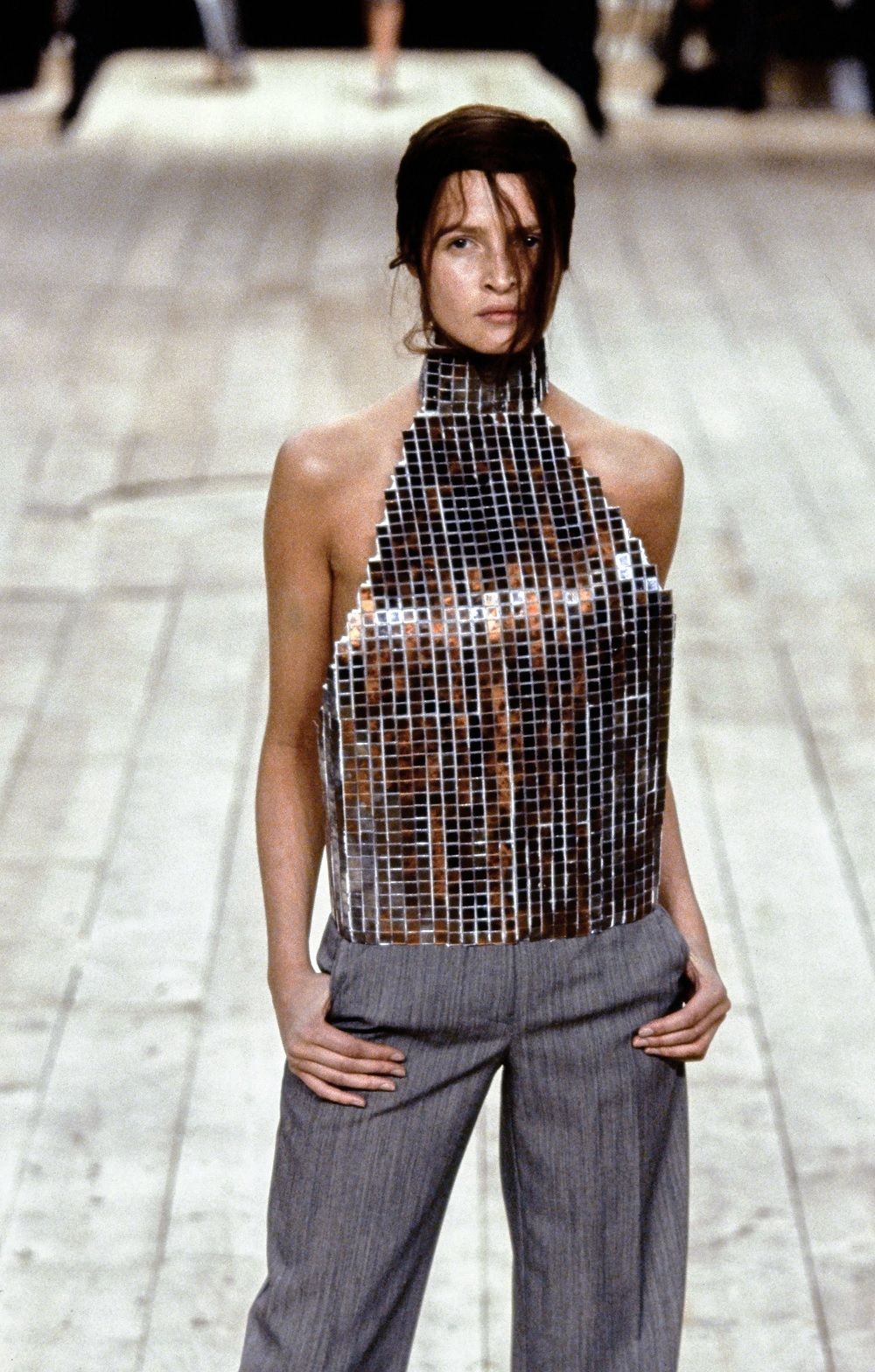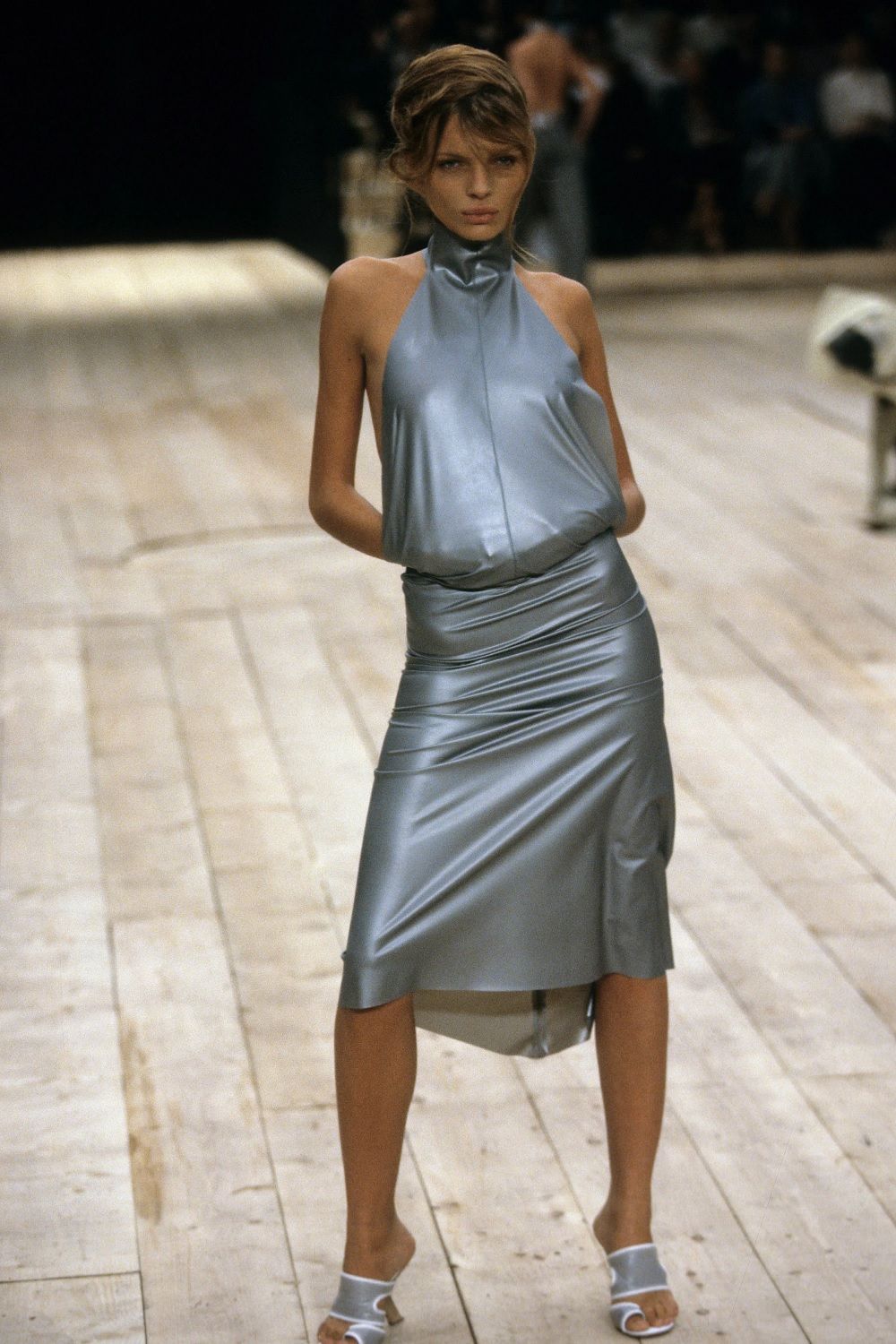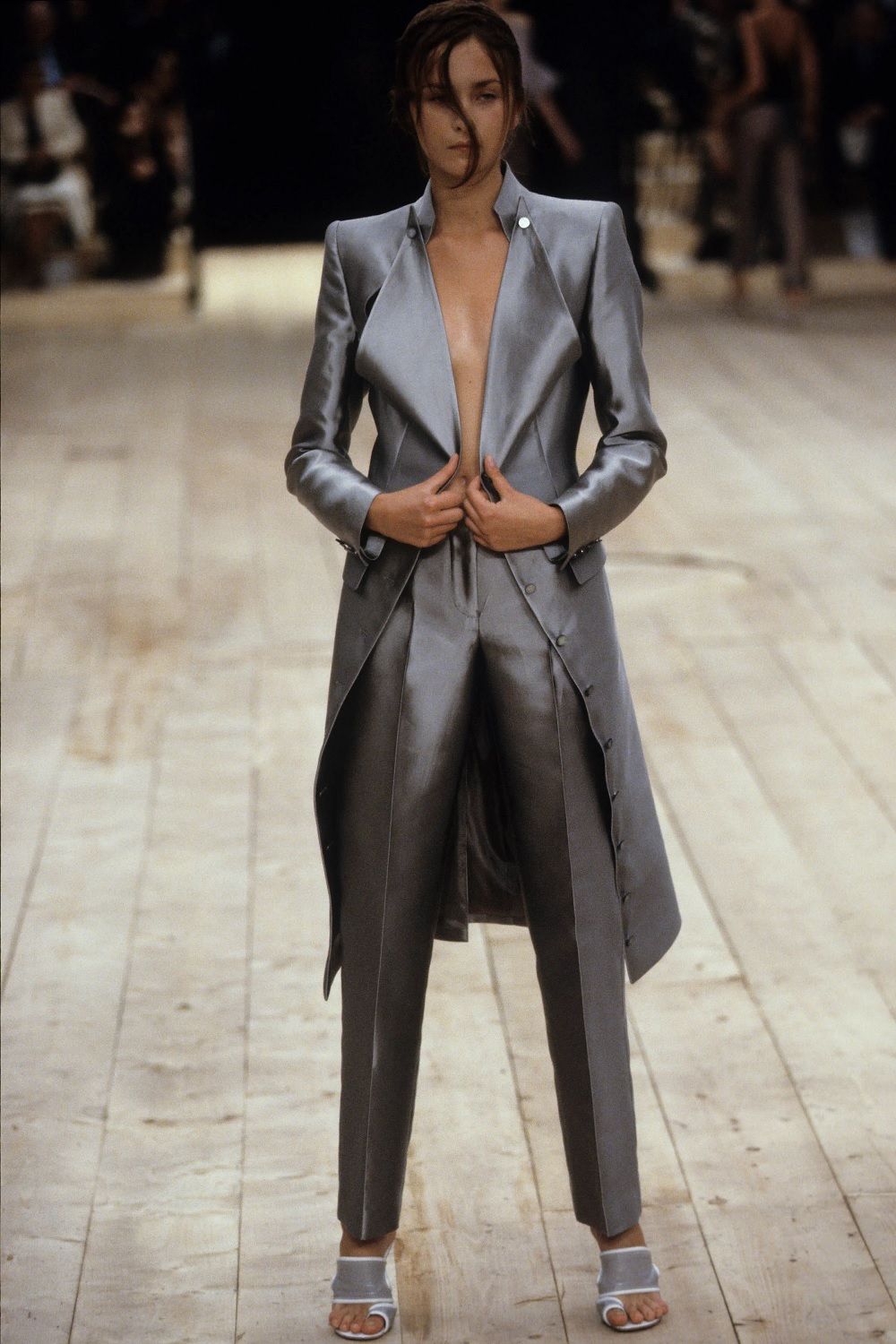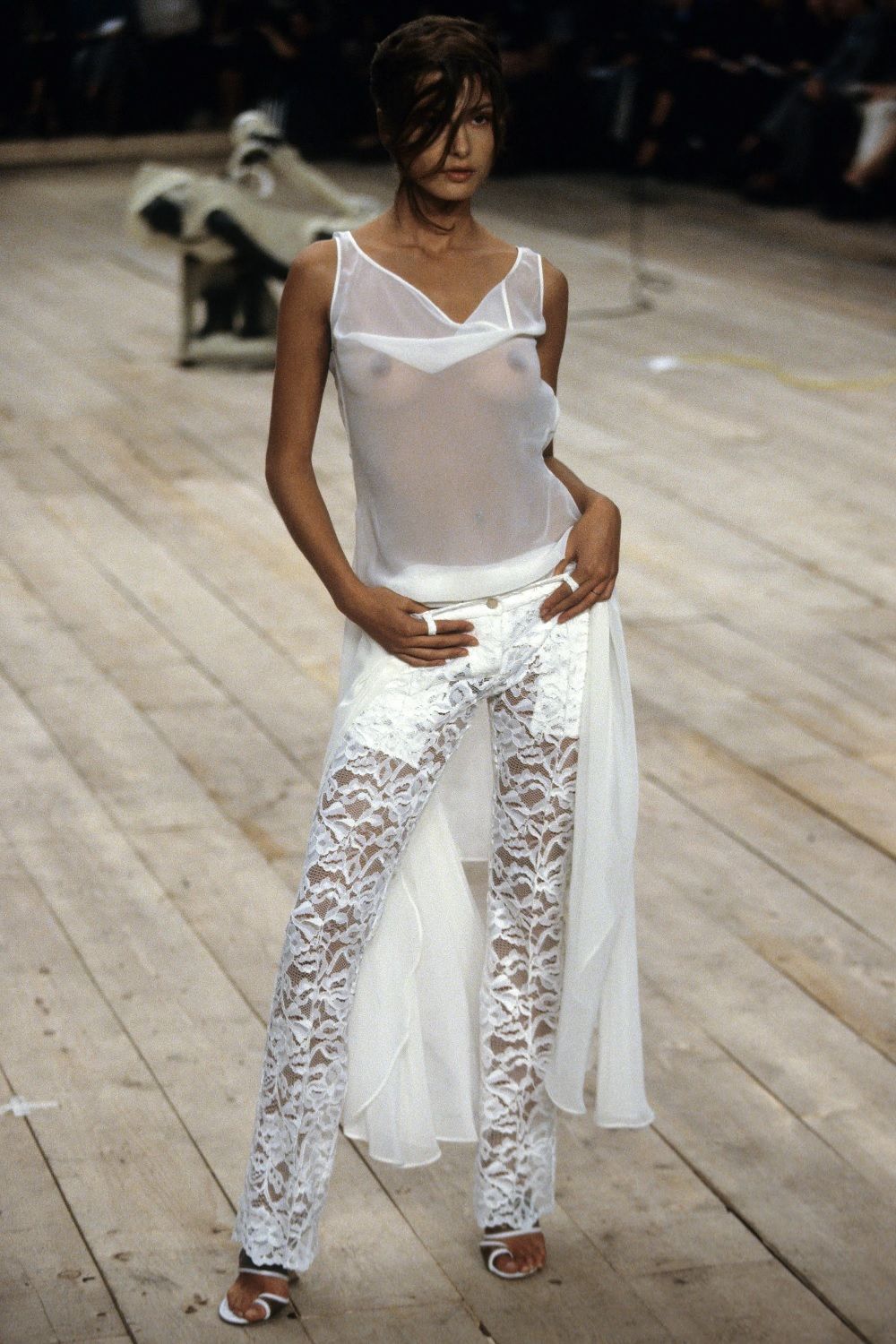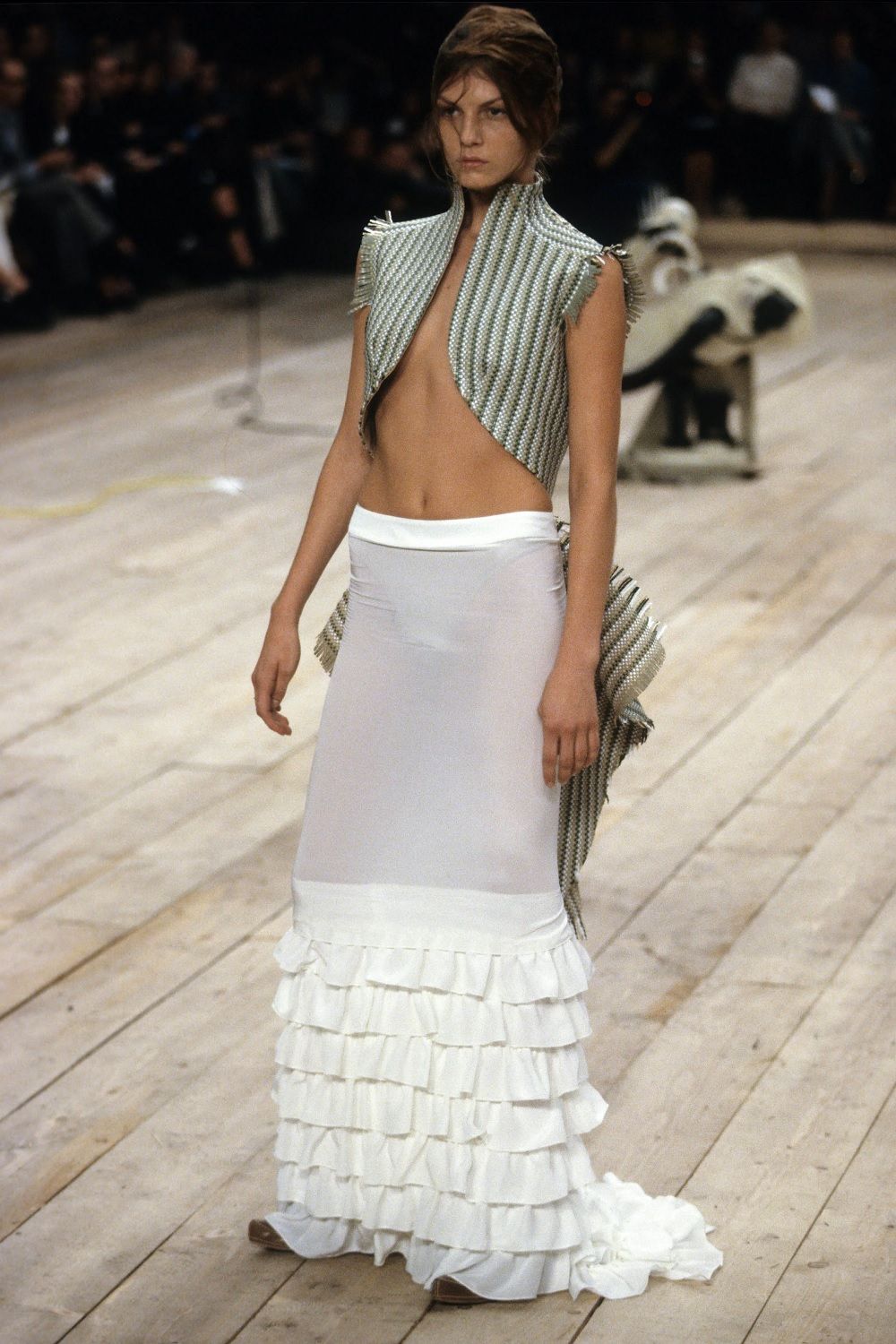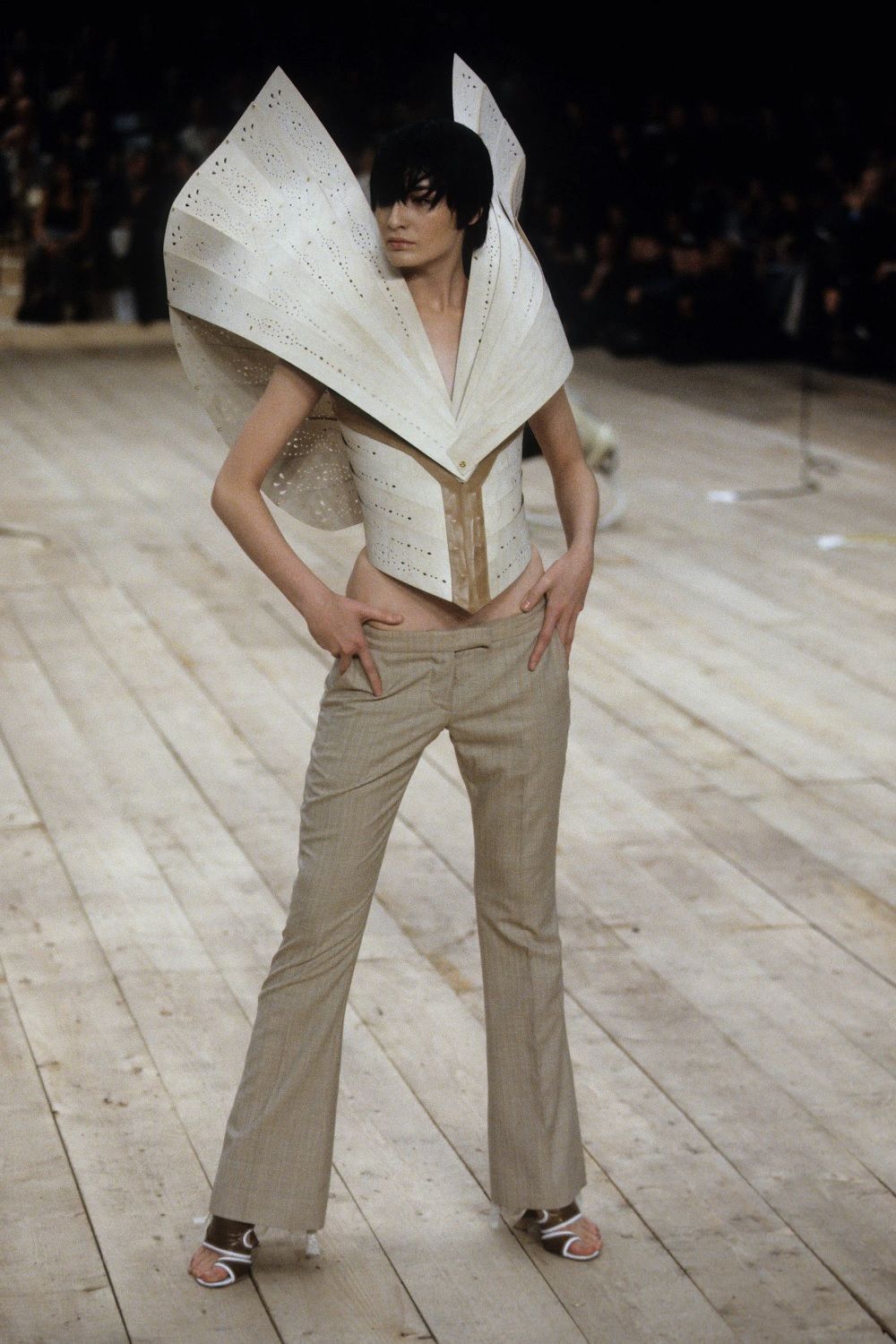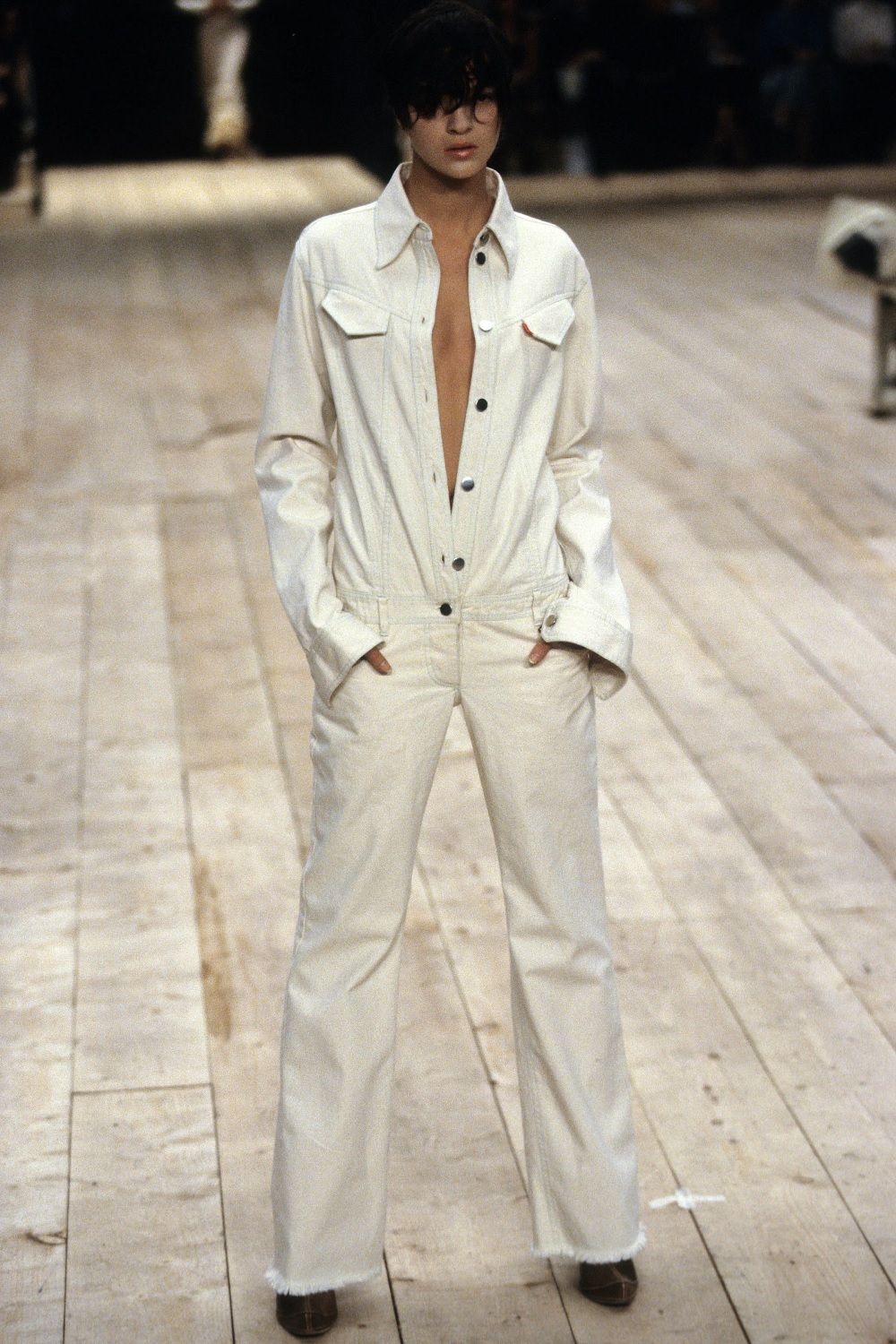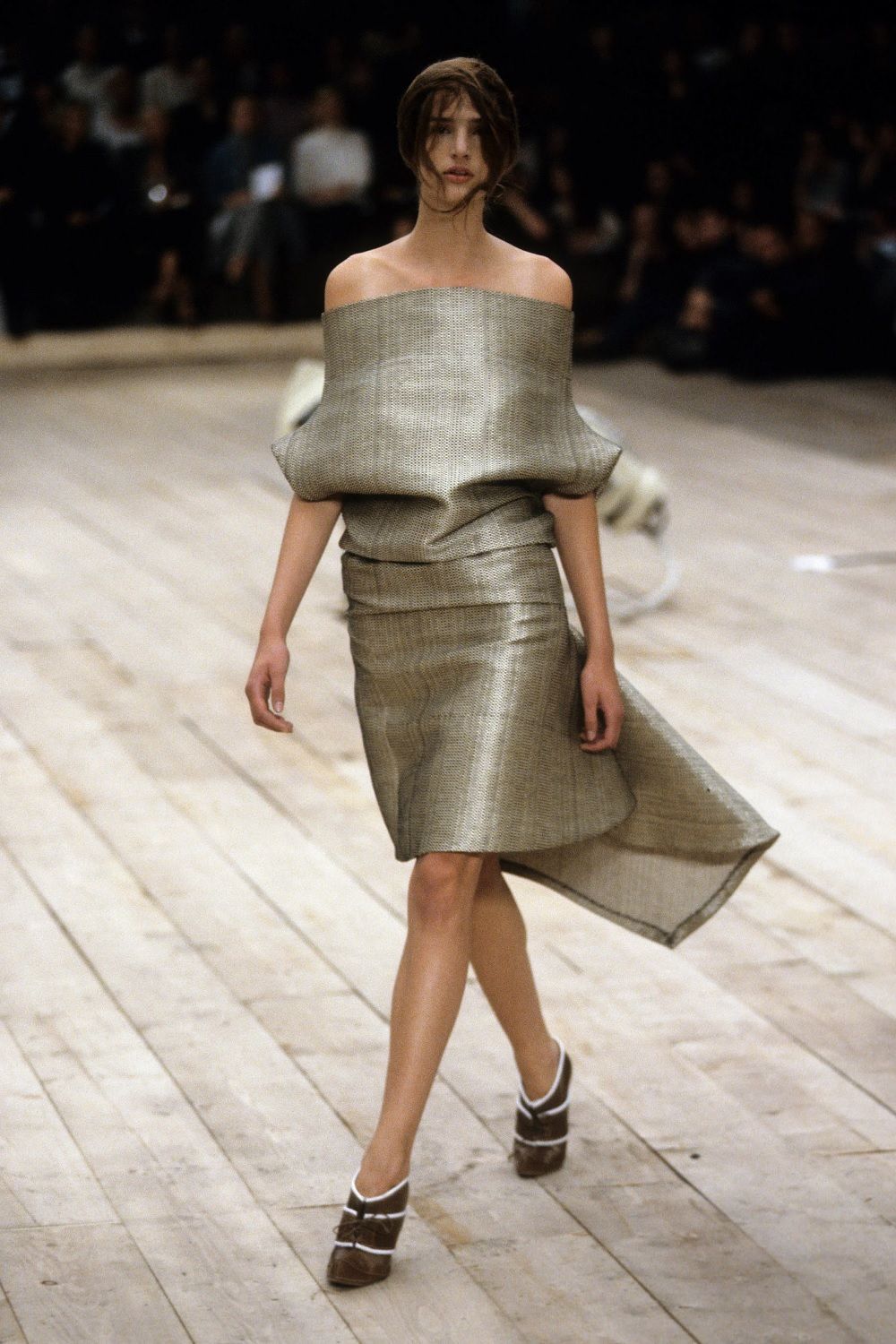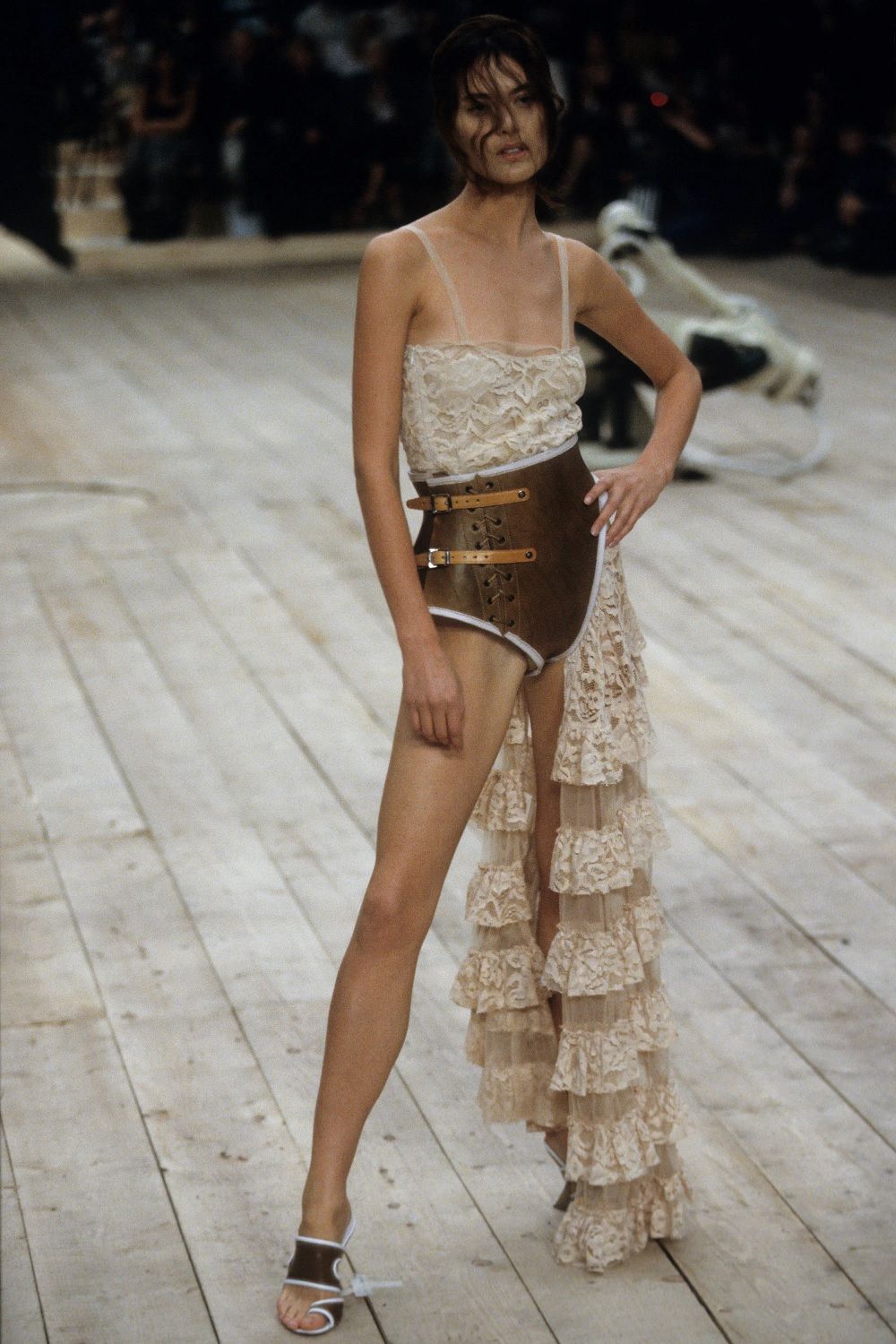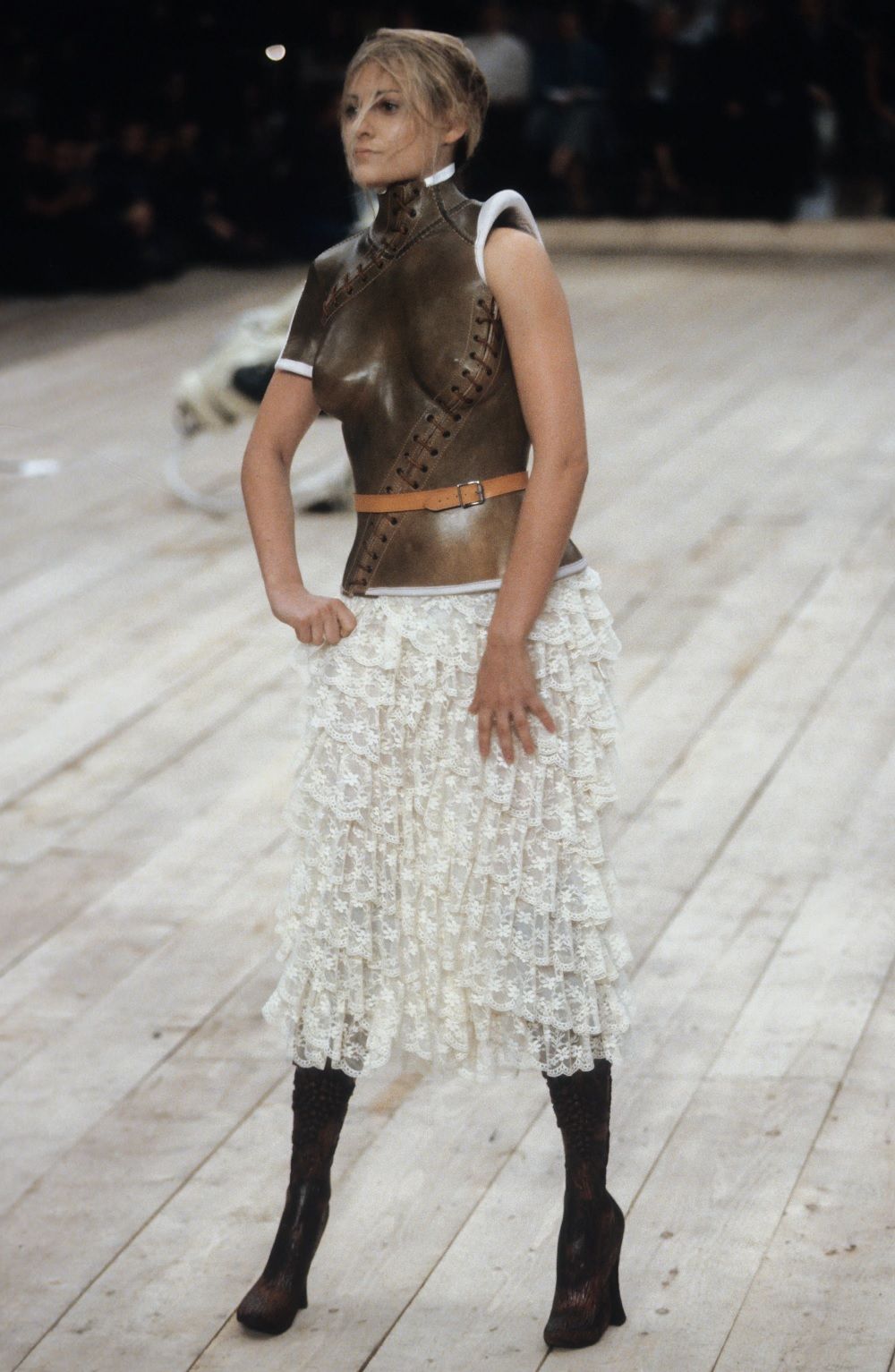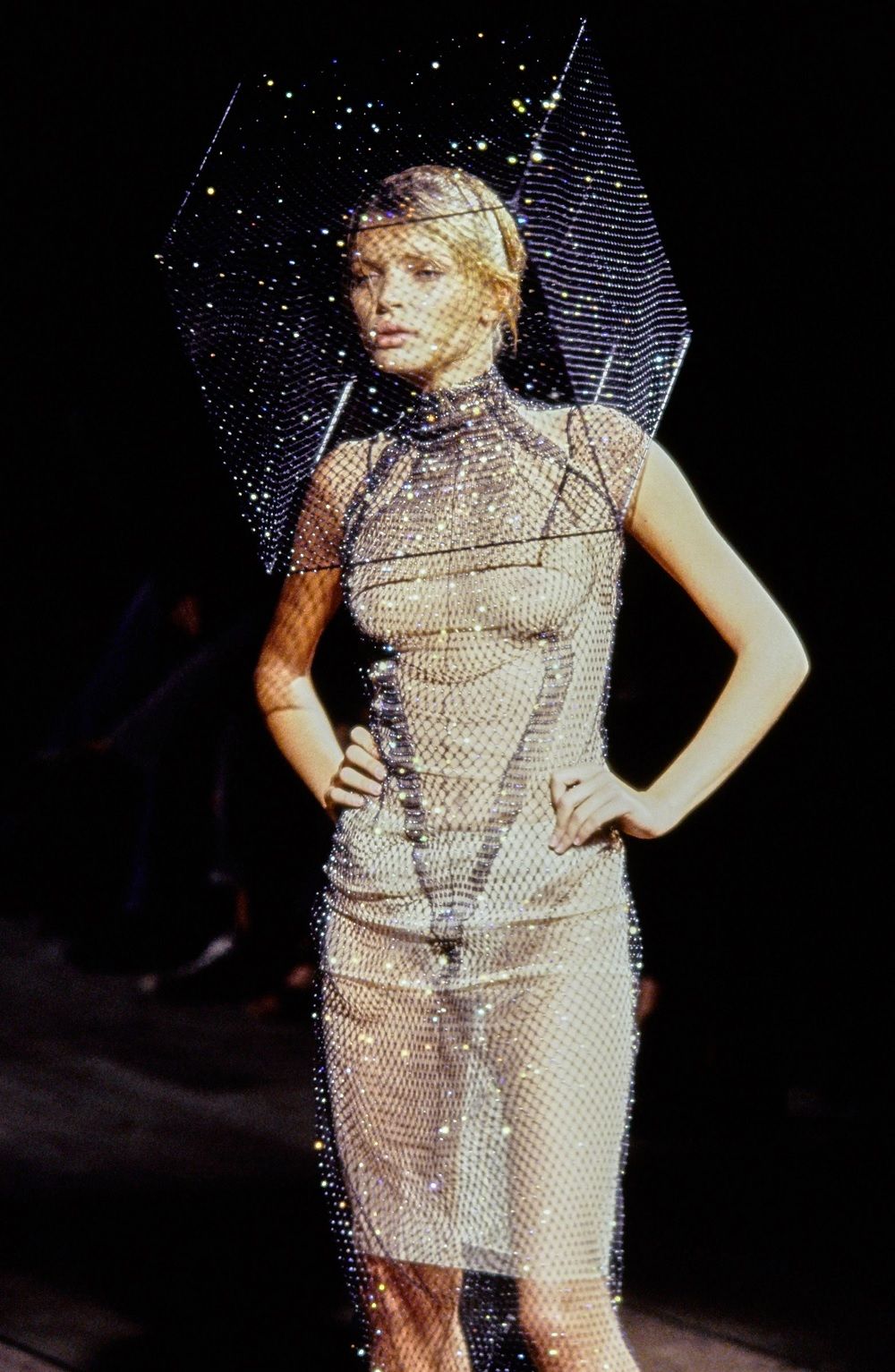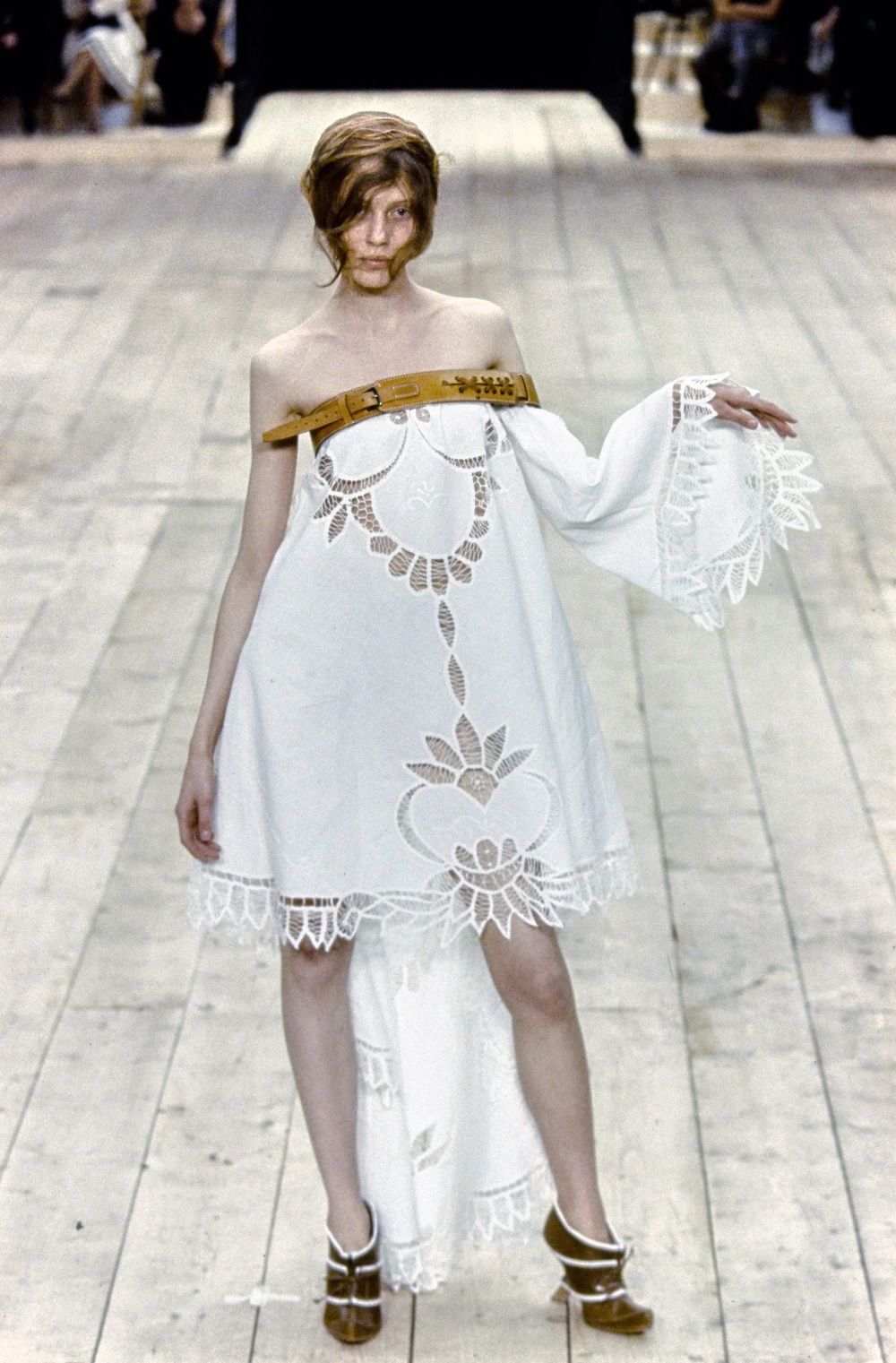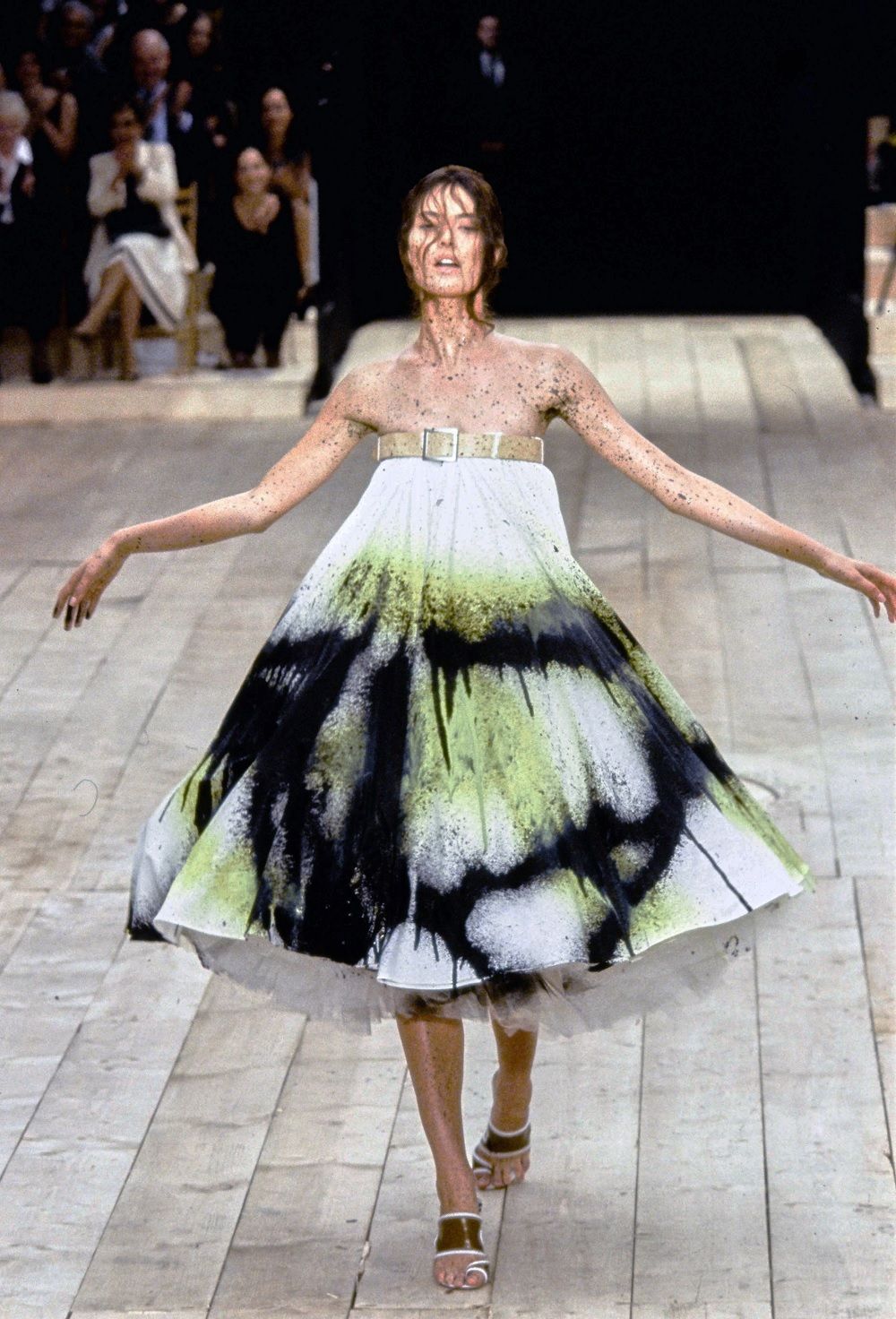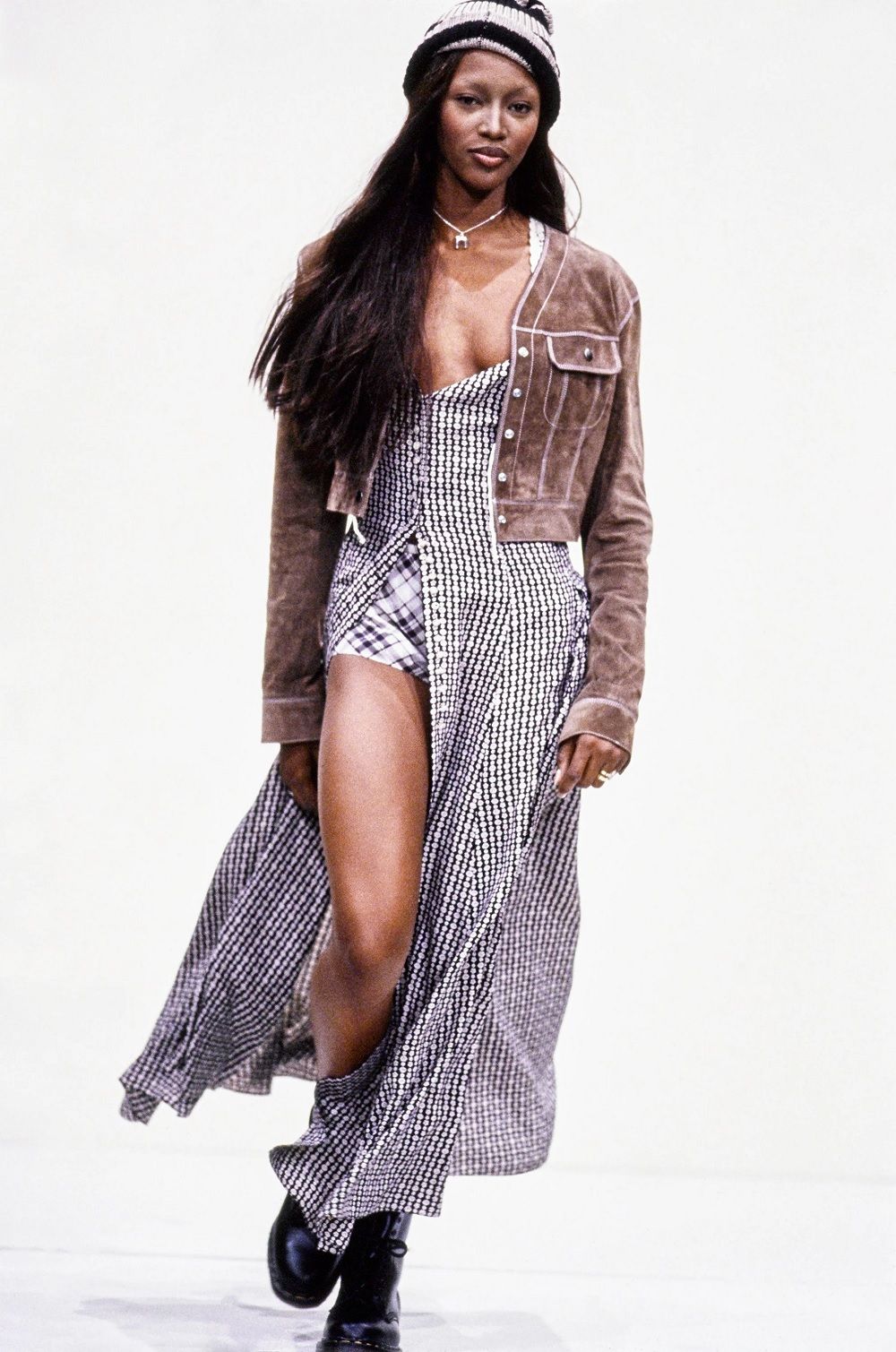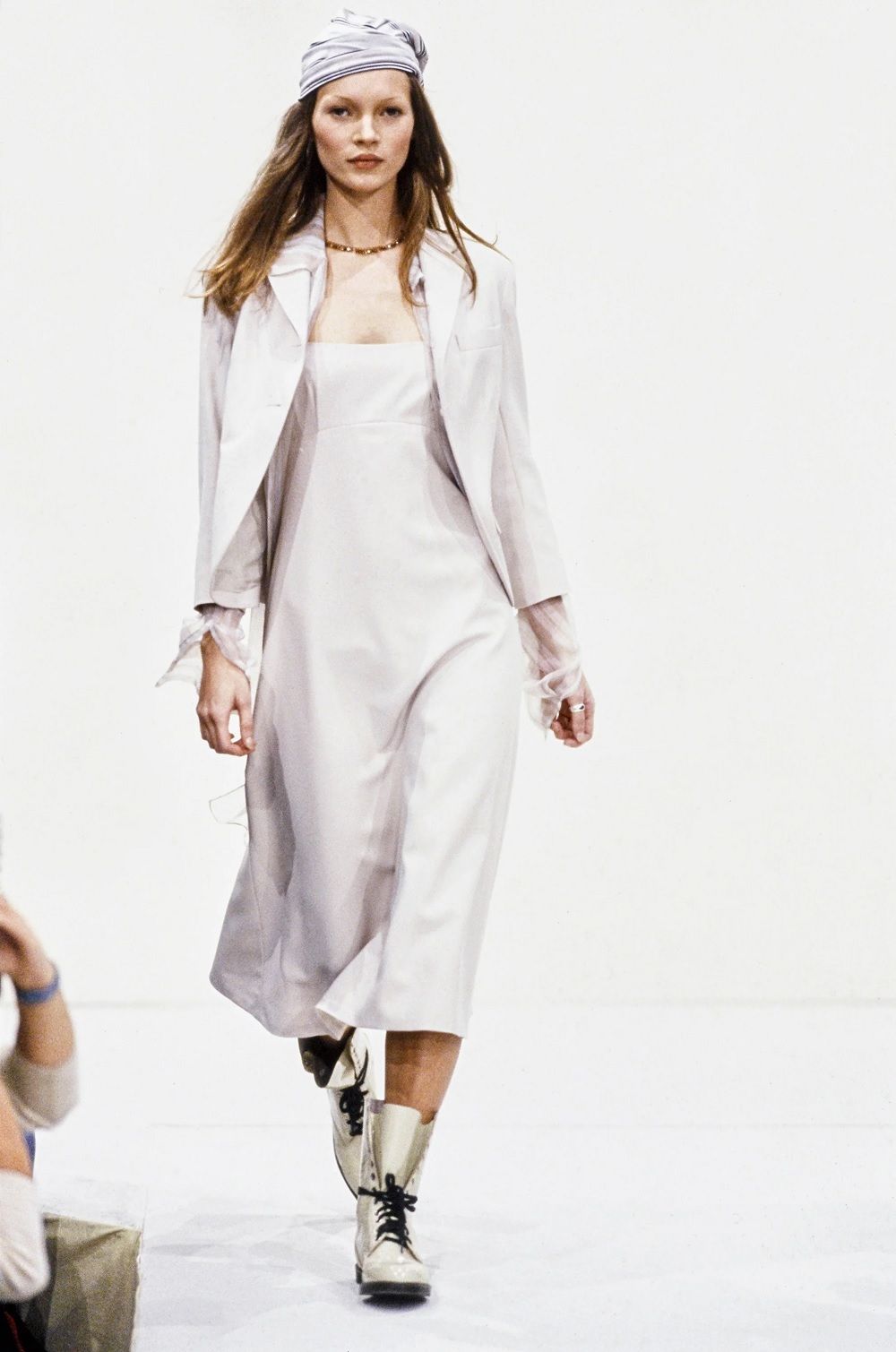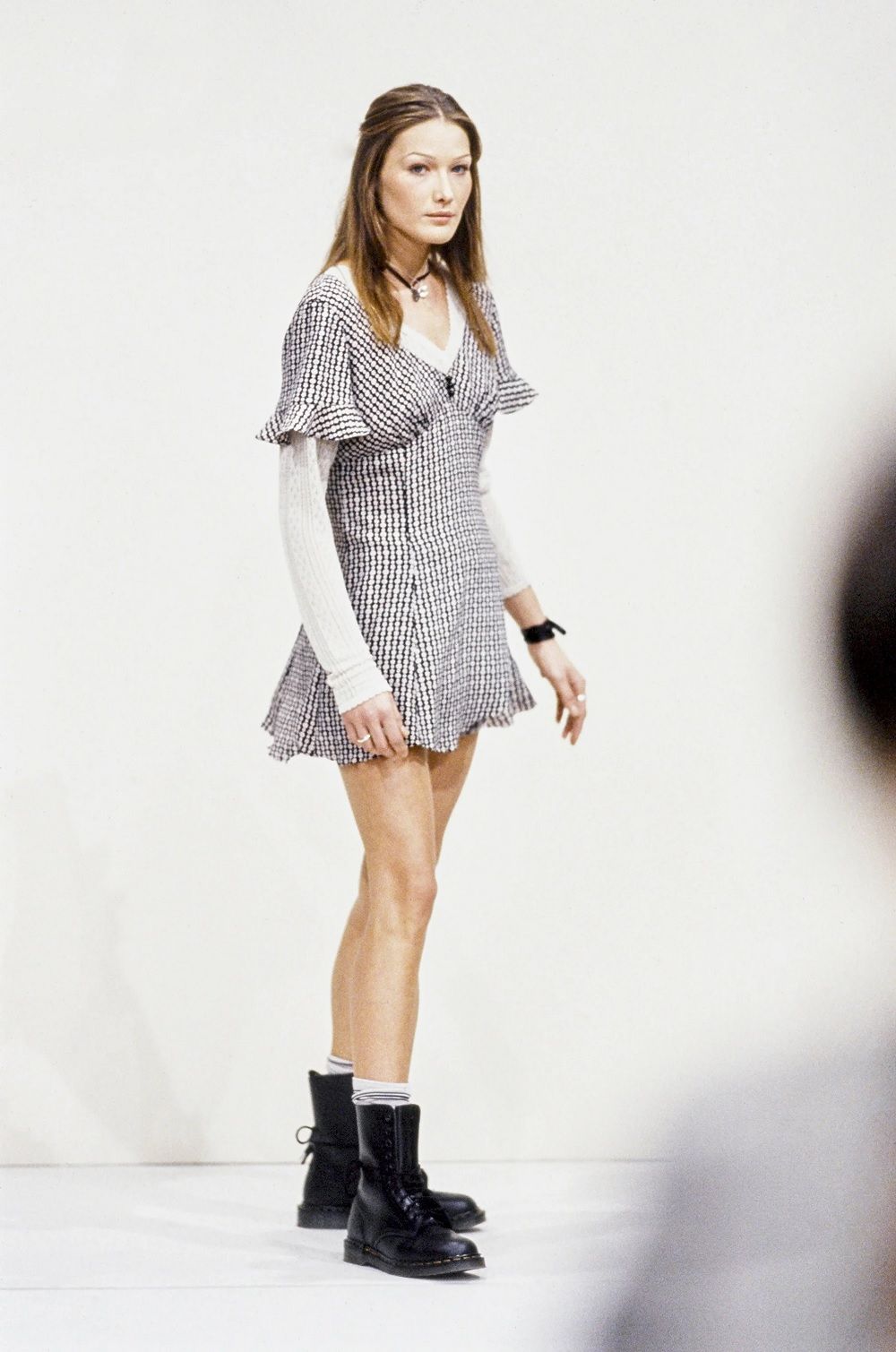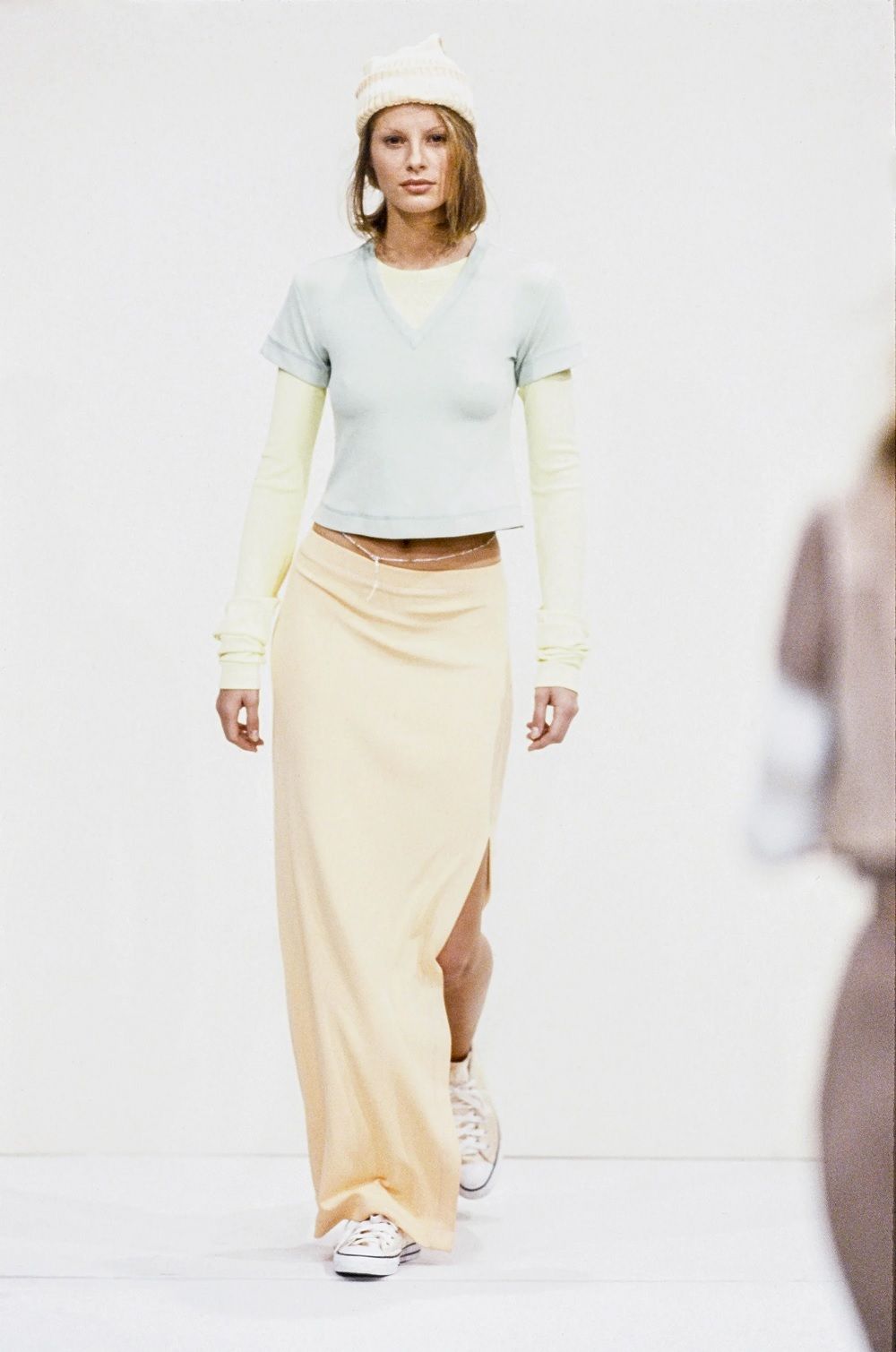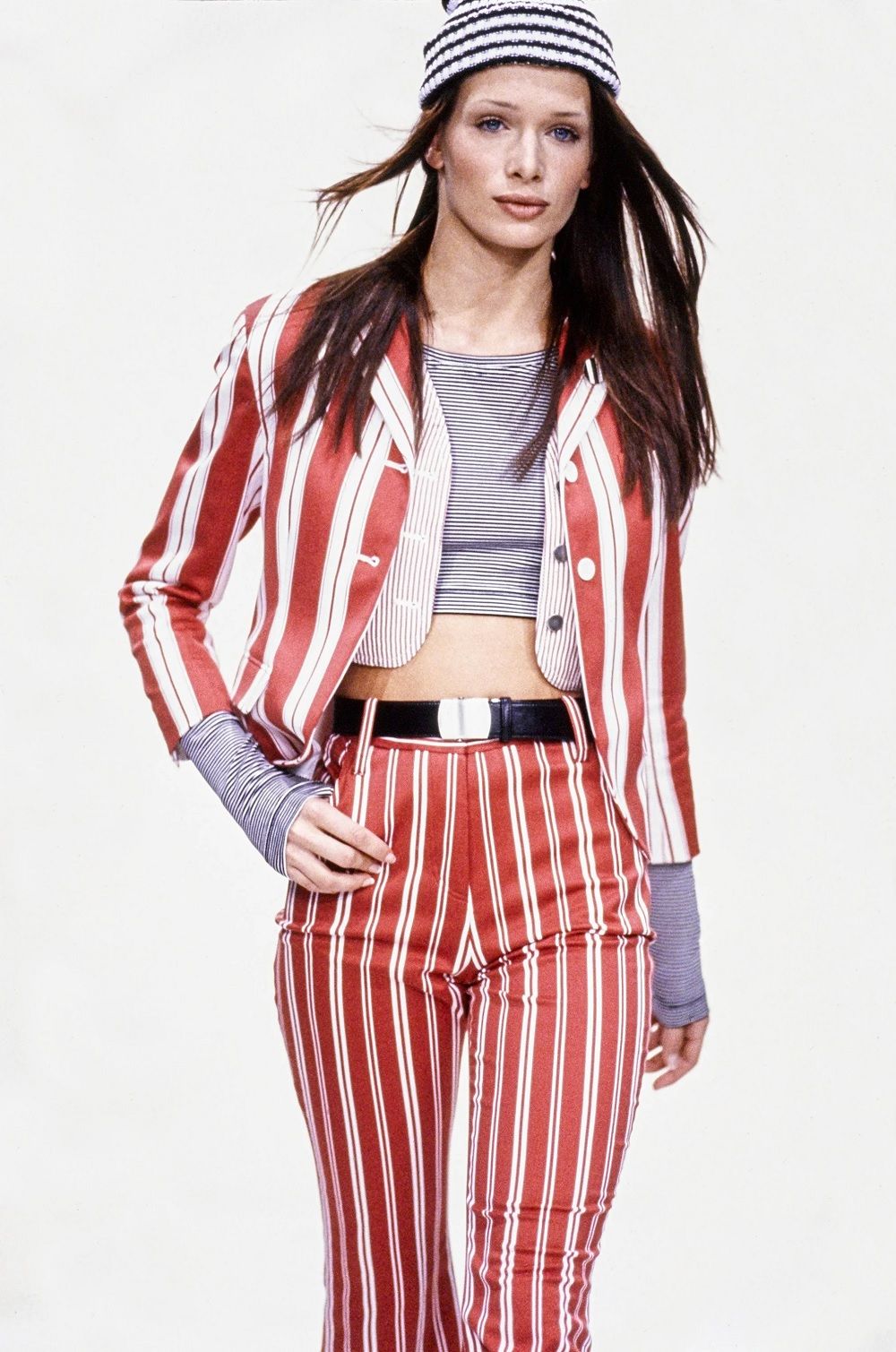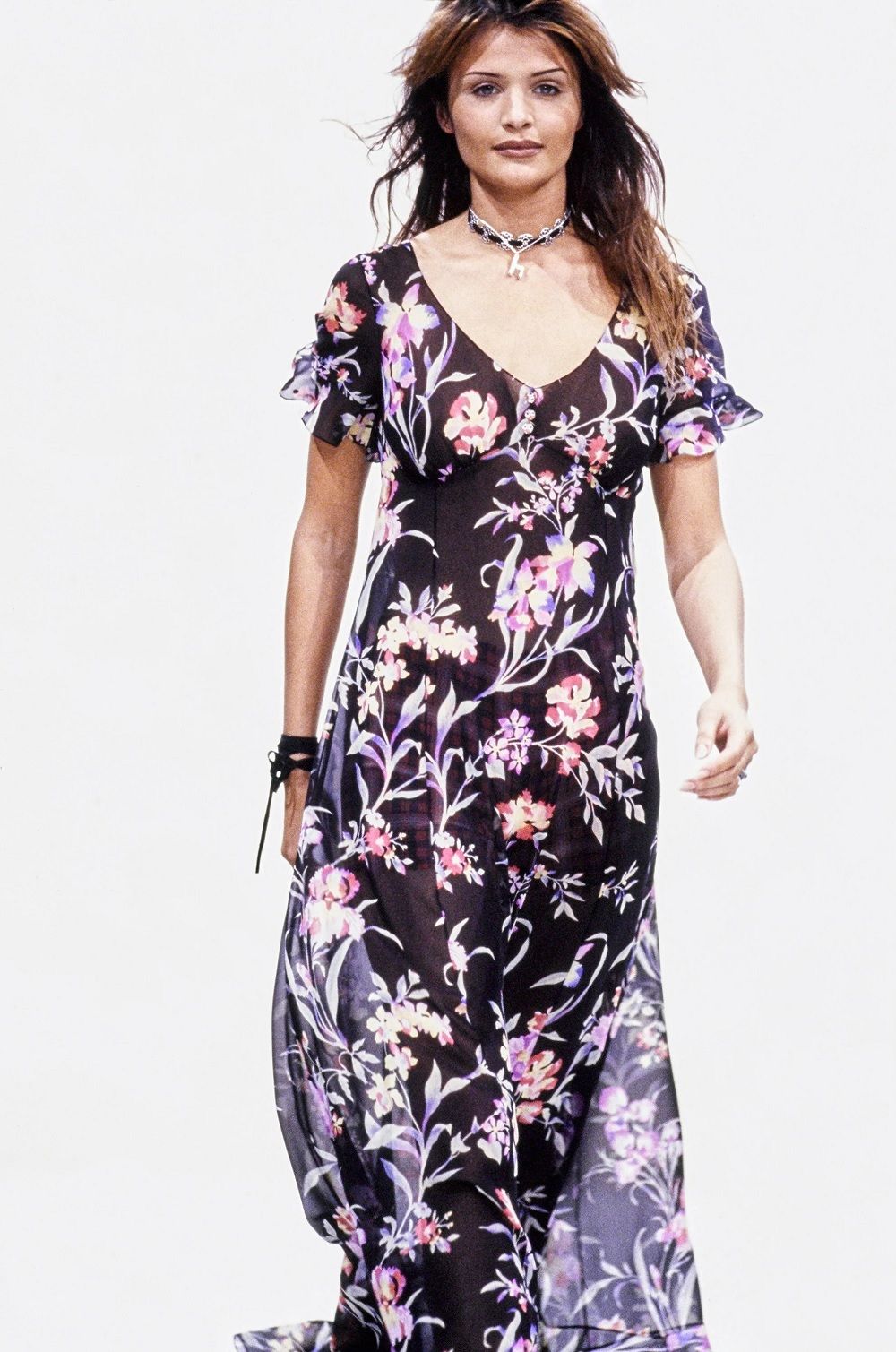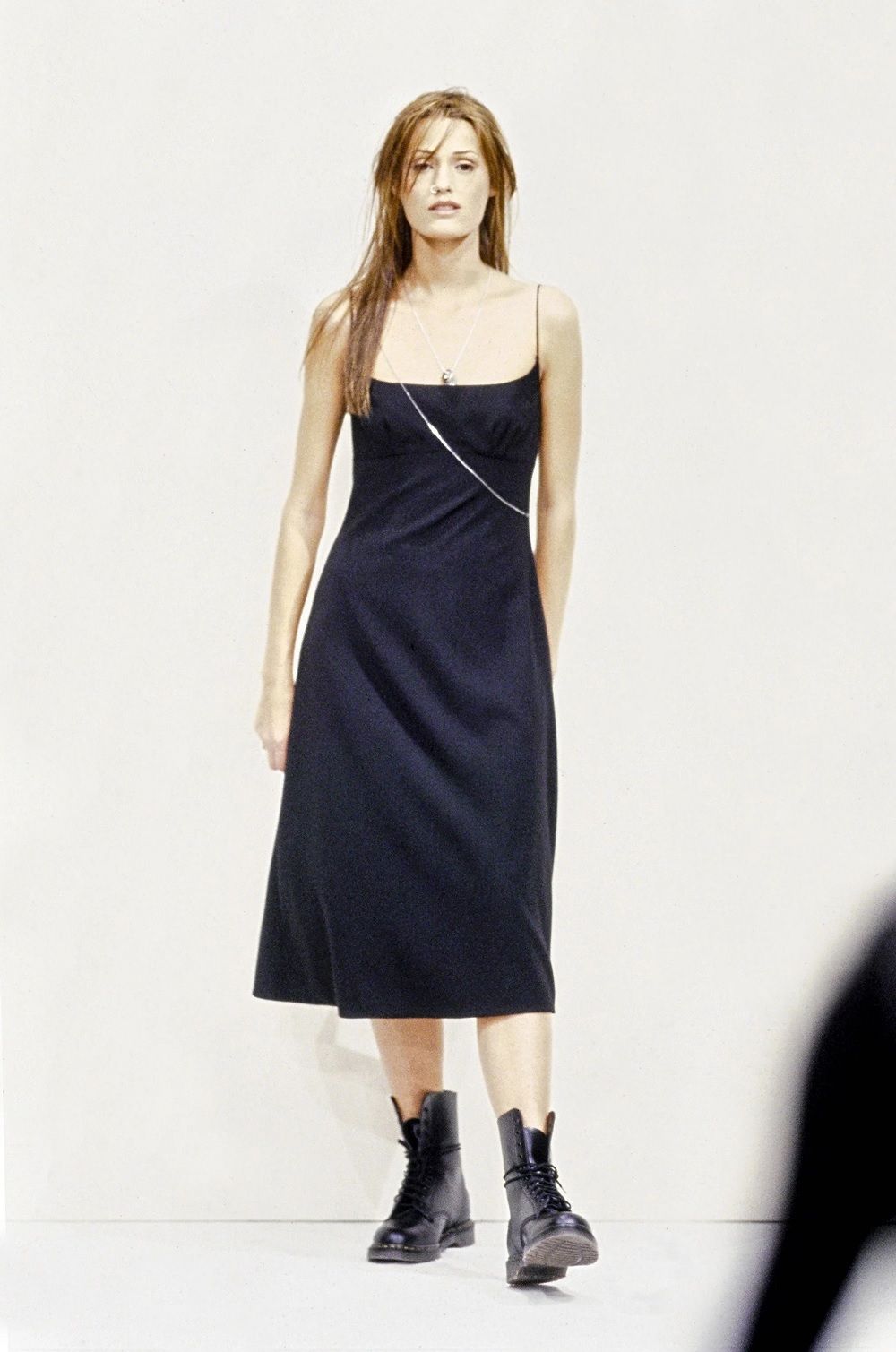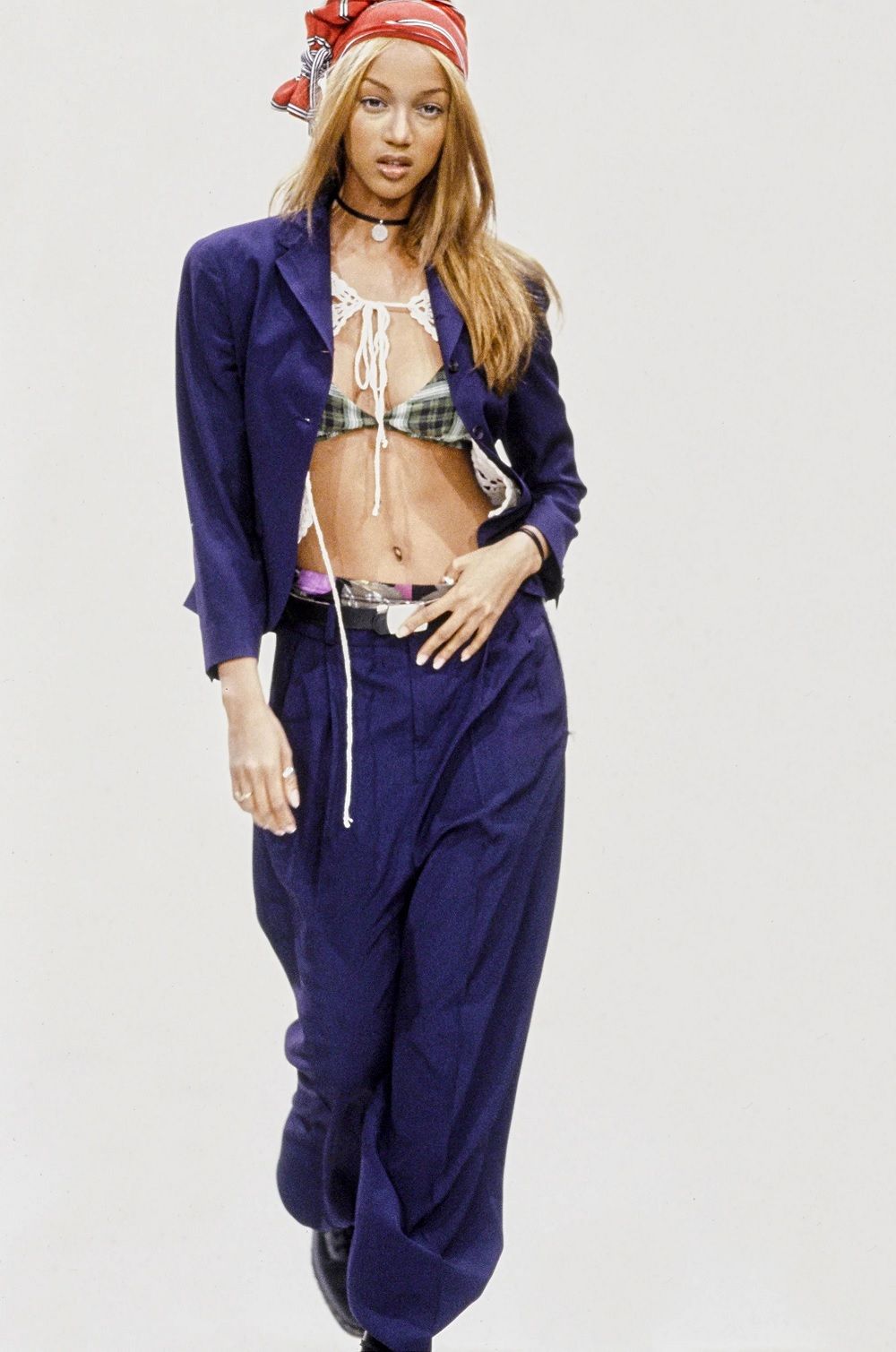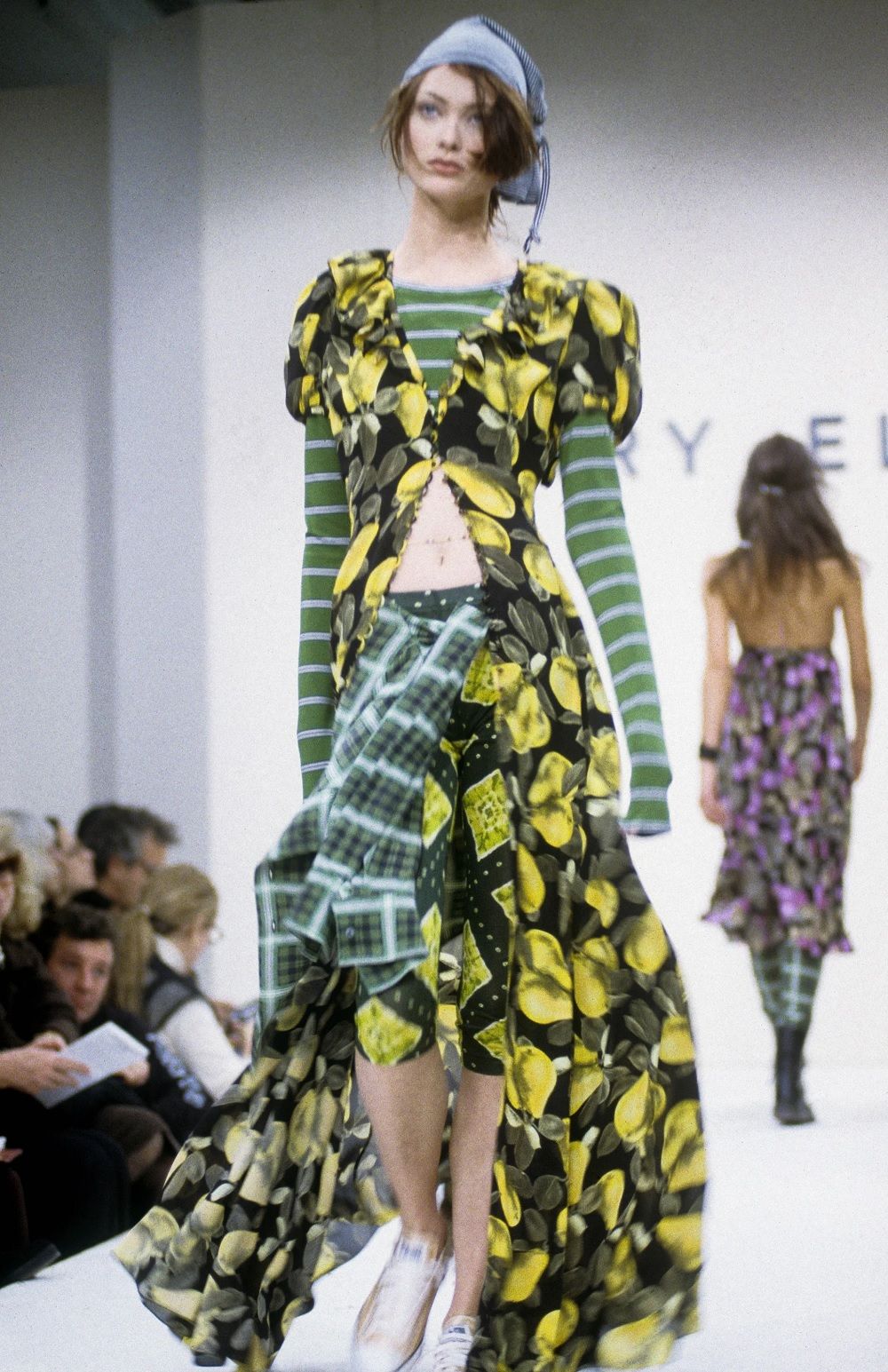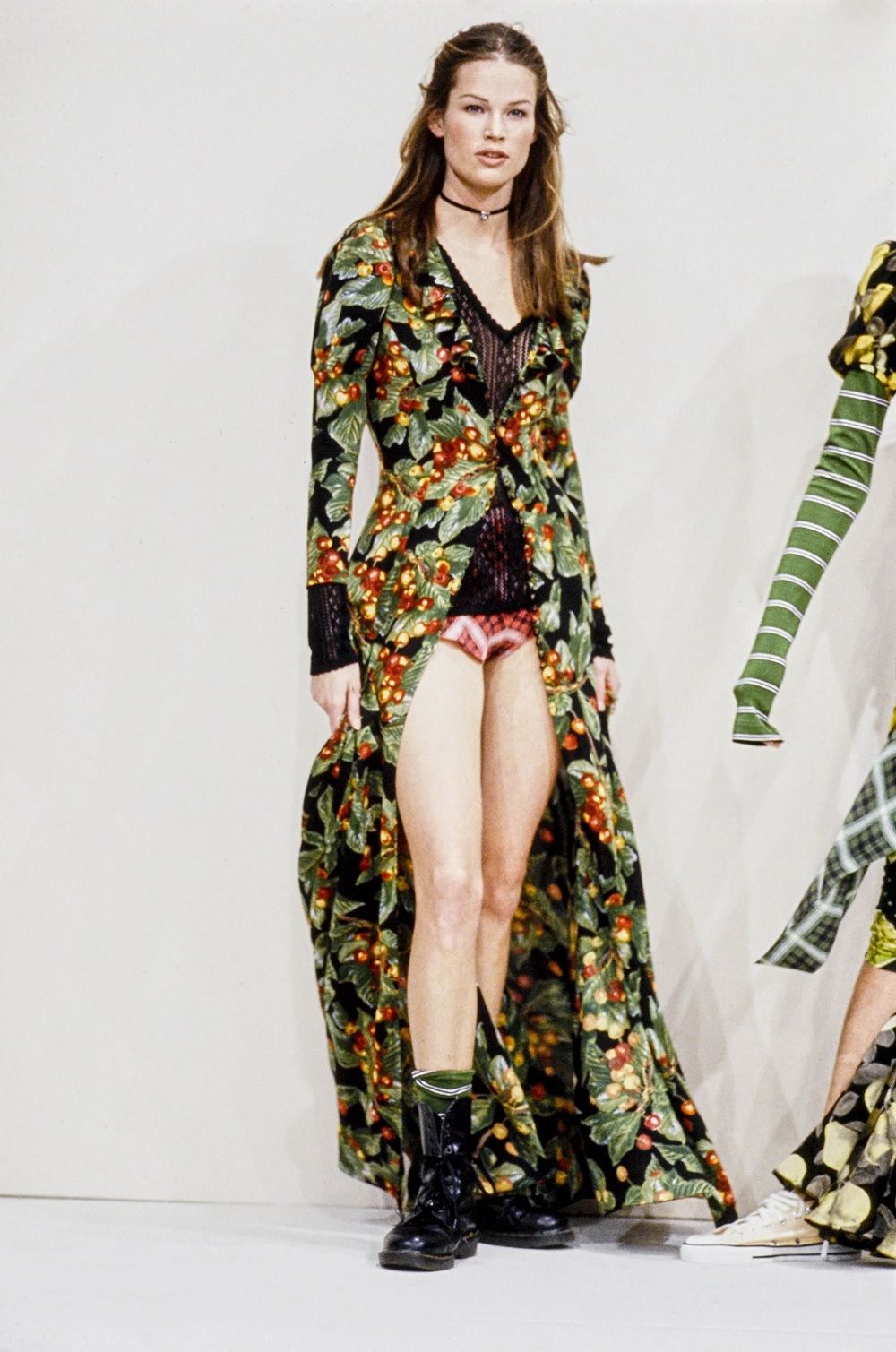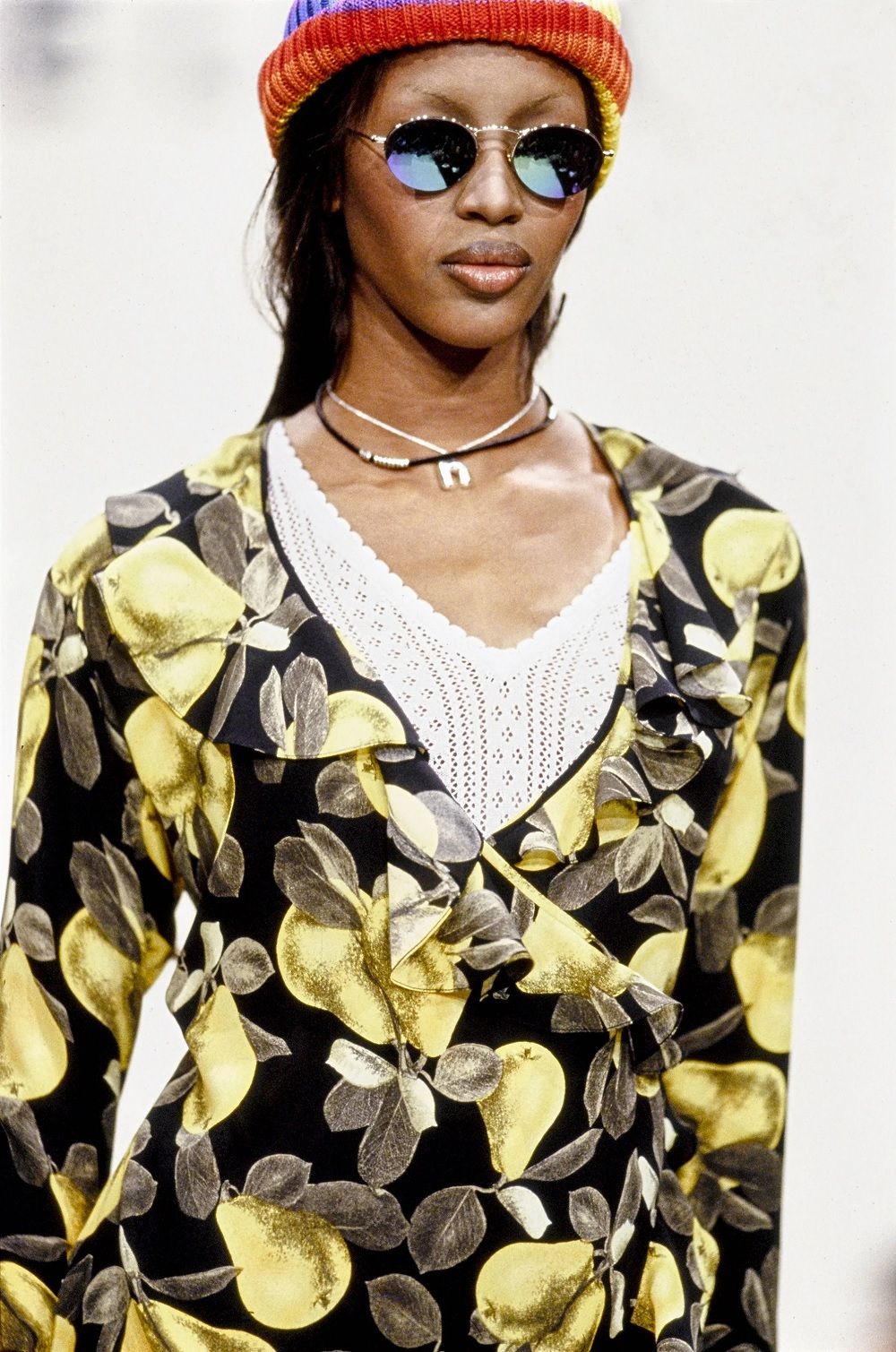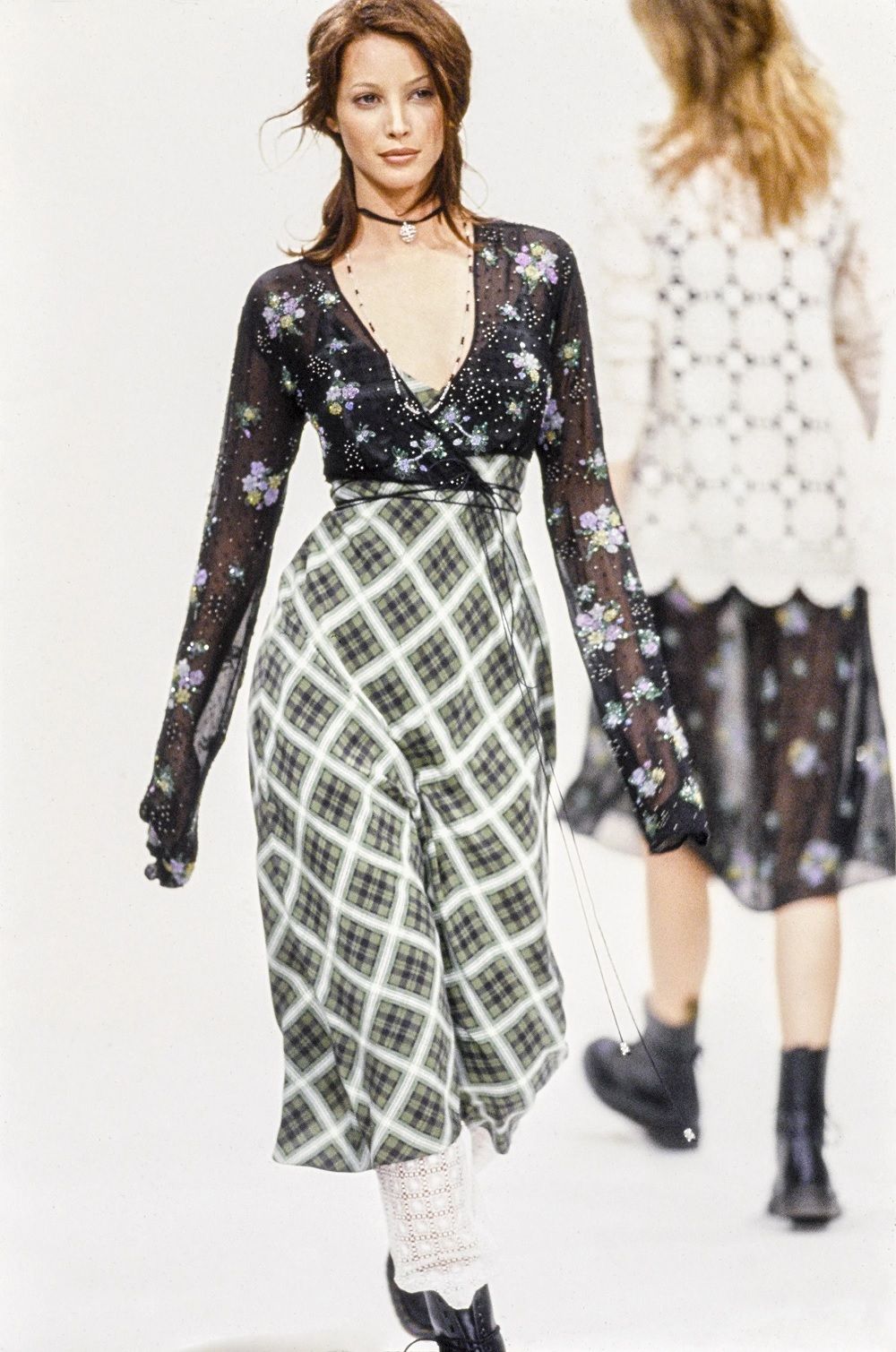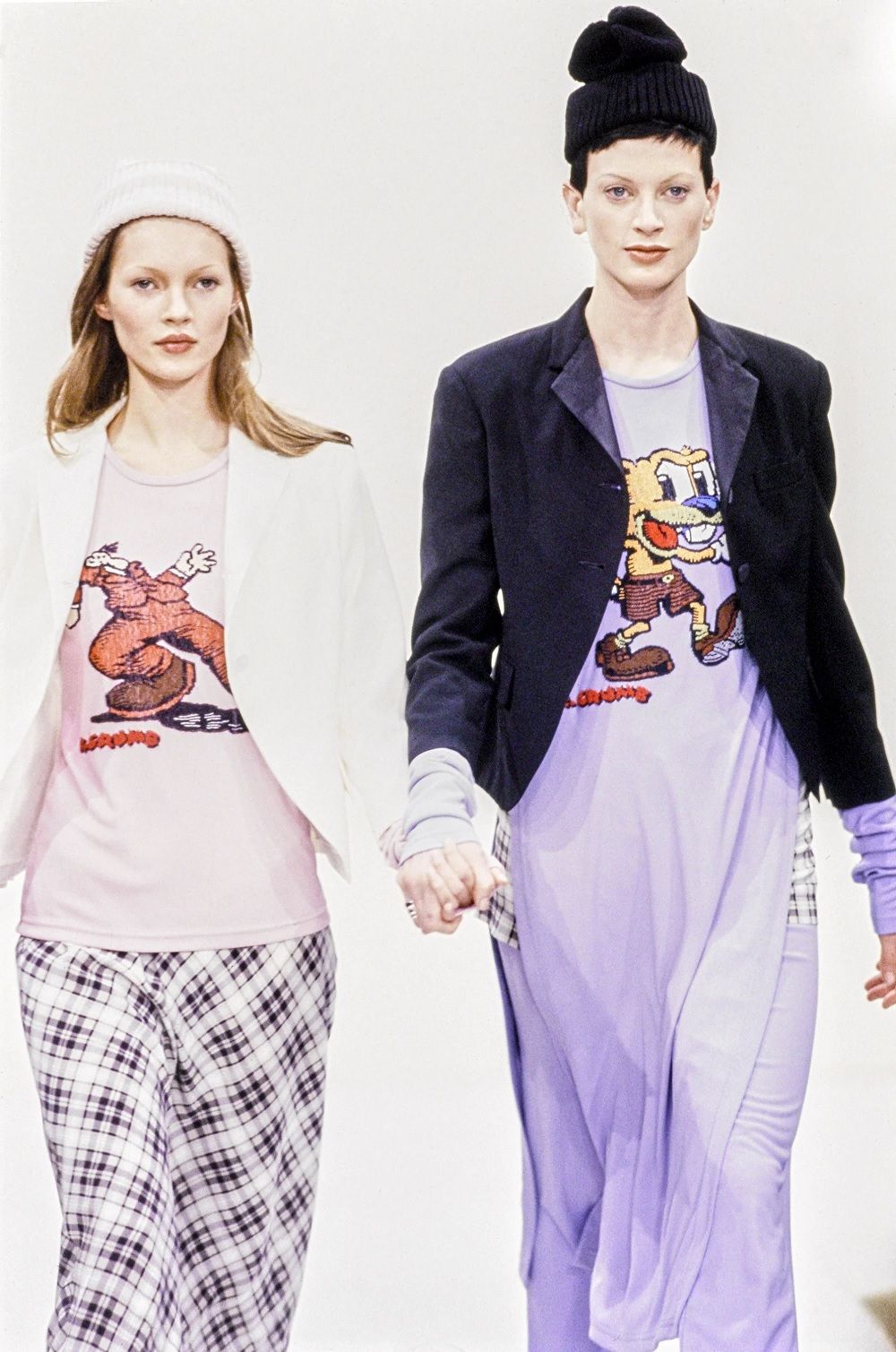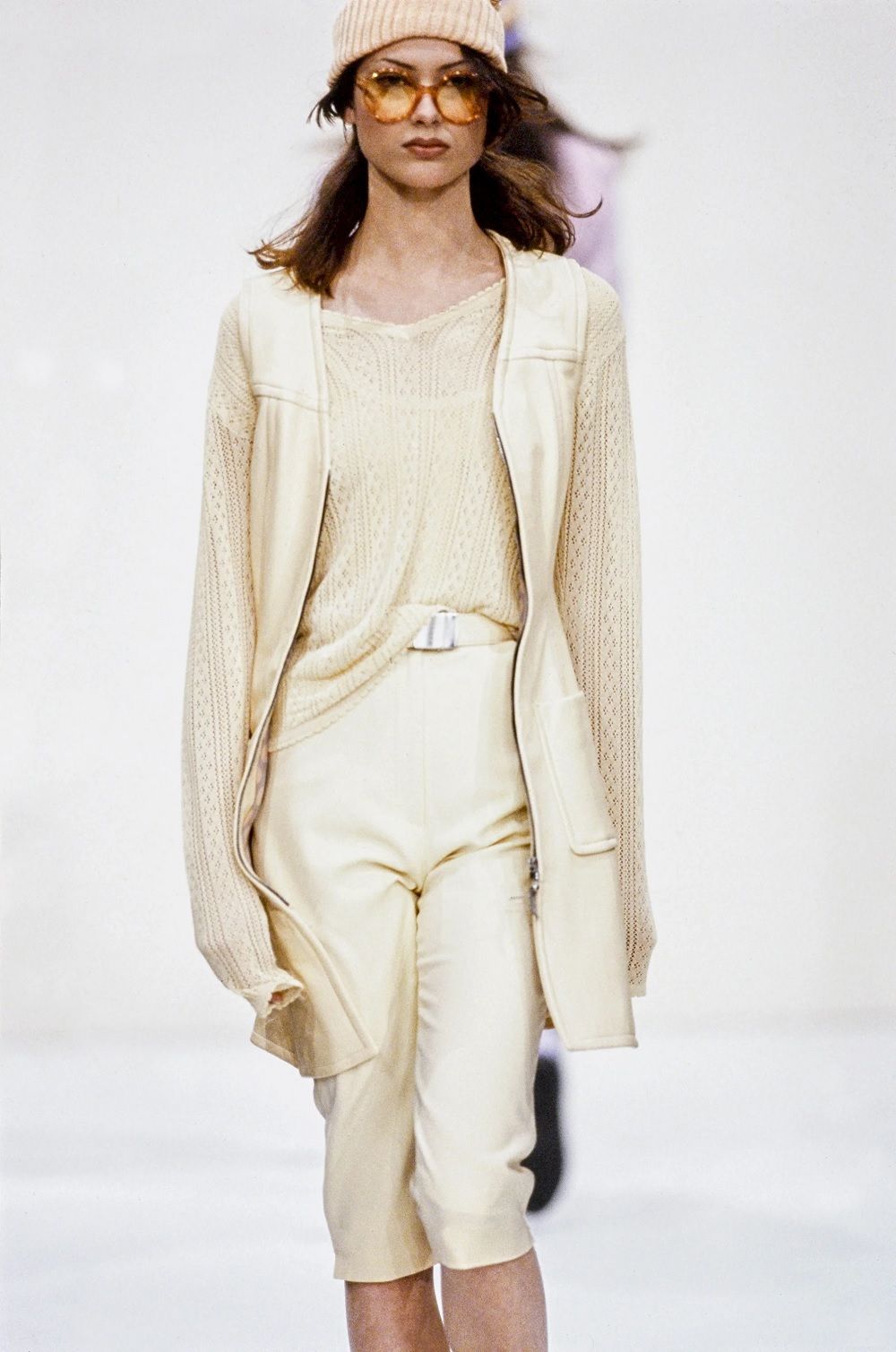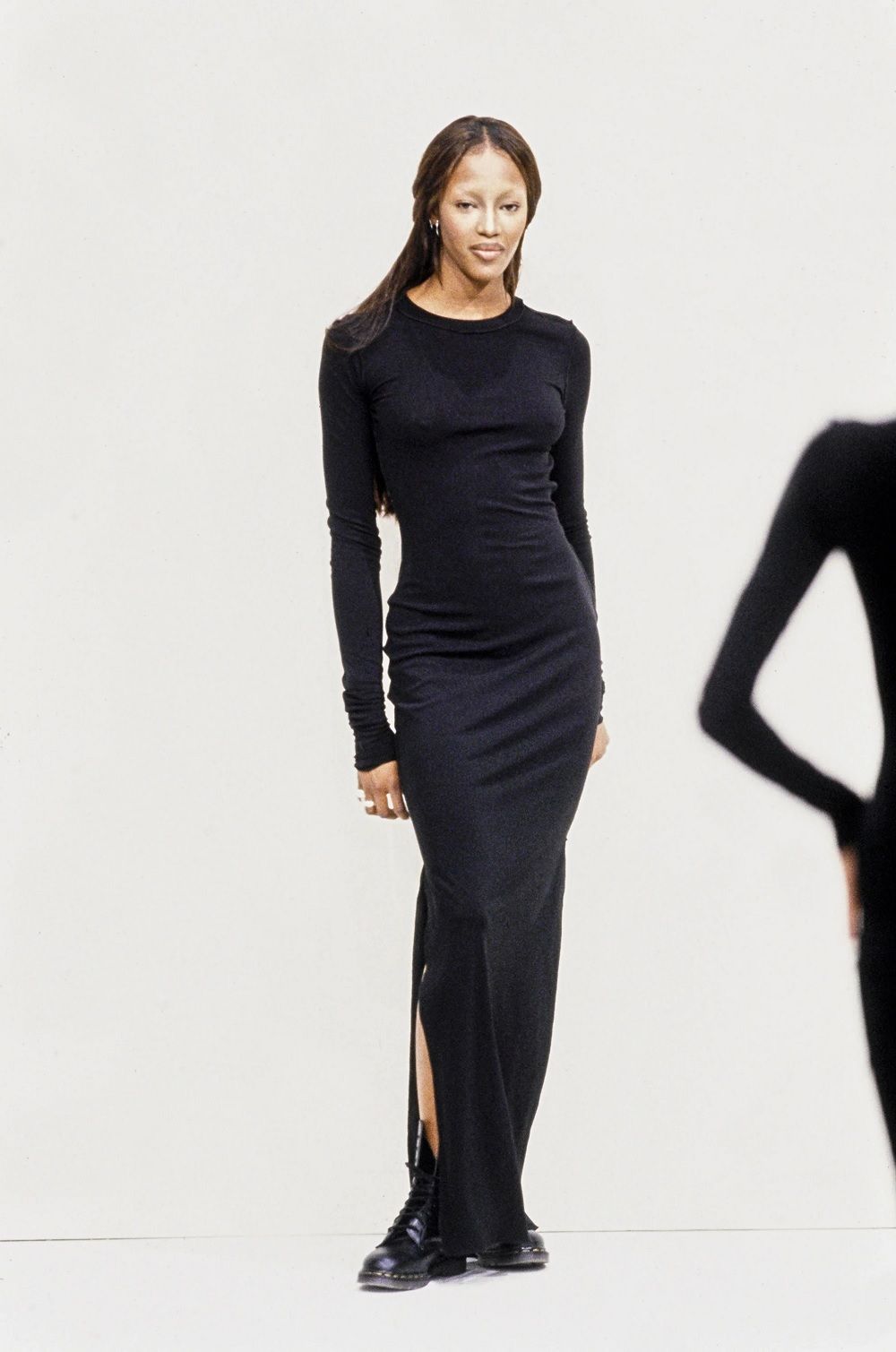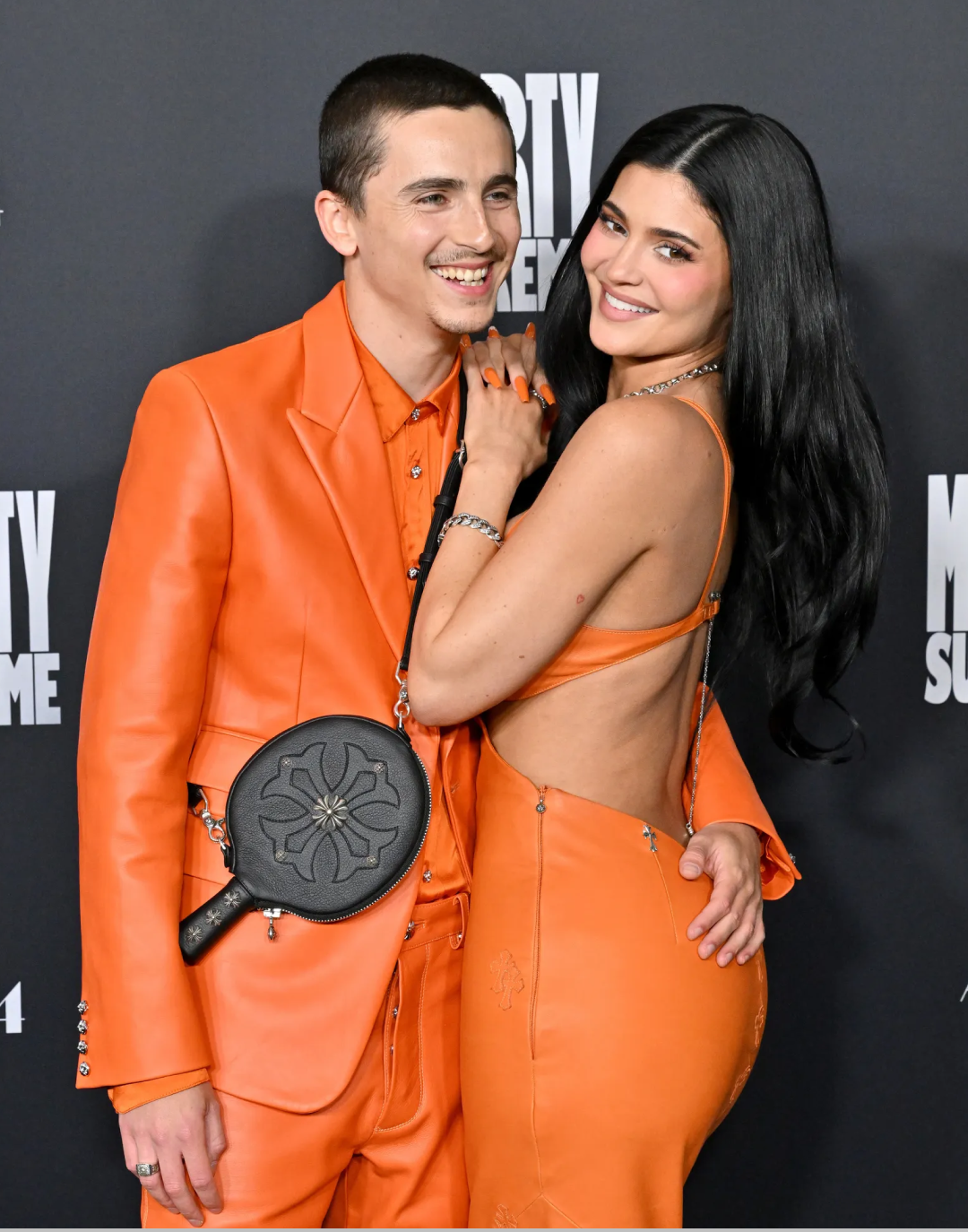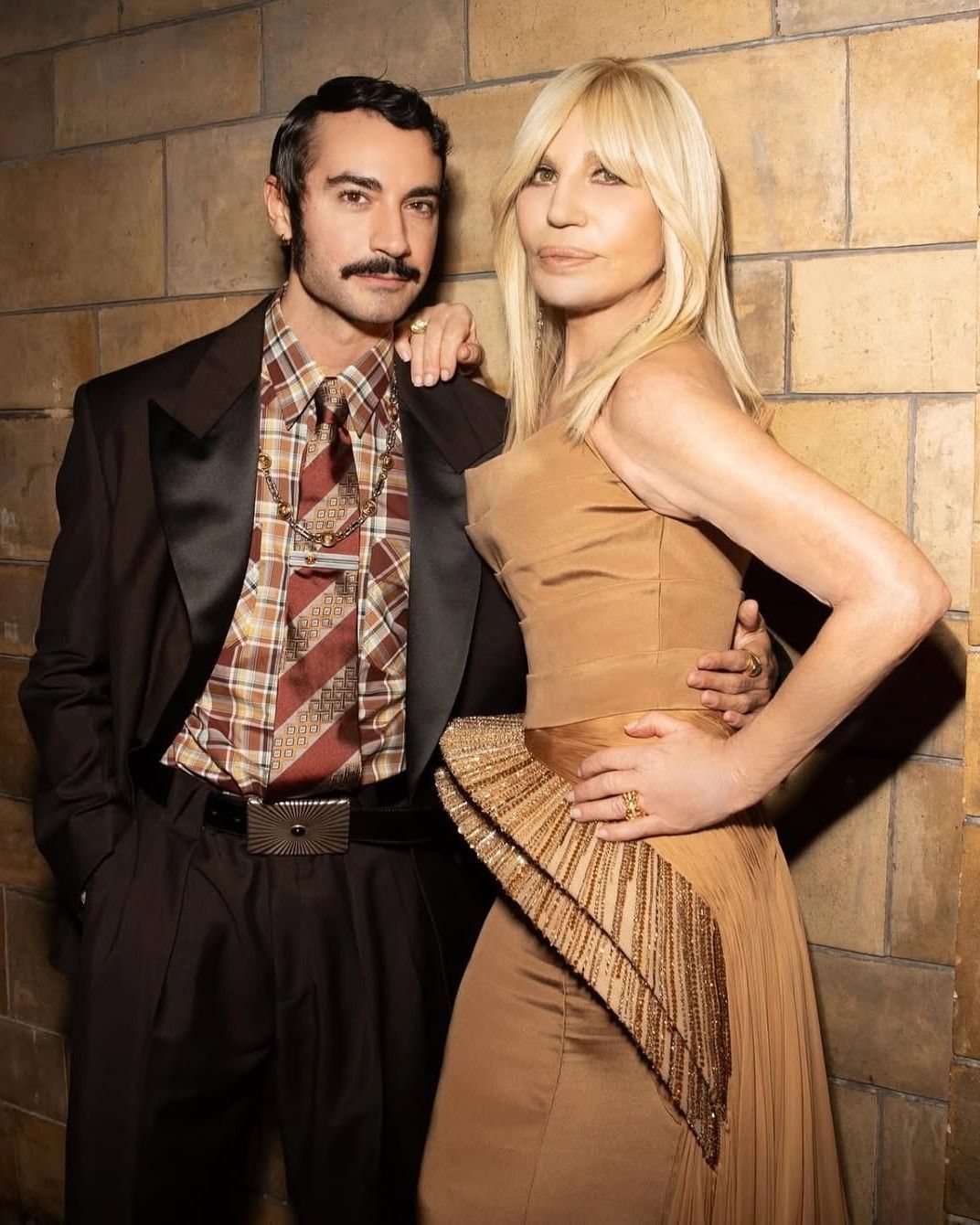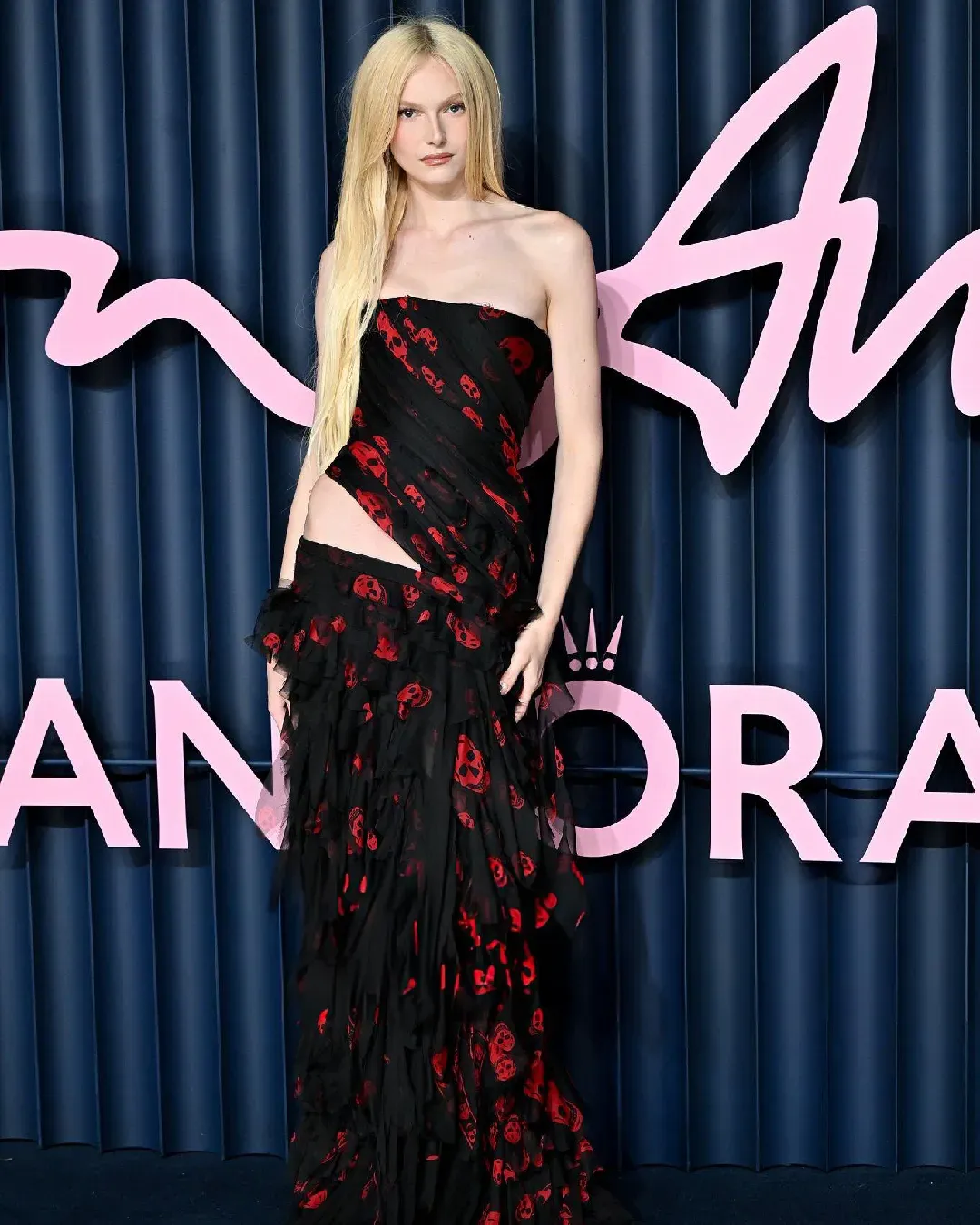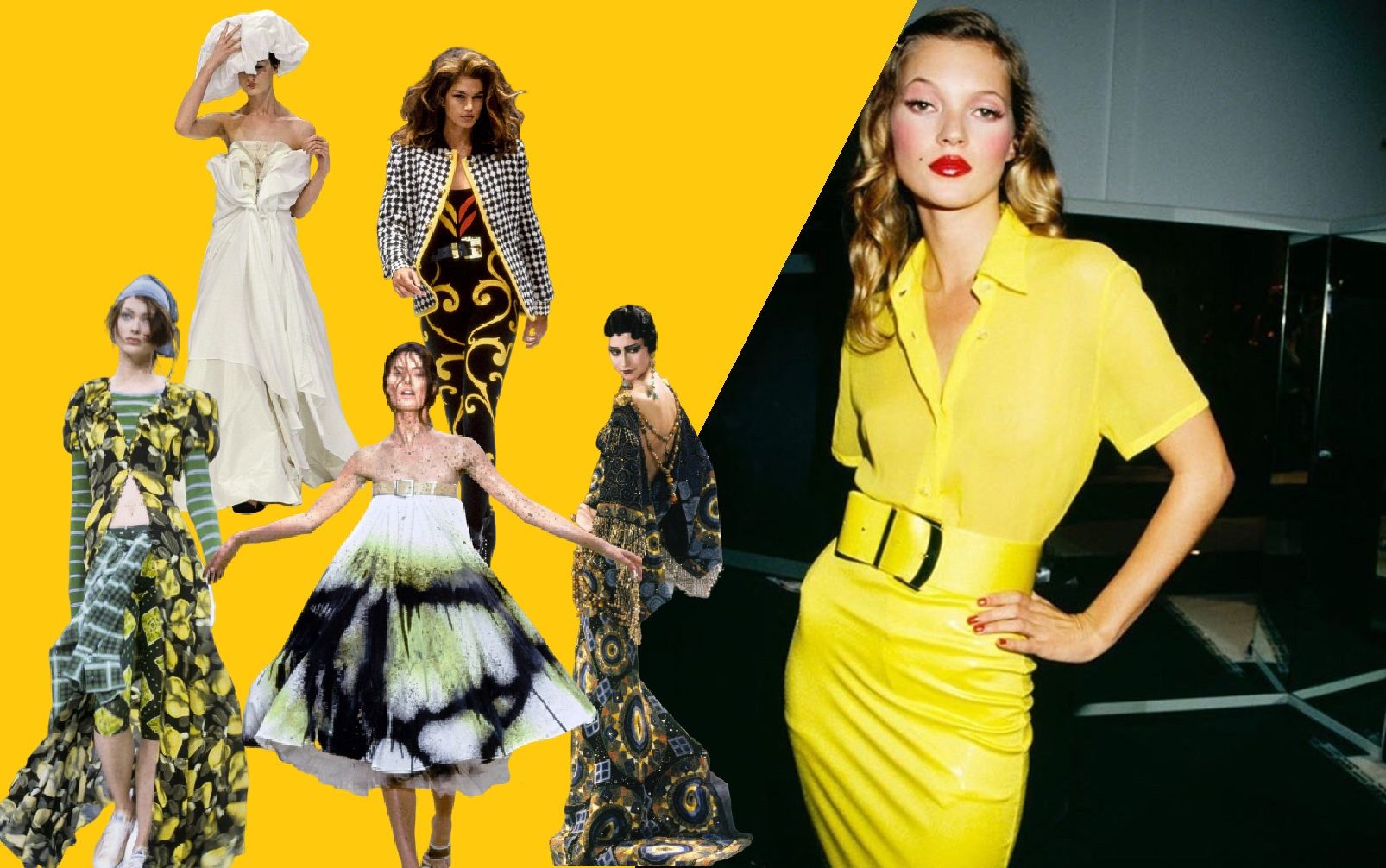
The 5 most iconic fashion shows of the 90s From Versace with the OG top models to Dior haute couture
The 1990s, between minimalism, grunge and glamour, marked a crucial decade for style. Fashion shows became accessible to the public, not only to the fashion elite, thus increasing the level of spectacularity. The growing interest of the media and common people towards fashion is thanks to Kate Moss, Christy Turlington, Claudia Schiffer and the other top models of the decade, now true stars desired by designers. Beautiful and cool, they are the protagonists of the fashion shows that make history: from Gucci's FW95 to the legendary Body meets dress, dress meets body by Comme des Garçons, from Hussein Chalayan's Between to Chanel's SS94, from Nicolas Ghesquière's debut for Balenciaga to John Galliano's couture for Dior. It' s hard to choose the most beautiful one. We have tried.
Below are the 5 most iconic fashion shows of the '90s.
Versace FW 1991
MFW. Gianni Versace presented the FW 1991 collection inside the exhibition hall of Fiera Milano. Every look was sexy, opulent glamour. Black, bright colours and the brand's characteristic baroque prints alternate on dresses, jackets, boleros, Lycra catsuits, pleated skirts, bustiers, stockings and thigh high boots.Then, on the glittering white marble catwalk, came Naomi Campbell, Linda Evangelista, Cindy Crawford and Christy Turlington who, walking under their arms, sang Freedom by George Michael.Then, on the glittering white marble catwalk, came Naomi Campbell, Linda Evangelista, Cindy Crawford and Christy Turlington who, walking under their arms, sang Freedom by George Michael. That moment that fused together music, fashion and pop culture enters history, freezing in the collective memory.
That Versace show when me, Linda, Christy, and Naomi all came out together - Cindy Crawford said in an interview with V Magazine - We had just done the George Michael video, Freedom, and it was playing at the show...George Michael was in the front row, and we came out skipping and holding hands. It felt like all the stars had aligned.
Donatella Versace paid tribute to that iconic moment during the Versace SS18 fashion show by calling the OG supertop Cindy Crawford, Naomi Campbell, Claudia Schiffer, Helena Christensen and Carla Bruni on the catwalk.
Perry Ellis SS 1993
It was the collection for which Marc Jacobs was fired by Perry Ellis, but it was also the one that launched his career. The designer brought to the catwalk the clothes worn by the youth of his era: "granny" style flower dresses, flannel shirts, Dr. Martens and wool caps. Christy Turlington opened the show on L7's Pretend We're Dead and Kristen McMenamy and Kate Moss in matching outfits closed it. The impact on the media was great. Women's Wear Daily called Jacobs the "grunge guru", while Suzy Menkes, fashion editor of the International Herald Tribune, started an anti-grunge campaign during Milan Fashion Week in March 1993, distributing the "Grunge is Ghastly" pins to fellow editors.
Dior Haute Couture SS 1998
All John Galliano's shows are theatrical, spectacular, but the one created by the designer for Dior SS 1998 Haute Couture collection is unforgettable. Eva Herzigova, Erin O'Connor, Nadja Auermann and the other models, dressed with creations inspired by Sergej Djagilev's Russian Ballets and Marchesa Luisa Casati (probably the most influential muse of all time), walked up and down the steps of the Opéra Palais Garnier in Paris as if they were inside a decadent and beautiful painting.
When you look up "fashion show" in the dictionary - wrote the journalist Tim Blanks - this is the show that should be there.
Yohji Yamamoto SS1999
Tim Blanks called it "one of the most enchanting fashion shows I’ve ever seen", and Suzy Menkes termed it the "zenith" of his career. Yohji Yamamoto’s SS99 collection brought audience members to tears. With Brides & Widows, Japanese design portrayed with grace and pathos the moment when even the most anti-conformist woman faces the conventions of tradition. The result was a romantic show, poised between classical Japanese theatre and Western ceremony in which all the distinctive features of Yamamoto were respected. There was the androgyny of men's suits; the combination of neutral colours (black, white and khaki); the three-dimensional dresses that evoked both the Victorian era and the golden age of 20th century Parisian haute couture.
Alexander McQueen SS 1999
Alexander McQueen was not only an extraordinary fashion designer with incomparable craftsmanship, he was able to tell stories through clothing. All his shows are rare jewels, in particular the one for SS 1999, entitled No.13. Held at the Gatliff Warehouse, a former abandoned bus depot in Victoria, London, the show presented a collection inspired by the Arts and Crafts Movement that included dresses made of different materials: from balsa wood to lace, from intricate raffia bodices and skirts to belts and bustiers recalling the work of the workshops at Queen Mary's Hospital in Roehampton, a pioneer of prosthetics for the injured in the First World War. The finale was iconic: the supermodel Shalom Harlow was turned into a human canvas, with mechanical arms shooting jets of color on the white tulle dress.










































